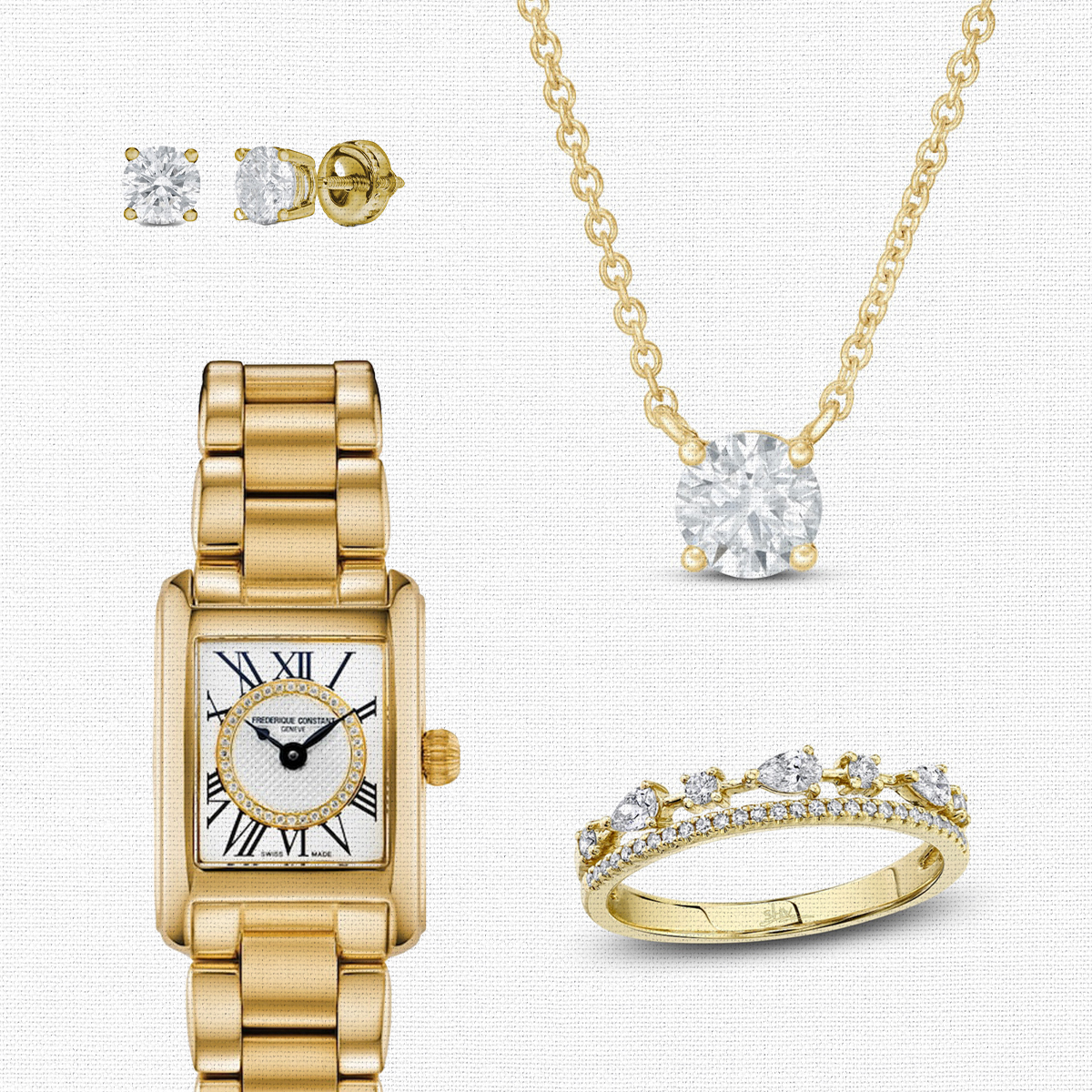Designing Across the Diaspora: 16 Latinx Designers From Around the World
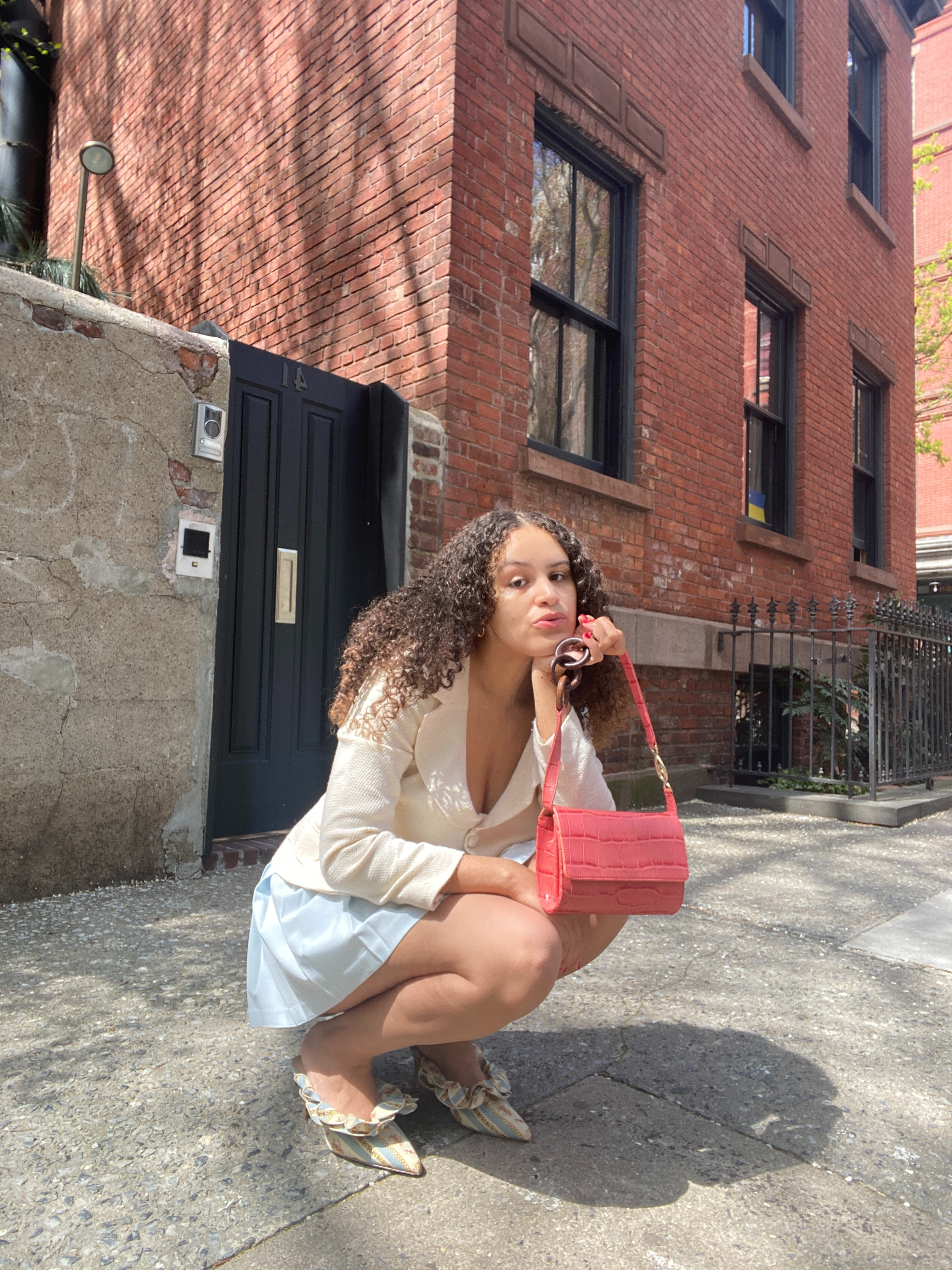
Editorial Note: This post was originally published at an earlier date. Since our support for Latinx-owned brands is a forever kind of thing, we thought we'd update any sold-out products to make it easy to shop the latest and greatest from some of our favorite designers.
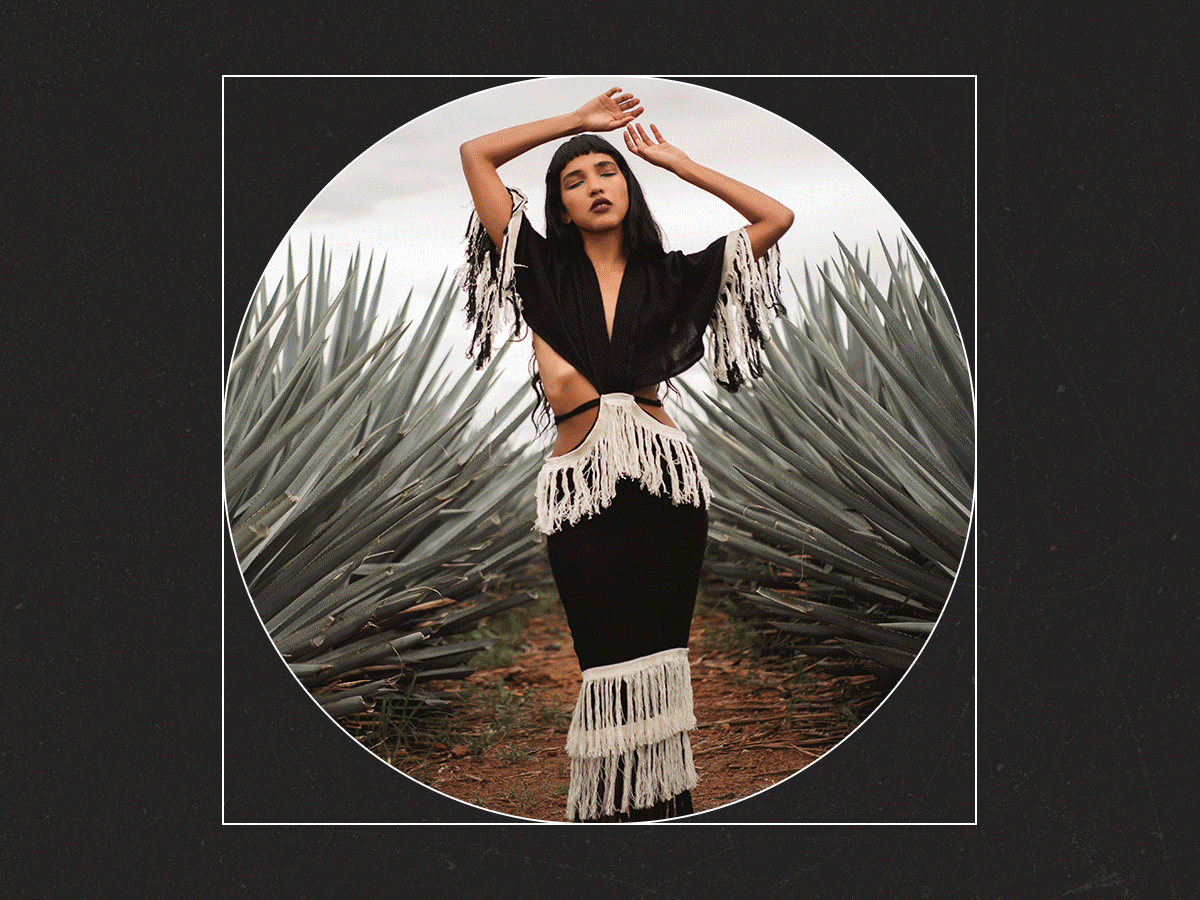
I can’t recall the exact moment, but I was aware of how others perceived me from a very young age. And if you identify as Black (like I do), Asian American, Latinx, or any other marginalized identity, I’m betting that you too had that early consciousness. You grow up knowing and wrestling with how your own self-perception may not always align with the stereotypes around your "label.” For me, the only way I could cajole others into seeing me the way I saw myself was through style. After all, you can’t control how you come into this world, but you can pick what you wear while moving through it. And for many people from marginalized communities, fashion is a way to honor the entire diaspora of nationalities, ethnicities, and languages found across the globe.
Hemlines can tell us a lot more about heritage than we know, and fashion can be a tool for mobilizing us to speak up about xenophobia and climate change and better advocate for ourselves. Ahead, I’ve spoken with 16 Latinx fashion designers about their heritage, how their brands are redefining Latin fashion, and their hopes for the future. Their work is a reminder of the power fashion has in shaping our personal, political, and historical narratives and the full spectrum of possibilities.

WHO: Krystal Paniagua, Founder of Krystal Paniagua
WHERE: London, United Kingdom
How did you get into the fashion industry? And what led you to found your brand?
I began my journey in my early teens, learning how to sew and understanding design basics. Later, I decided to pursue an education in fashion design and studied in multiple universities in cities. I first got into the industry at the start of the pandemic, which pushed me to do my own thing. I had the chance to deeply think about what I wanted to do with my life and how I wanted to live it. It was a vital moment of understanding my priorities and what I wanted to communicate to the world as a fashion designer.
What makes your brand special? What can shoppers expect from your collections?
Our brand is unique because the garments are made from a yarn of natural fibers and are all made in-house by a community of like-minded people. Our knitwear uses a unique technique that doesn’t require cutting, making the process free from textile waste. Also, the garments are meant to be interpreted by the wearer; it’s up to them to style them how they best see fit.

What do you envision next for the future of fashion? What does a more inclusive industry look like in your eyes?
I envision a new wave of established designers representing their beliefs and modern vision in fashion, especially in what happens behind the scenes. I envision a democratic approach in design while keeping a sincerity that is personal to each designer. For me, an inclusive industry recognizes talent beyond privilege, for designers to make a living out of their practice and be offered equal opportunities to present their work and find the appropriate success.
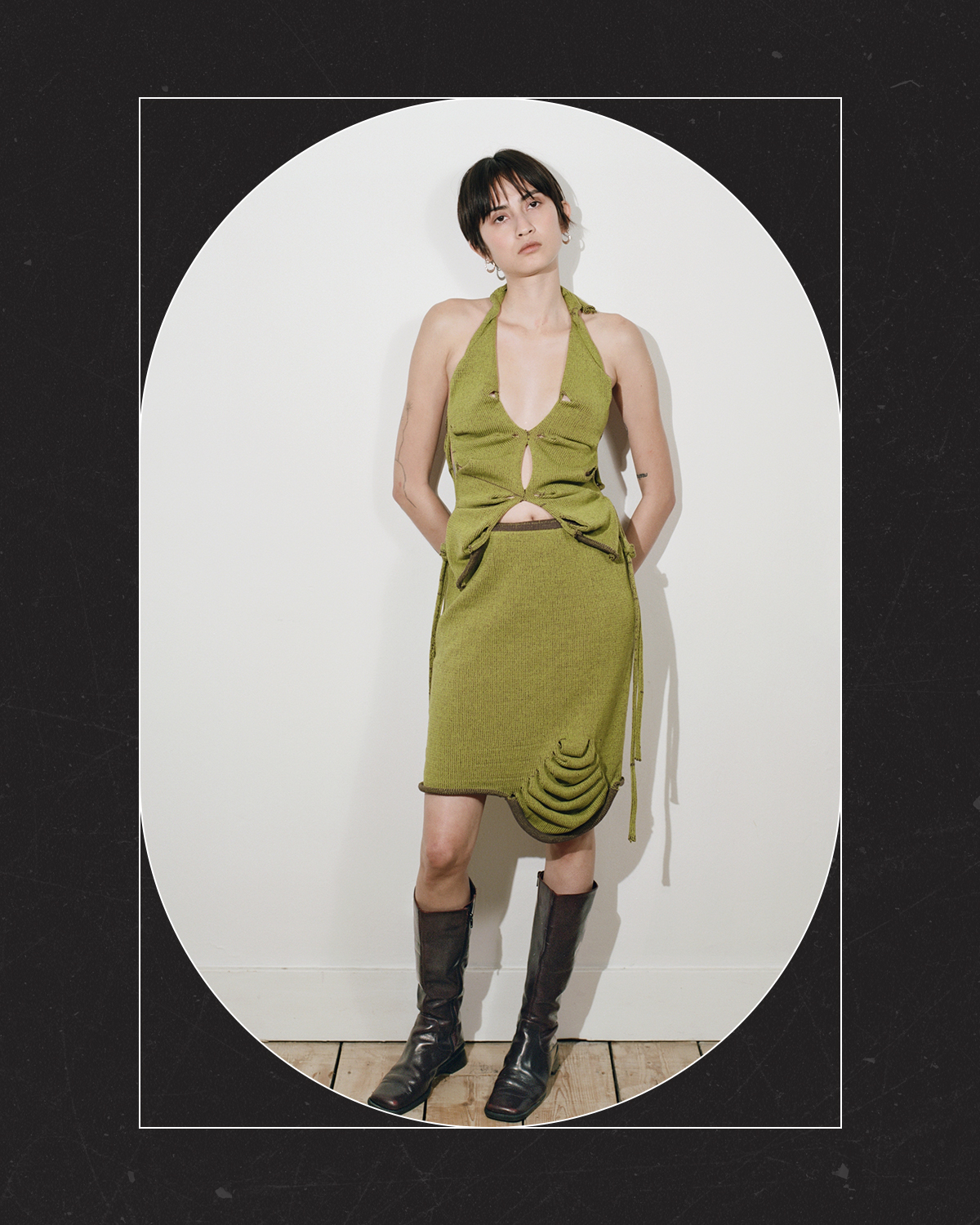
How has your identity informed your approach to style? How does your heritage play a role in your creative process?
My identity is truly a mix of all the cultures and places I have been part of. I was raised by Puerto Rican military parents and was born in Germany. I’ve lived in Texas, Puerto Rico, New York City, Milan, and London. And while my identity as a Puerto Rican has shaped my perspective, I am also shaped by the experiences that I have had while living in different places and interacting with people from different cultures.
I want to represent who I am as a designer and my Puerto Rican identity through my work. However, I also want to communicate the diversity of my identity as a Latin person who has lived in places that are entirely different from where I was raised. For me, it’s all about the exchange, and I don’t want to limit my perspective to just one point of view. My work is about diversity and about the similarities we can share as citizens of the world. It’s about understanding where you come from but also where you are heading.
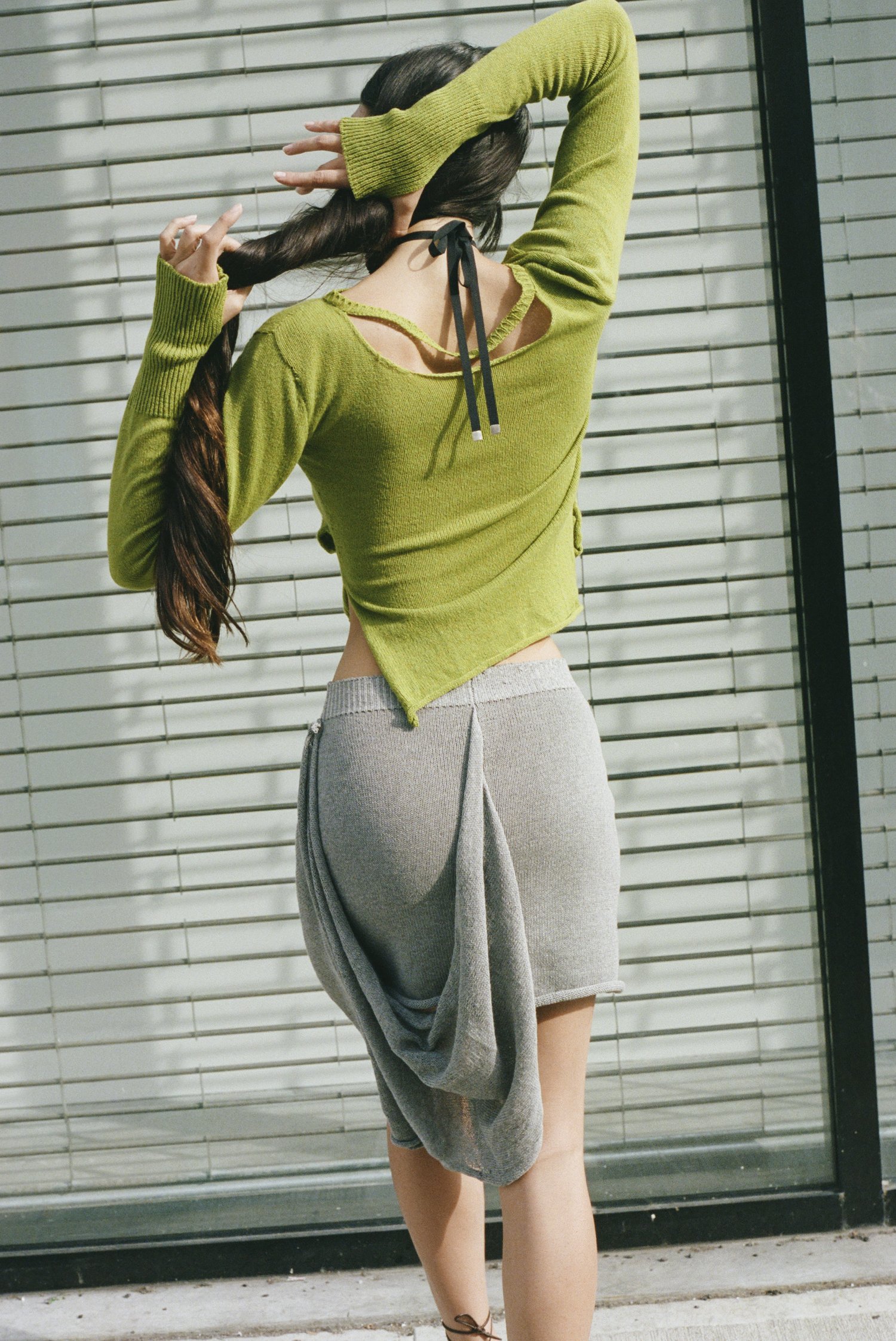
What do you hope to achieve with your work? What do you hope it says to the world?
I hope to portray the versatility of life—that we are shaped by many ideas and beliefs. I hope to inspire others around me to do whatever they want in life and never settle if you’re not 100% satisfied.

WHO: Mónica Santos Gil, Founder and Creative Director of Santos by Mónica
WHERE: Brooklyn, New York
How did you get into the fashion industry? And what led you to found your brand?
I’ve always had a passion for art, design, and transforming everyday objects to give them a second life. When I was 17, I moved to New York to obtain a bachelor’s degree in industrial design. While in school, I had the privilege of interning for numerous luxury fashion brands, where I discovered my interest in designing accessories.
What makes your brand special? What can shoppers expect from your collections?
Each piece we produce is impeccably handcrafted using high-quality vegan materials that do not harm the environment. The cactus leather we use is long-lasting, ensuring that you will enjoy your bags for years to come. Our handbags are made-to-order in limited-batch production. As a small company, focusing on this type of manufacturing is our way to take more direct control of our inventory and reduce overproduction.
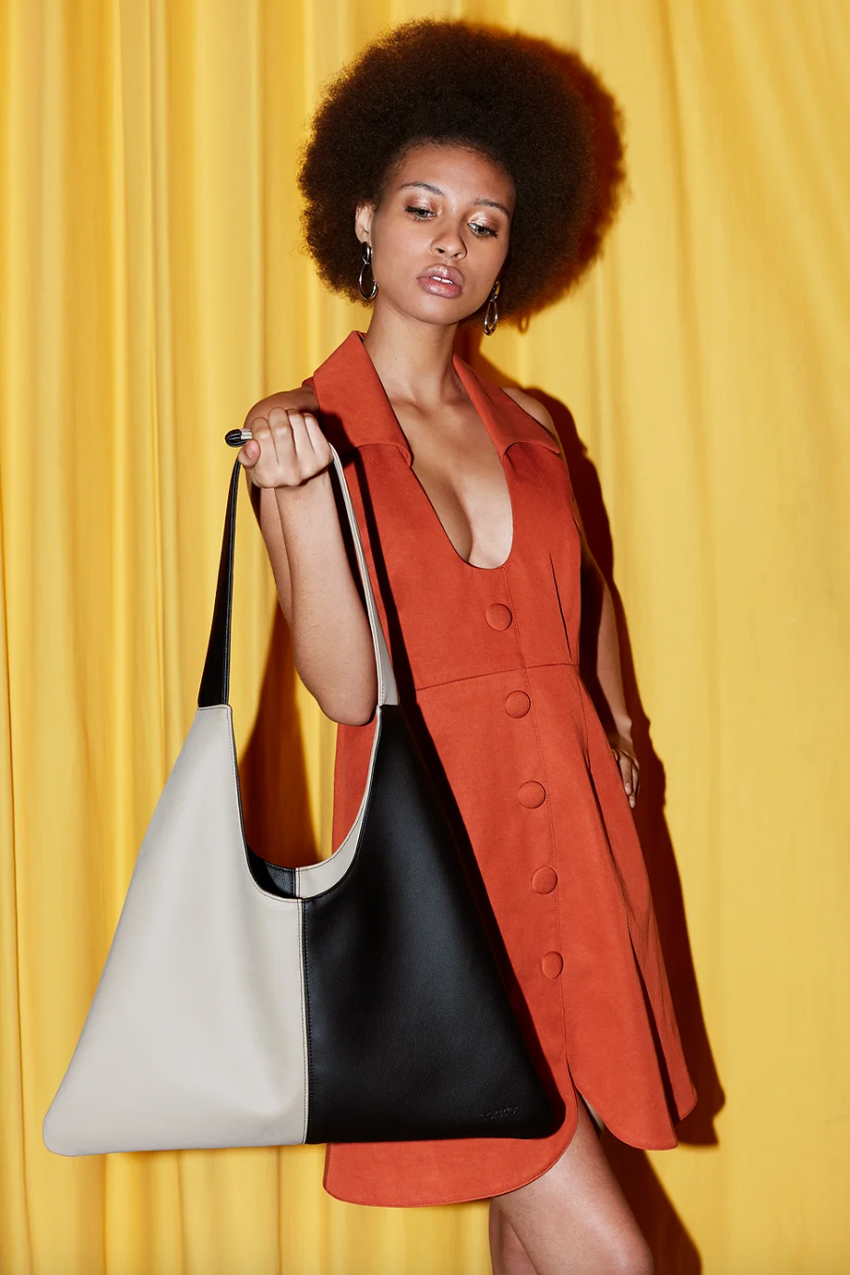
What do you envision next for the future of fashion? What does a more inclusive industry look like in your eyes?
I’ve always seen fashion as a direct reflection of how I feel, the person I am or aspire to be. In that sense, I believe it’s crucial for us designers to rethink gender designations—whether that means styling products with an all-gender focus or designing completely gender-neutral collections—and to cater to the needs of customers of all shapes and sizes. I see inclusivity as a core value that every conscious brand should incorporate into their ethos, and there’s much more that can still be done.
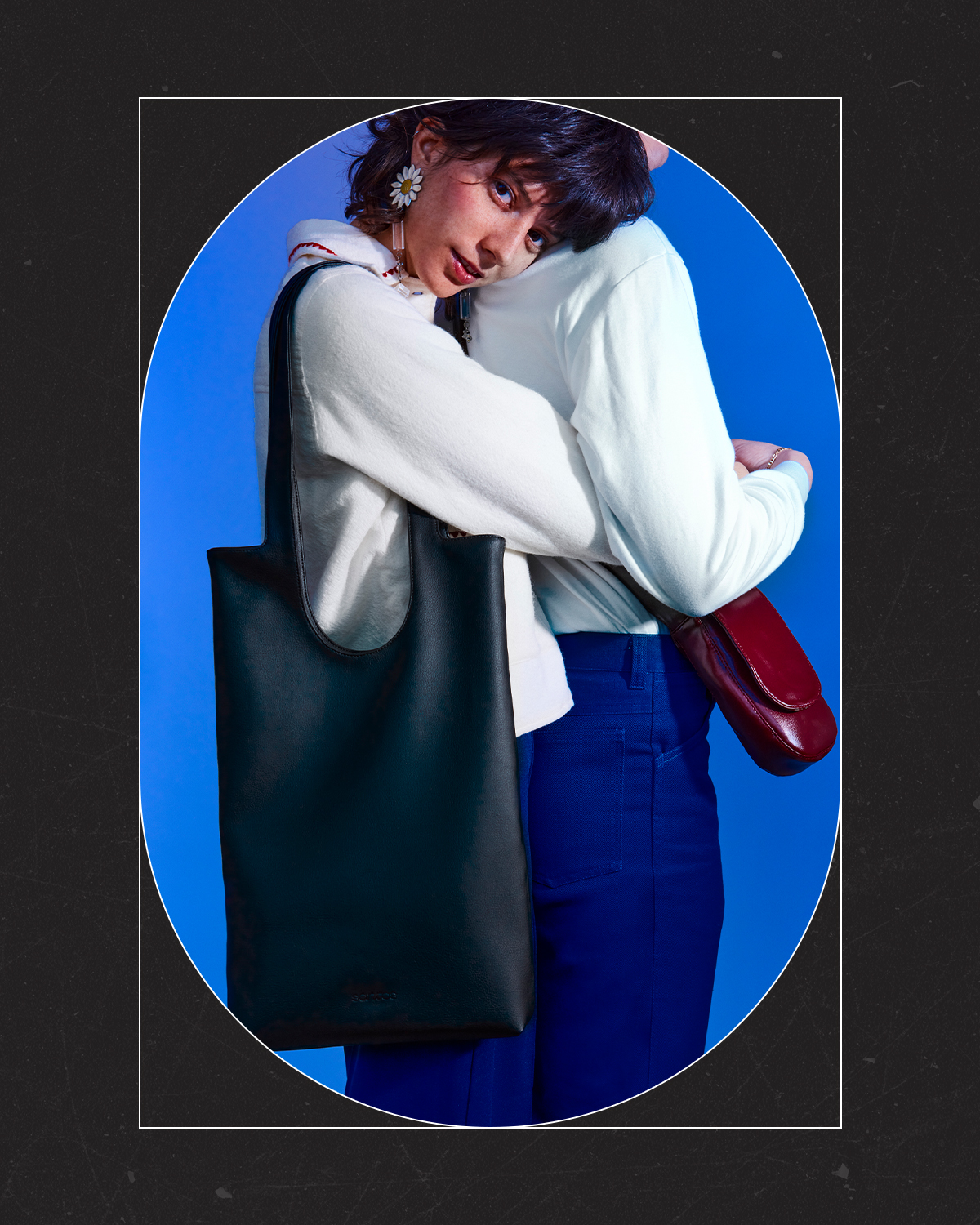
When it comes to racial identifiers like "Hispanic” and "Latinx,” it’s well known that these terms fail to represent the entire diaspora of nationalities, ethnicities, and languages within the umbrella terms. What do these words mean to you? Do you identify with either? What does your heritage mean to you?
I identify as Latina, Hispanic, or Puerto Rican. As a young Latina in the U.S., I’ve always considered my background as both a challenge and an opportunity. I have sought to bring about a refreshing and energetic perspective that reflects the traditions of my Puerto Rican upbringing in a new environment to create something unique and personal for me.
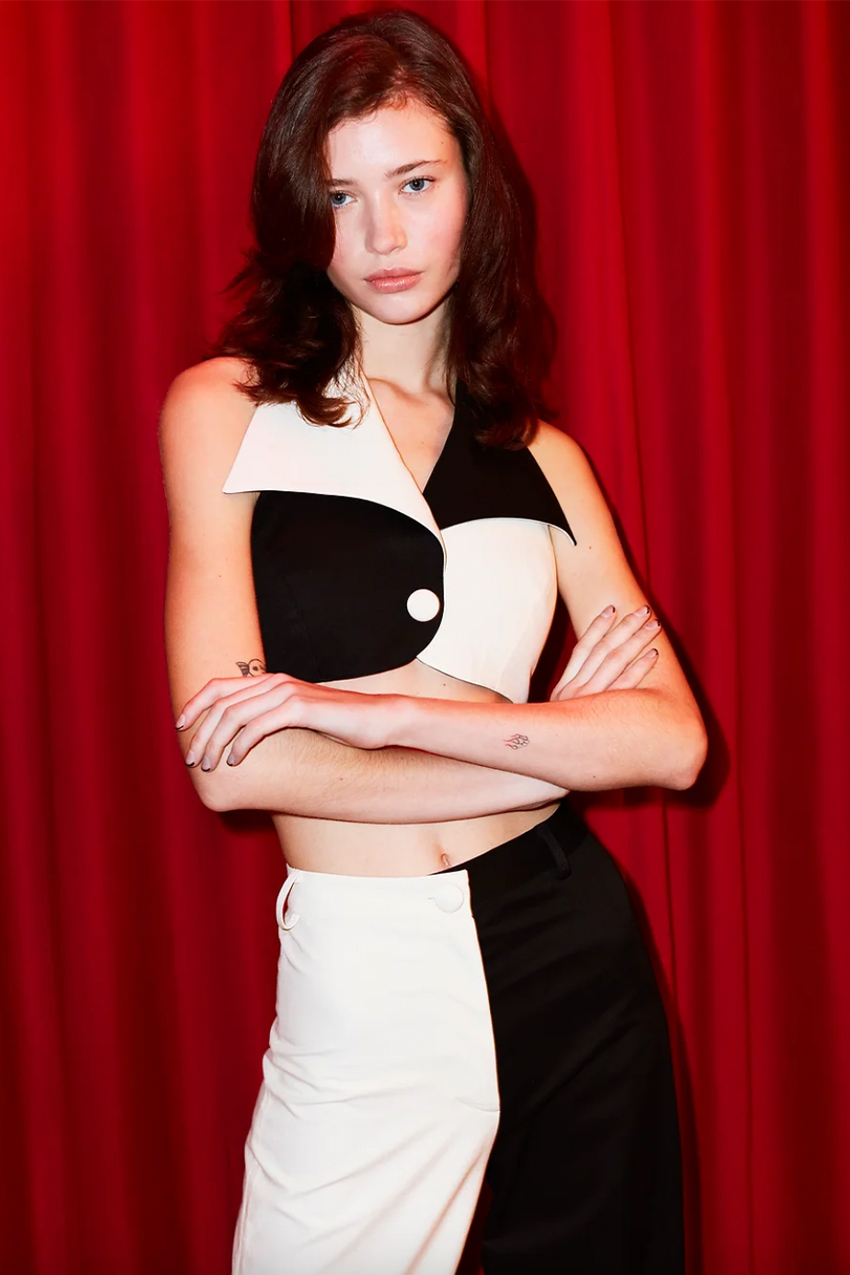
What do you hope to achieve with your work? What do you hope it says to the world?
My mission with Santos is to minimize the impact fashion has on the environment and educate consumers and brands alike on their contribution to waste to foster more mindful consumption. I hope to emphasize this with my work and to continue finding new ways to make sustainability a part of everything I do.
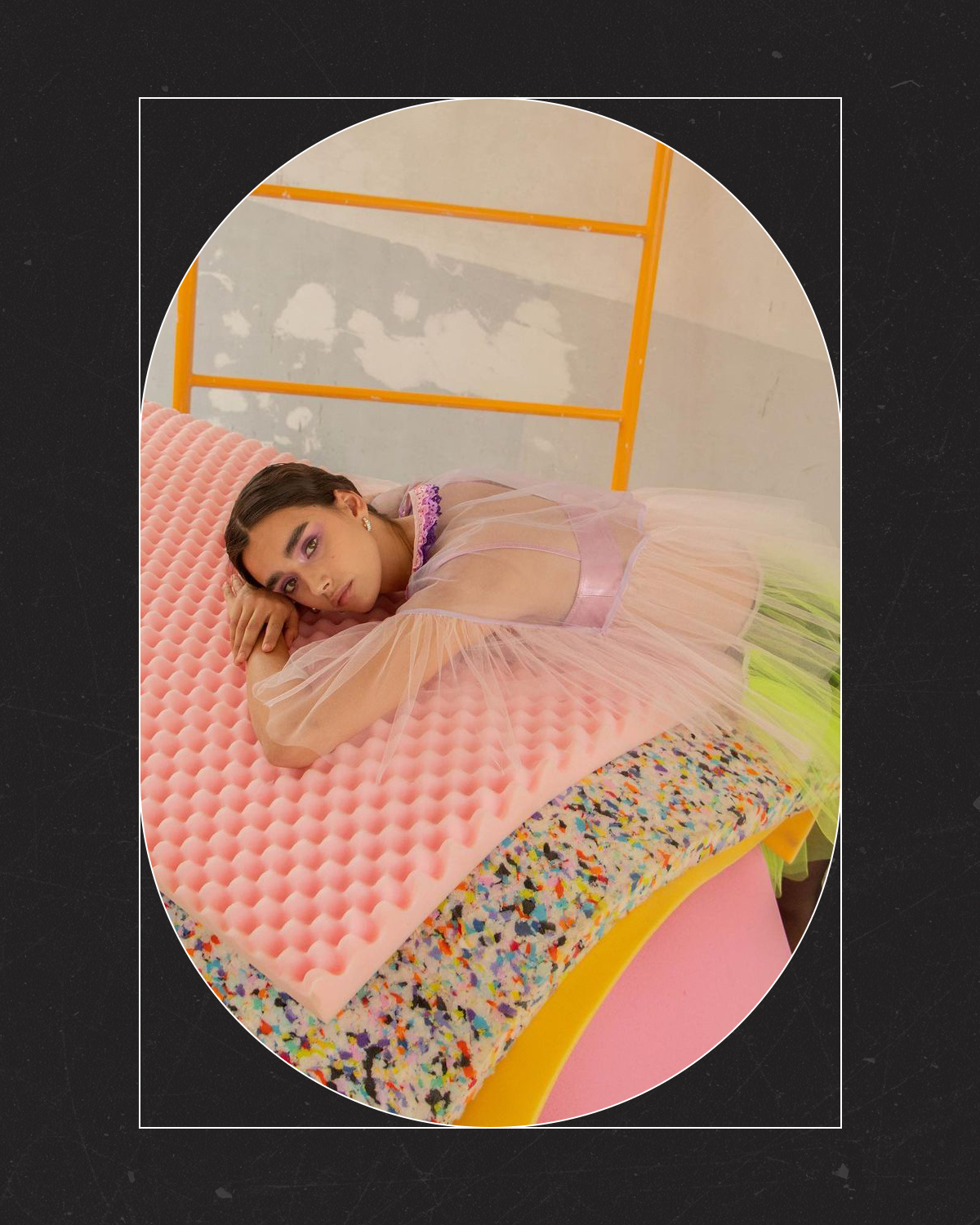
WHO: Pavo Wong, Creative Director and Co-Founder of Pink Magnolia
WHERE: Mexico City, Mexico
How did you get into the fashion industry? And what led you to found your brand?
The need to express and share love, culture, and color through design led my sisters and me to found Pink Magnolia. We love the storytelling of life, fantasies, and stuff that makes us smile every day, so we decided to do it through fashion collections. I studied fashion design in Argentina, New York, and Mexico City, so from the beginning, we knew we wanted to make it a global business.
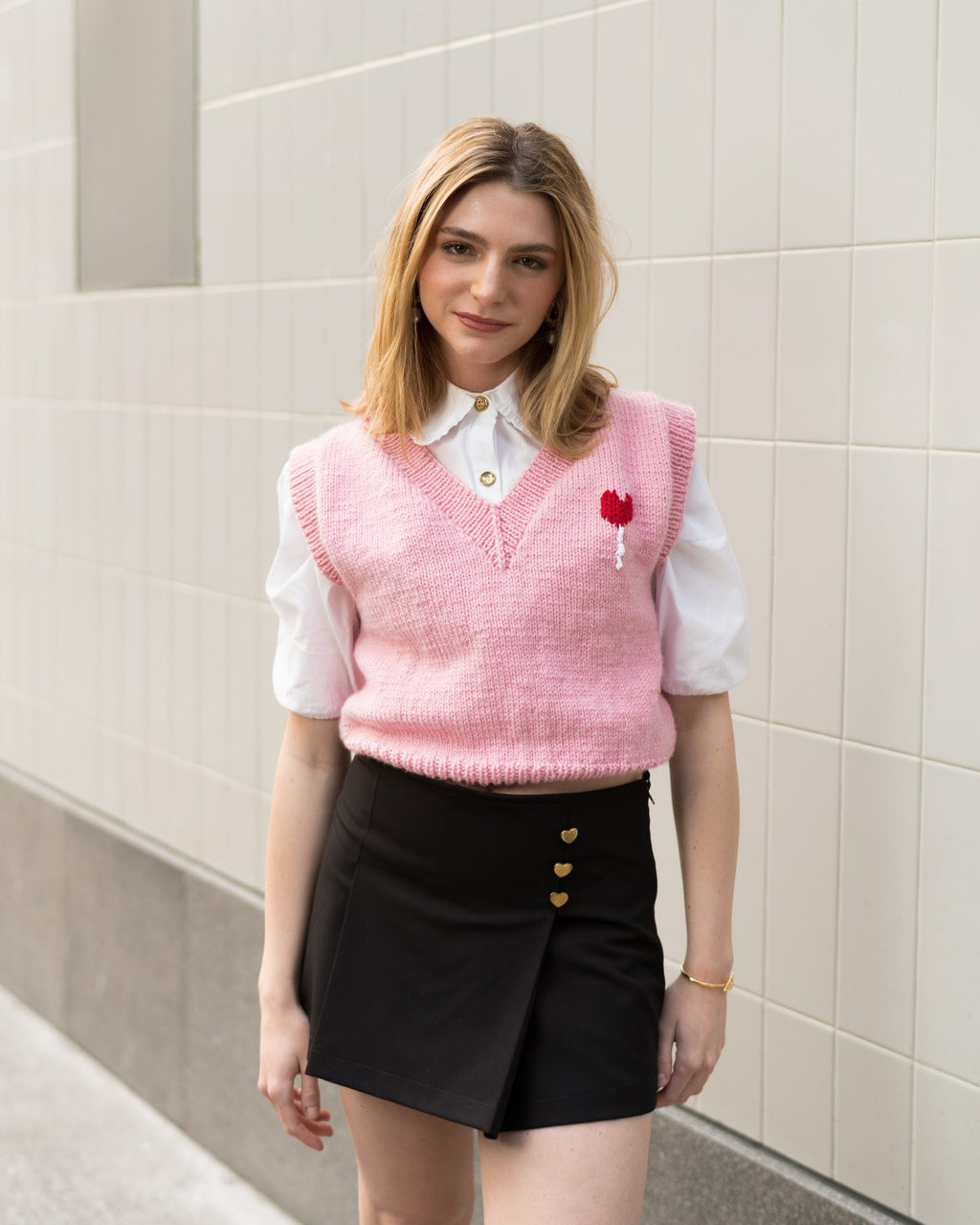
What makes your brand special? What can shoppers expect from your collections?
The details, for sure. We love to create spontaneous, innovative, and fun pieces that stay true to our own process and style. So you can expect a lot of colors, prints, illustrations, hearts, glitter from our clothing.

How has your identity informed your approach to style? And how does your heritage play a role in your creative process?
It has been a foundation for all our collections. From the colors, the flavor of Mexico, the roots, the spirit in each corner, all the diversity in magical places like Oaxaca, Careyes—there is so much richness that has been part of our visual inspiration, education, and now our campaigns and pieces. For example, our first-ever collection was inspired by a great Mexican icon, Dolores del Rio. We love our heritage (my siblings and I also share a Chinese last name), so traveling plays a big role in our process.
When it comes to racial identifiers like "Hispanic” and "Latinx,” it’s well known that these terms fail to represent the entire diaspora of nationalities, ethnicities, and languages within the umbrella terms. What do these words mean to you? Do you identify with either? What does your heritage mean to you?
We are all humans with hearts and needs, but I am a proud Latina. The most important thing to remember about identities is that it’s something we don’t get to choose—it’s up to us to decide how we view ourselves and how to make the most out of where we come from.
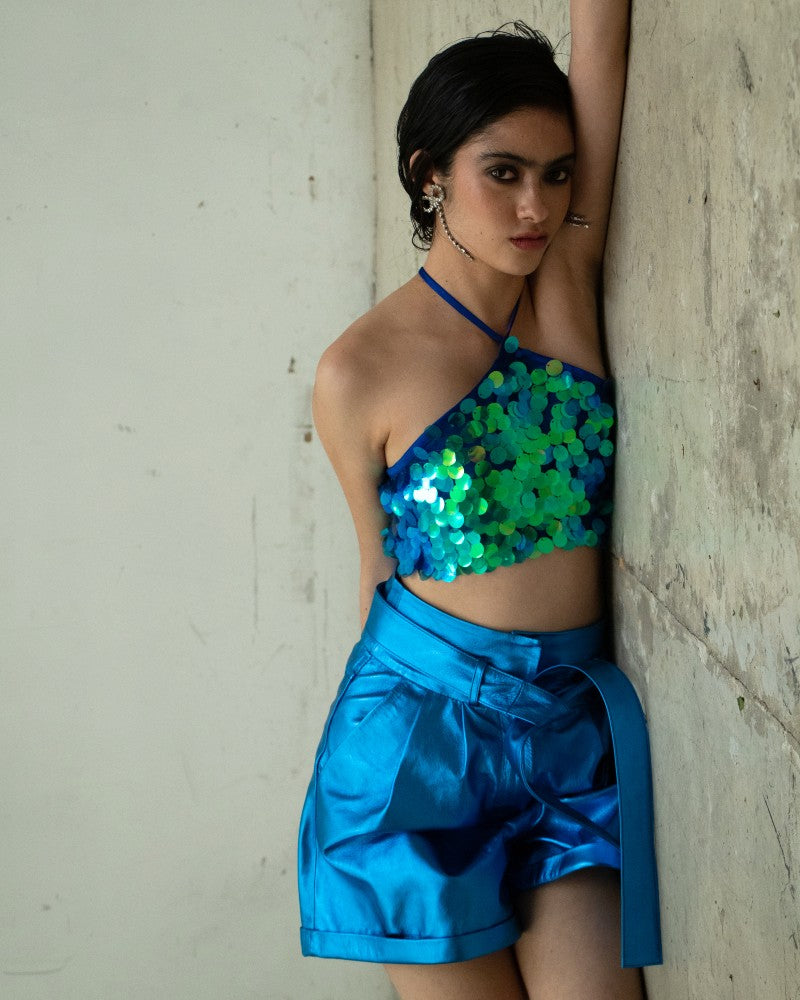
What do you envision next for the future of fashion?
For the industry at large to design with more purpose, more intention, really caring and loving others, and understanding the industry’s impact; a shift to more quality pieces, less quantity; and making clear fashion is not just about attending events and receiving a million likes on our outfits on Instagram. It’s about making people feel special with what they are choosing to wear on a daily basis.
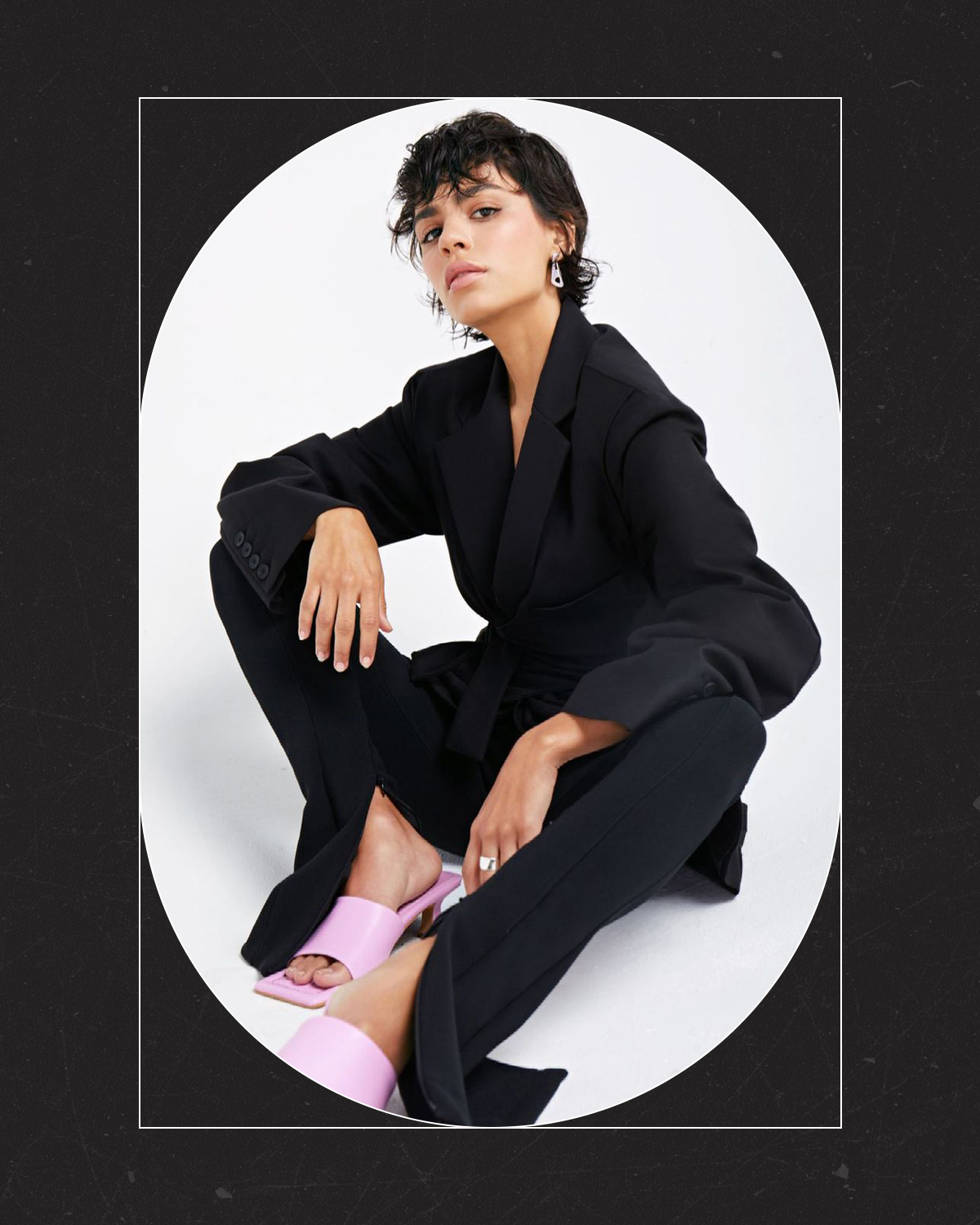
WHO: Simonett Pereira, Creative Director and Founder of Simonett
WHERE: Miami, Florida
How did you get into the fashion industry? And what led you to found your brand?
I started off with a blog called The Goodwill Project back in 2009, where a friend and I styled a thrifted look every day for a year. I was later approached by Poshmark to sell my vintage finds on the app when they were still in beta stages. I became a suggested user on the app and amassed a following of almost one million people. At that point, I had turned my "closet” into a full-fledged retail business, which later led to me creating my own brand.
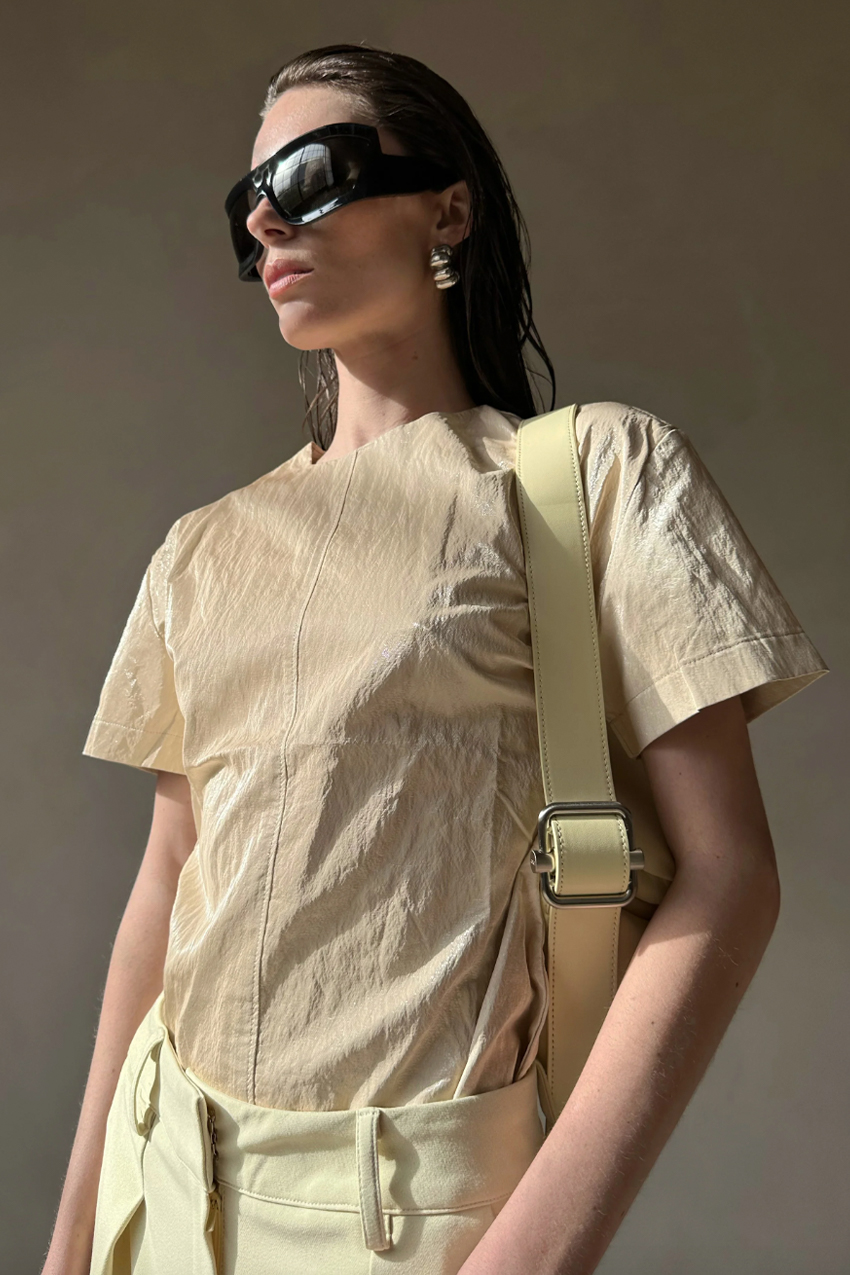
What makes your brand special? What can shoppers expect from your collections?
Unique, versatile, and great quality pieces at an affordable price point that you actually want to wear all the time.
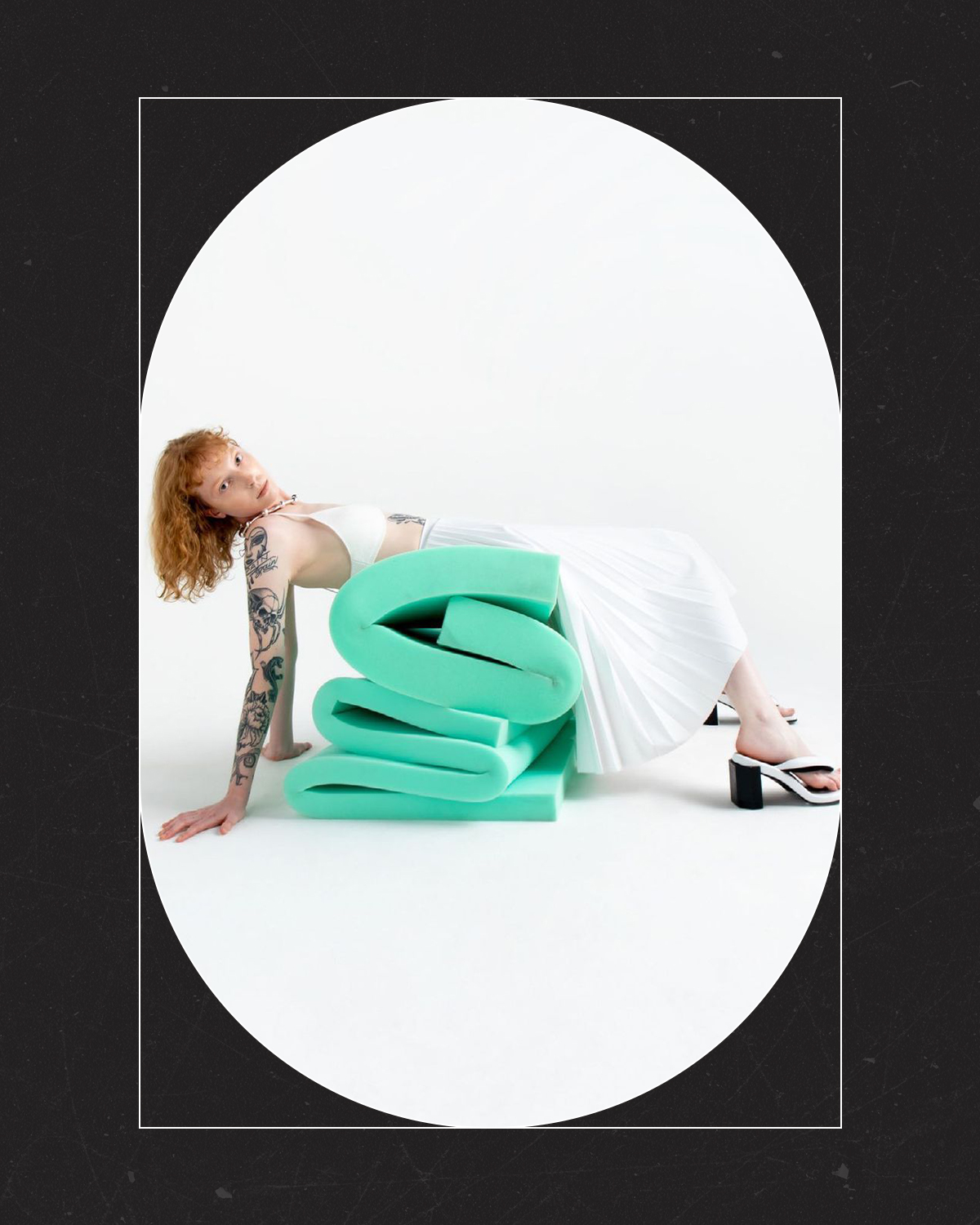
How has your identity informed your approach to style? And how does your heritage play a role in your creative process?
I find so much inspiration in my own family’s archives. My grandmother was the general manager of a major bank in Caracas, Venezuela, back in the ’80s, and photos of her in her power suits influenced my style so much.
When it comes to racial identifiers like "Hispanic” and "Latinx,” it’s well known that these terms fail to represent the entire diaspora of nationalities, ethnicities, and languages within the umbrella terms. What do these words mean to you? Do you identify with either? What does your heritage mean to you?
Helado Negro said it best: young, Latin, and proud.
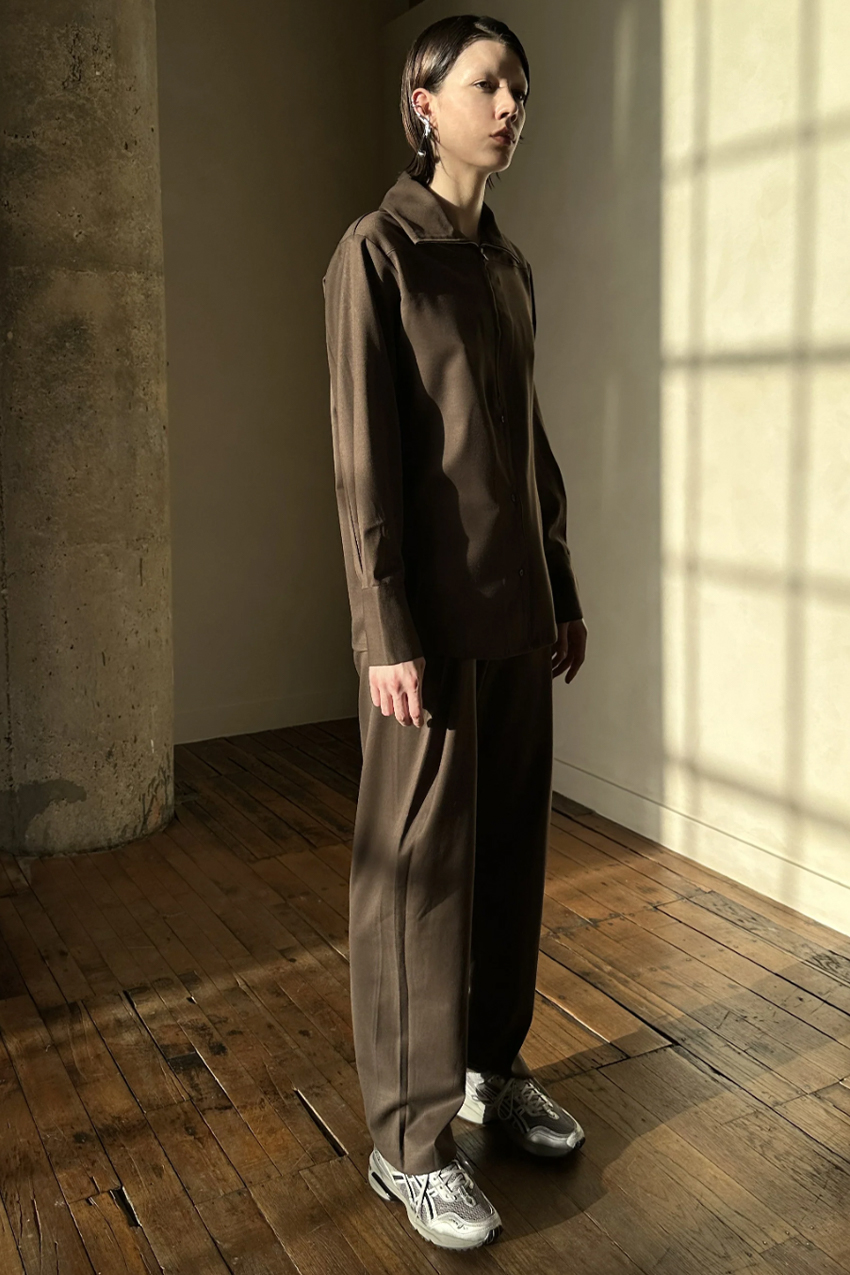
What do you hope to achieve with your work? What do you hope it says to the world?
I can only share what goes on in my head, which is materialized in our pieces, shoots, and curation. If people feel inspired and find power in what they’re wearing in the process, that’s a beautiful thing. I hope it says to the world, "Take your pleasures seriously and have a lot of fun in the process."
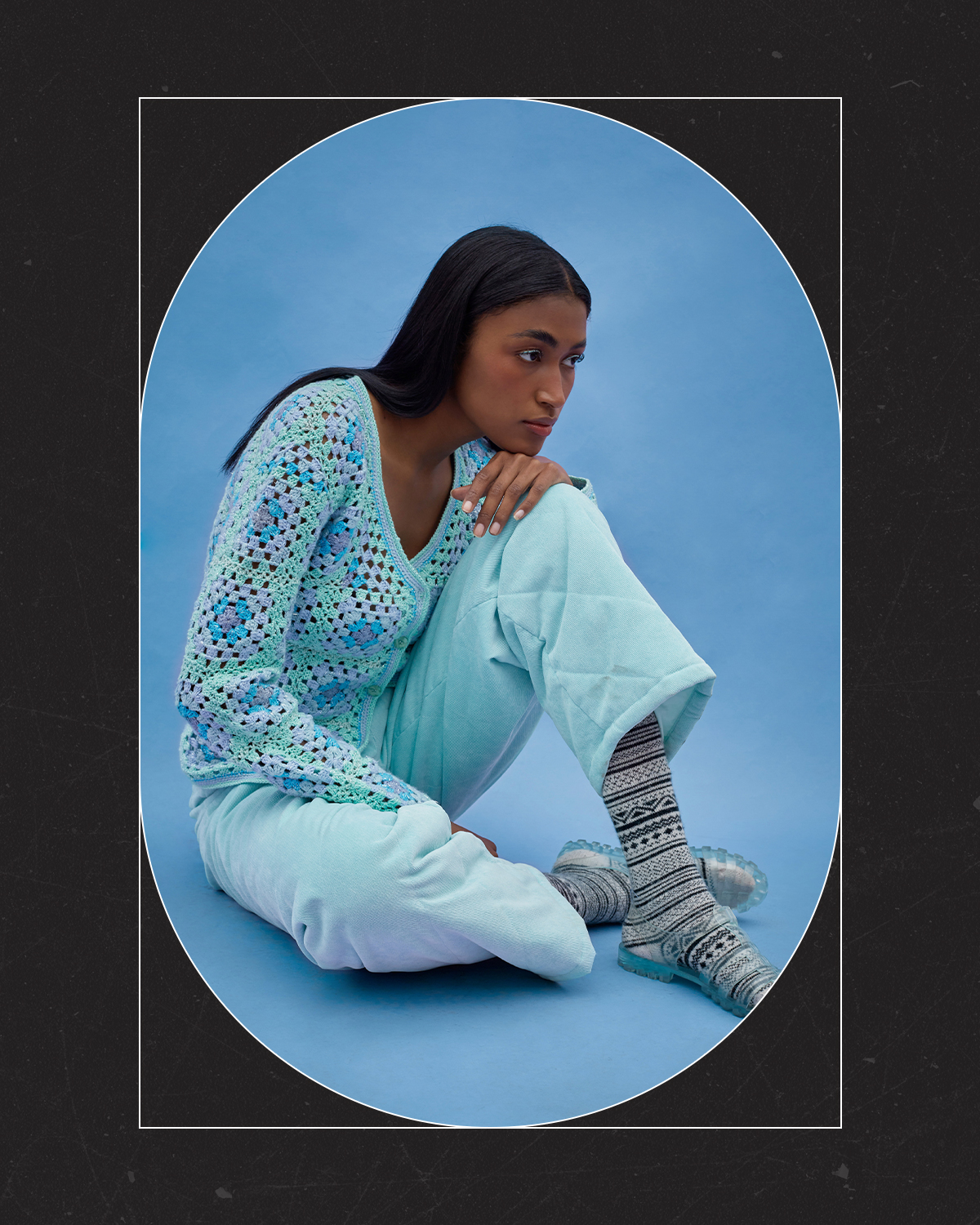
WHO: Annaiss Yucra, Founder of Annaiss Yucra
WHERE: Lima, Peru
How did you get into the fashion industry? And what led you to found your brand?
I have always had this direct link with the textile-and-craft industry. My grandparents were pioneering artisans, and my parents founded a small textile factory. I always knew that this industry was my home, and from a very young age, I drew thinking about designs for the workshop; it was something very natural and intuitive.
What was the breaking point was the underrepresentation of women like me in Peru’s national fashion industry. I had a story to tell, and I knew that many women like me were willing to listen. Annaiss Yucra symbolizes that generational dream, real women who want to make a difference in the industry one garment at a time.
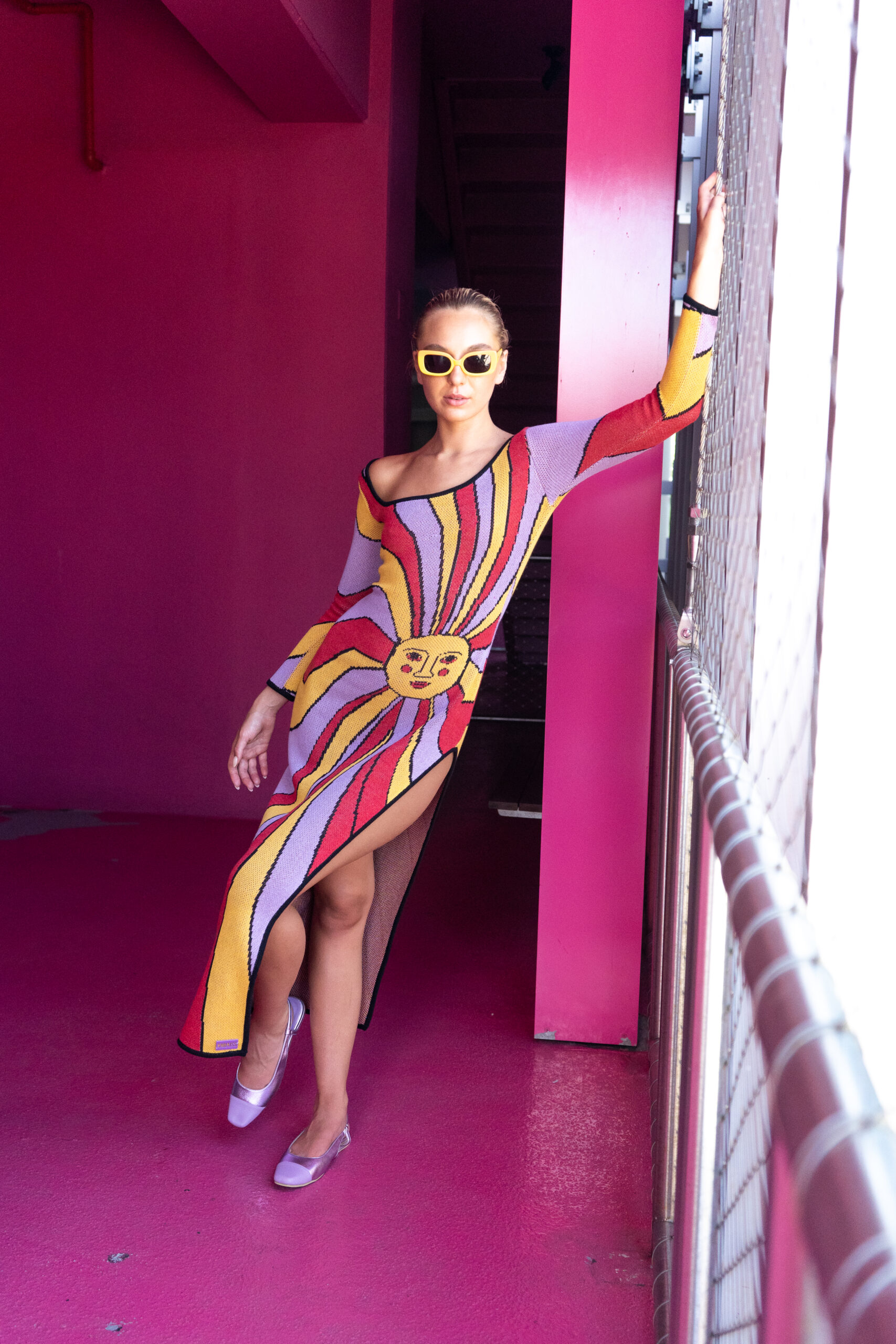
What makes your brand special? What can shoppers expect from your collections?
Annaiss Yucra is a feminist universe full of color and identity. Each garment has a history and technology accompanying sustainable development and work right behind the garments. Each piece is a manifesto and will definitely enhance the message you want to carry every day.
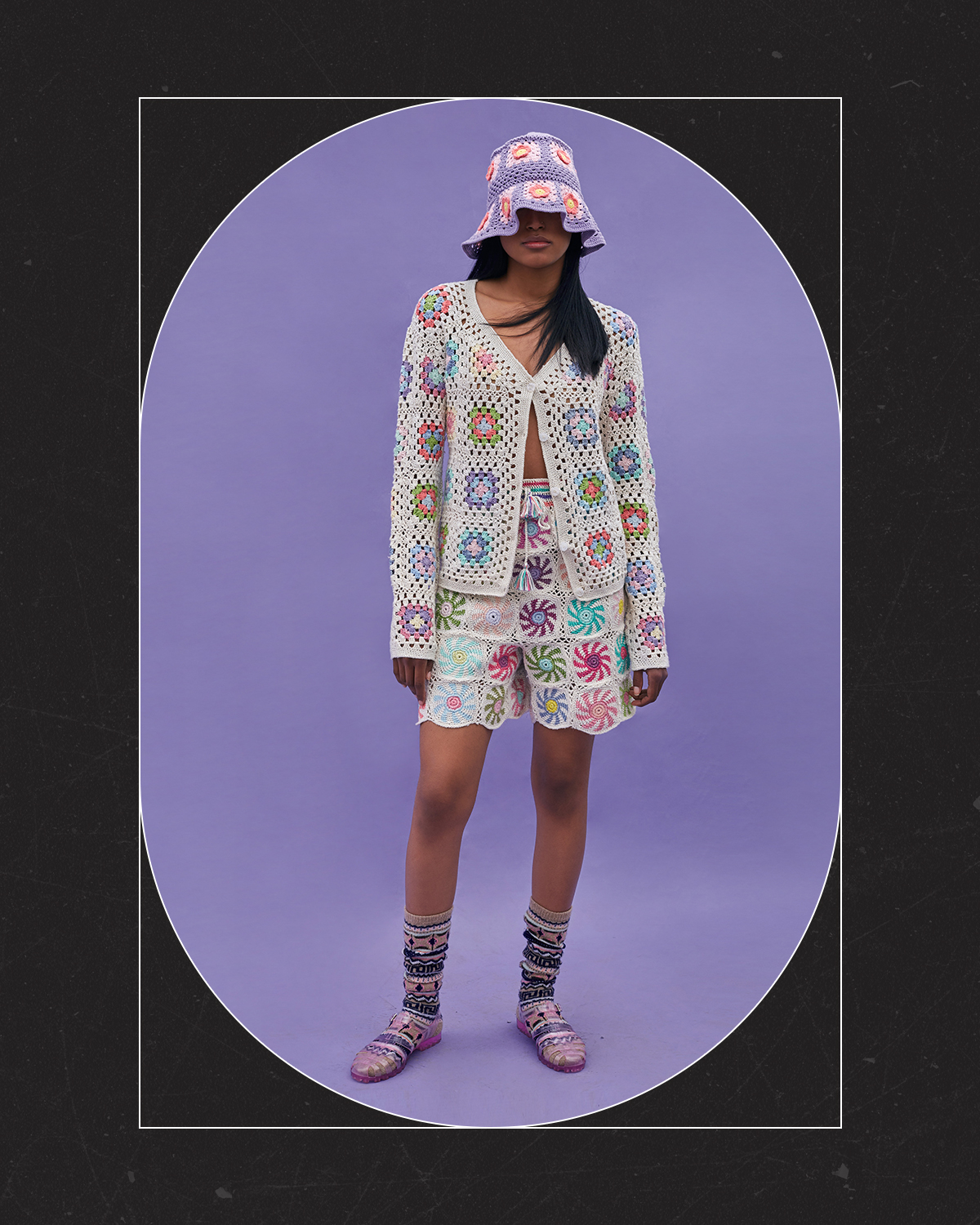
How has your identity informed your approach to style And how does your heritage play a role in your creative process?
The women of my family and generational ancestors are the nuclei of what Annaiss Yucra means. I consider that the injection of color is genetic. They are the crossbreeding of my family branch and the events that have marked my history.
When it comes to racial identifiers like "Hispanic” and "Latinx,” it’s well known that these terms fail to represent the entire diaspora of nationalities, ethnicities, and languages within the umbrella terms. What do these words mean to you? Do you identify with either? What does your heritage mean to you?
Having such a powerful inheritance that has managed to maintain itself and adapt over time is a source of pride. Having this mix of color, identity, race, and languages increase the range of possibilities for creativity.
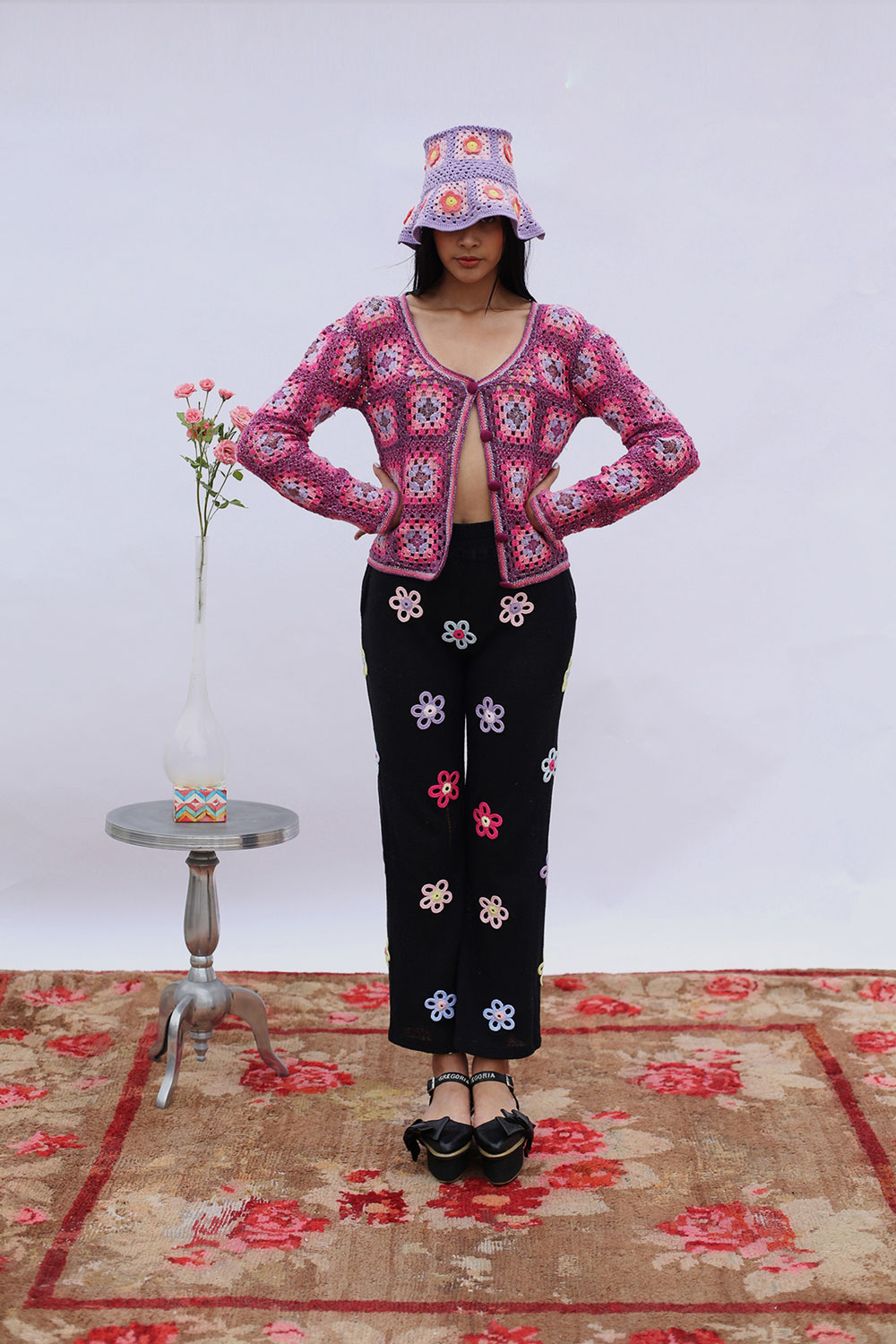
What do you envision next for the future of fashion? What does a more inclusive industry look like in your eyes?
Inclusiveness, democracy, and equality, these words have taken center stage in different areas of human life today, and the dialogue is submerged in fashion. For me, a more inclusive industry is access to it. Being able to democratize accessible prices for the user while educating the consumer about sustainable practices for a better future.
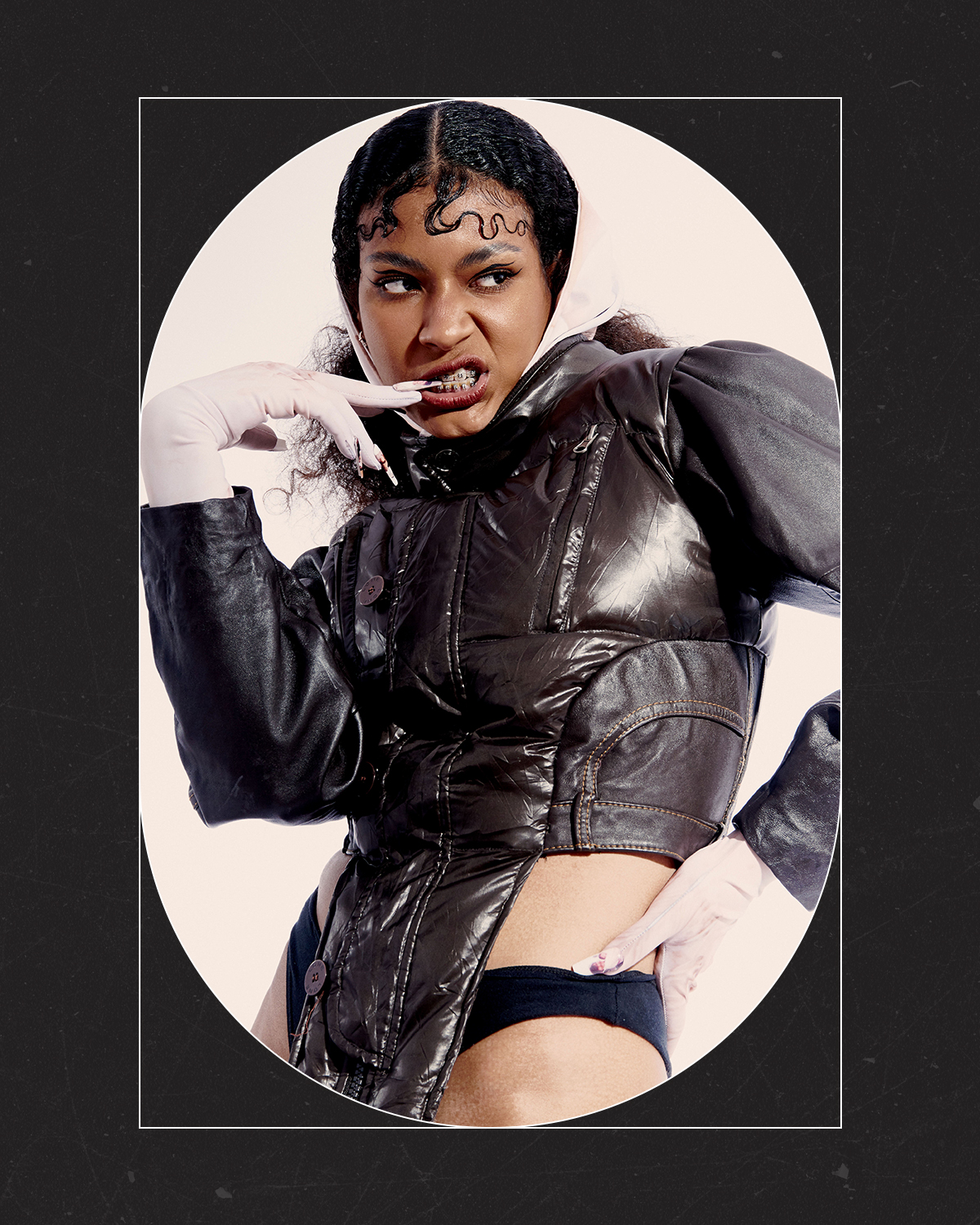
WHO: Pamela Calderón, Founder of Santa Calata
WHERE: Chicago, Illinois
What makes your brand special? What can shoppers expect from your collections?
Each piece is unique in its process since they all come from different garments. All our garments are born from the deconstruction of others. Most have a secondhand origin, and so it’s like giving it a second life and history.
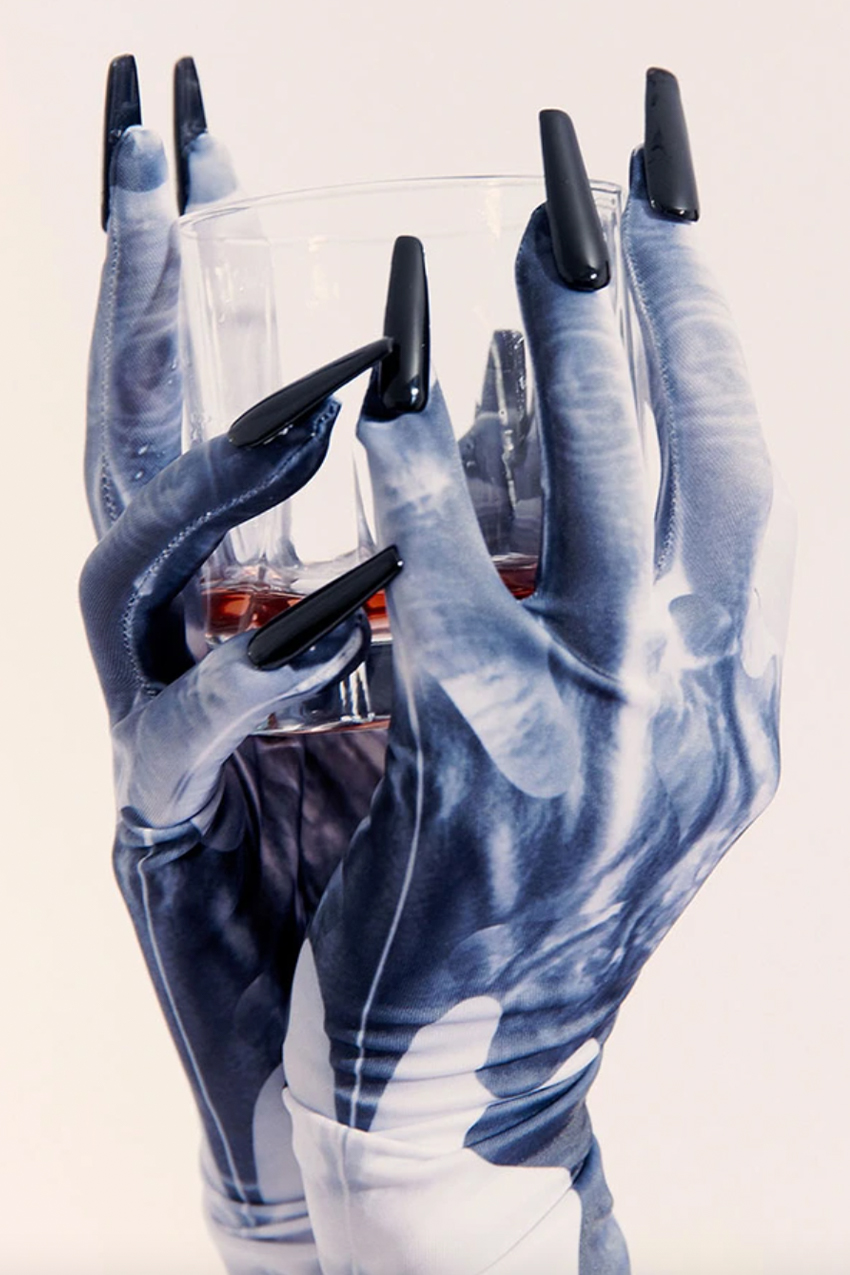
How has your identity informed your approach to style? And how does your heritage play a role in your creative process?
Definitely, my job is who I am. I started creating garments because of the need to dress differently. I grew up in a time in Peru where there was no such globalized fashion market as now. If I saw it on the internet, I had to re-create it or look for alternatives in secondhand clothing stores. Not having much access, my grandmother was always the one who donated clothes that she didn’t wear, and that’s how it all started.
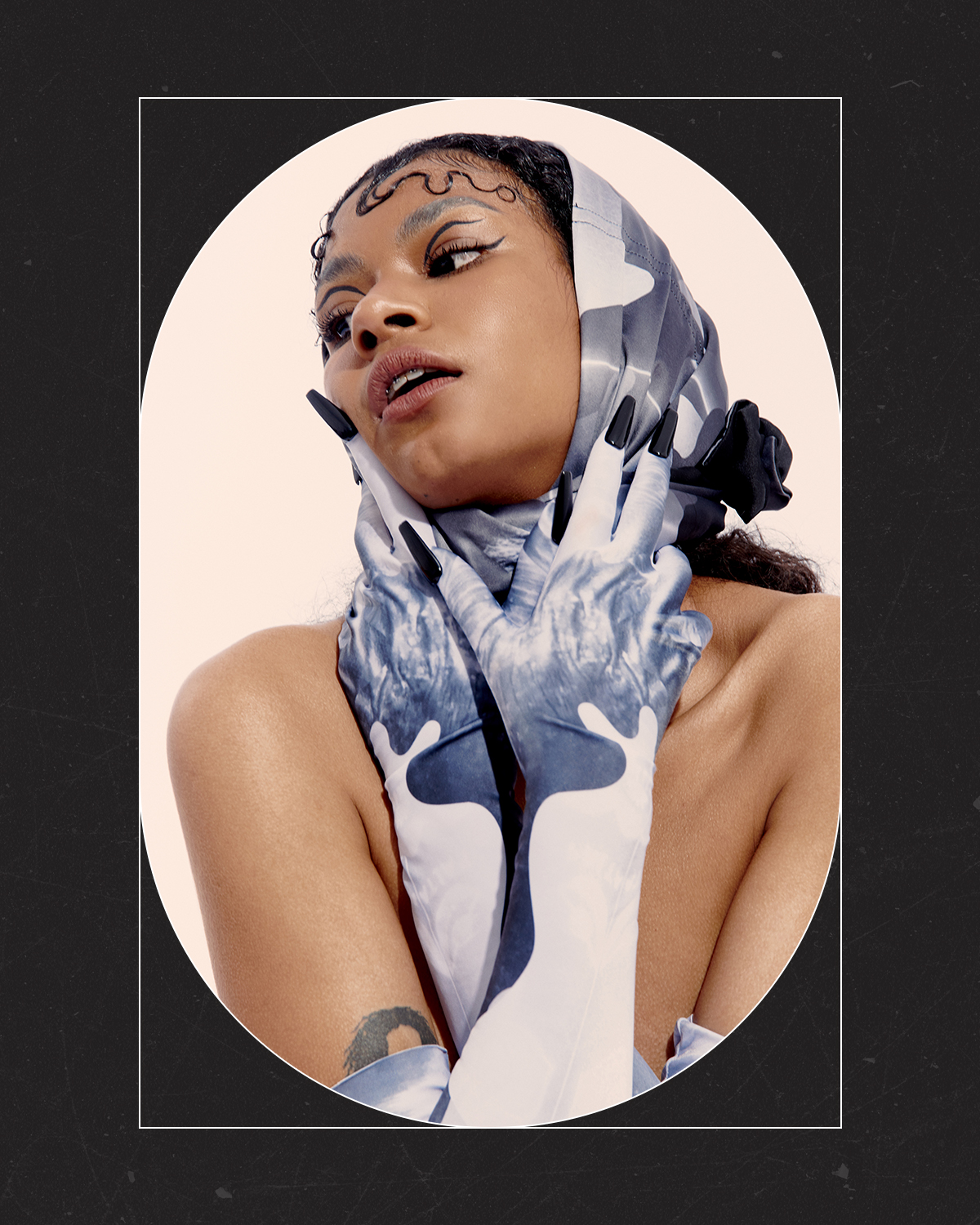
When it comes to racial identifiers like "Hispanic” and "Latinx,” it’s well known that these terms fail to represent the entire diaspora of nationalities, ethnicities, and languages within the umbrella terms. What do these words mean to you? Do you identify with either? What does your heritage mean to you?
Latinx is not a term that I had adapted entirely before because I was unfamiliar with it. The truth is that I was only aware of it when I emigrated to the United States—it’s very segregated in that way. I am Peruvian, and period, I had never had to identify with a generalized group until I arrived in the United States. Obviously, you feel a sense of community because cultural aspects are shared. My heritage is who I am; it was the context that raised me, which determined my personality a lot. I think that is why the identity of Santa Calata is quite Latin.
What do you envision next for the future of fashion? What does a more inclusive industry look like in your eyes?
Utopian. For me, fashion is contextual. It is political and social. That is why I would love for fashion to be inclusive and therefore genderless and, for the same reason, sustainable in all its aspects.
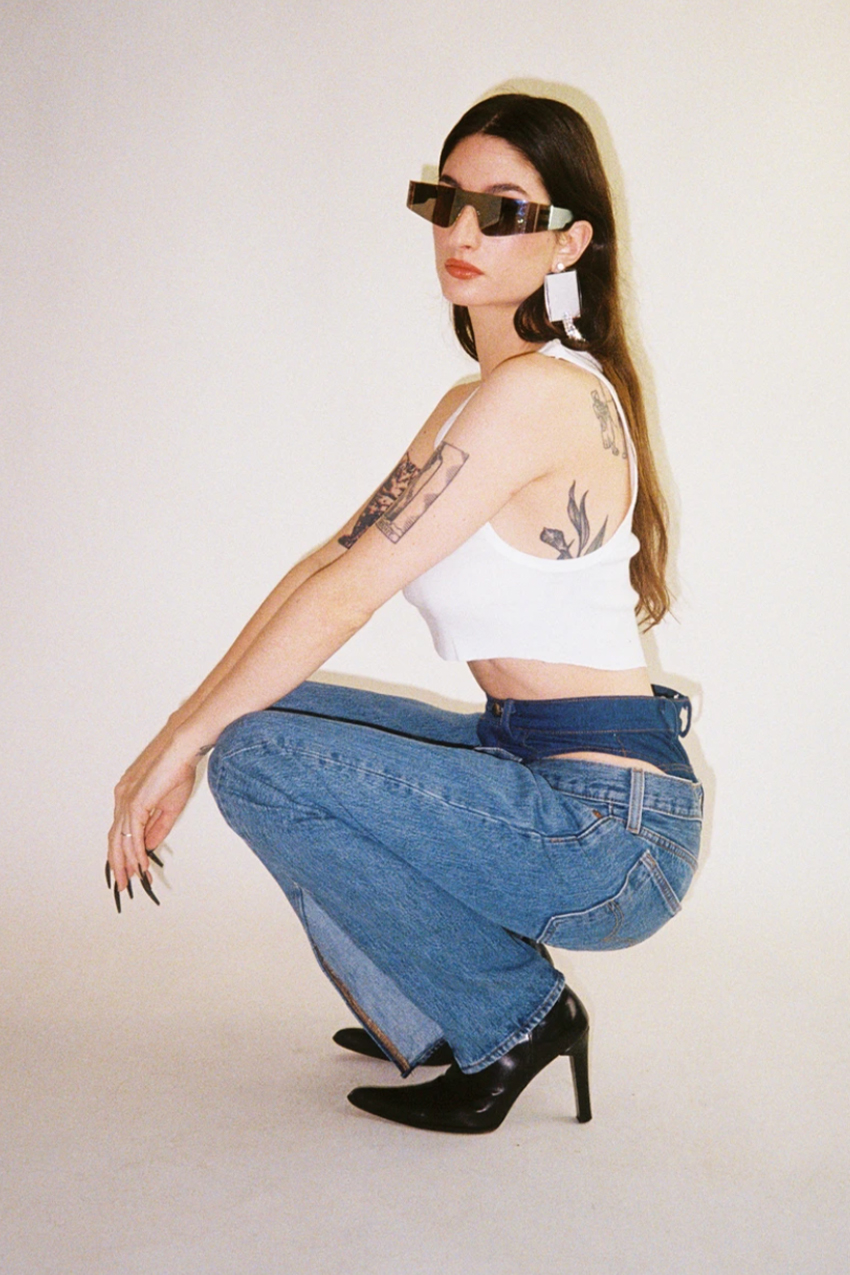
What do you hope to achieve with your work? What do you hope it says to the world?
I hope they feel comfortable with who they are, demonstrate and educate that it is okay not to be part of the status quo, and show that you can work and achieve incredible things with what you already have.
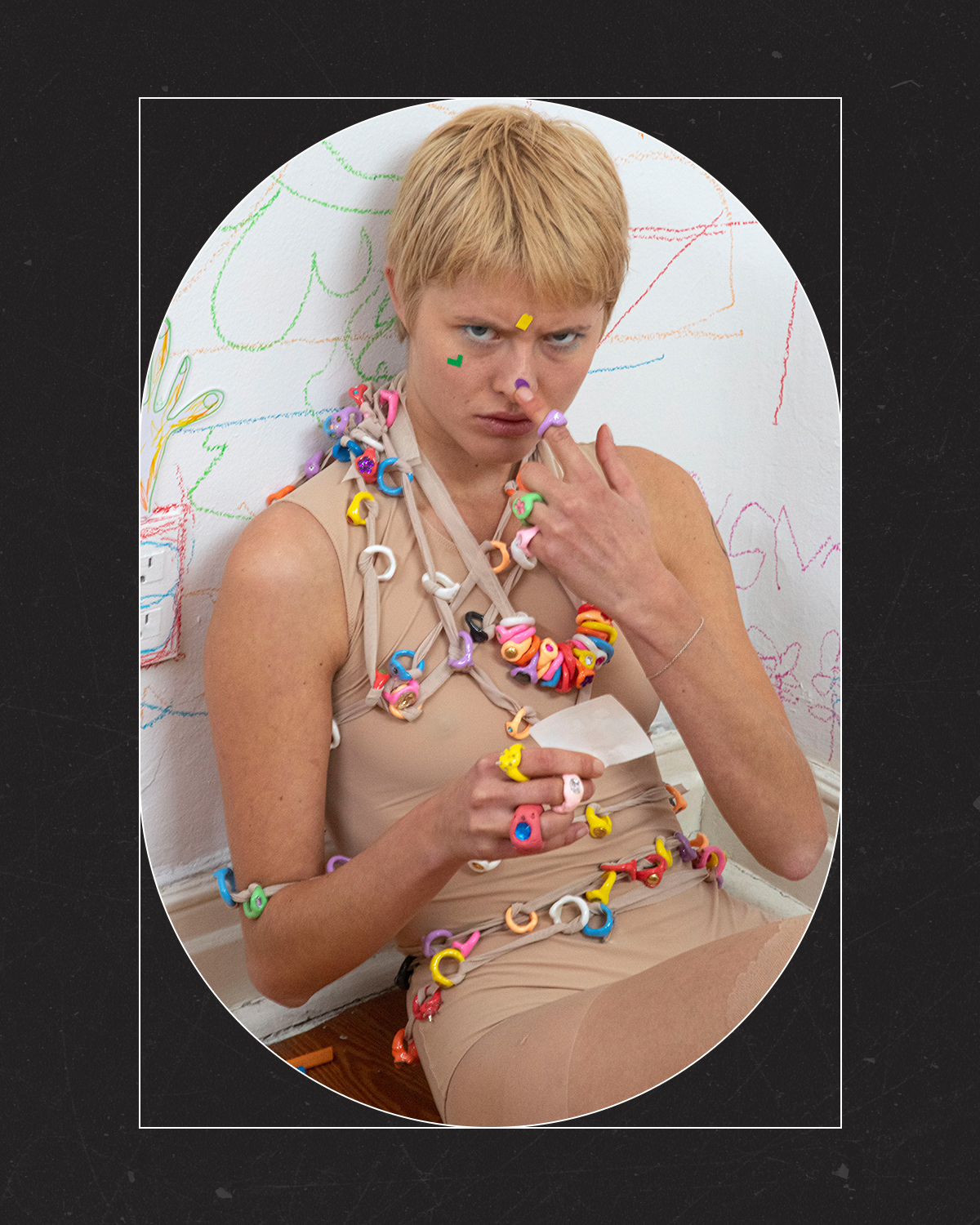
WHO: Sofia Elias, Founder of Blobb
WHERE: Mexico City, Mexico
How did you get into the fashion industry? And what led you to found your brand?
After studying architecture for five years, I felt an urge to use my hands and move away from the computer, so this project began making jewelry for myself. Then, it started catching people’s attention, so I decided to sell them. I never saw myself making jewelry, but I see my jewelry as miniature sculptures.
What makes your brand special? What can shoppers expect from your collections?
The greatest difference in relation to other pieces of jewelry is that I do not use molds. Therefore, each piece is unreplicable. I make each piece by hand, making the owner aware that they are wearing a unique miniature sculpture, which should therefore be treated with care. This produces an intimate relationship between the wearer and the object.
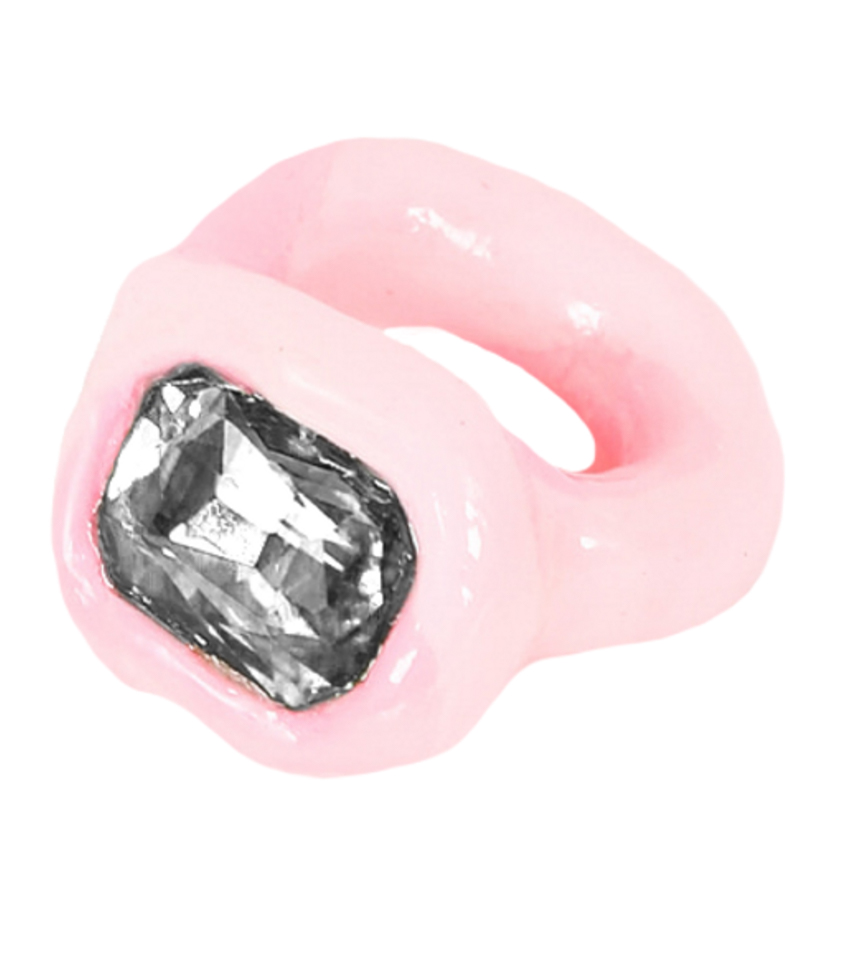
How has your identity informed your approach to style? And how does your heritage play a role in your creative process?
Unintentionally, I’ve managed to create something that represents me. It’s funny because when people get to know me, they always comment, "Oh, now we understand.” I appreciate people liking the things I’m making because I’m not the type of person to research what will be in style for next season—I just create. So to see people wearing my jewelry and accepting those objects or miniature sculptures has been very special for me.
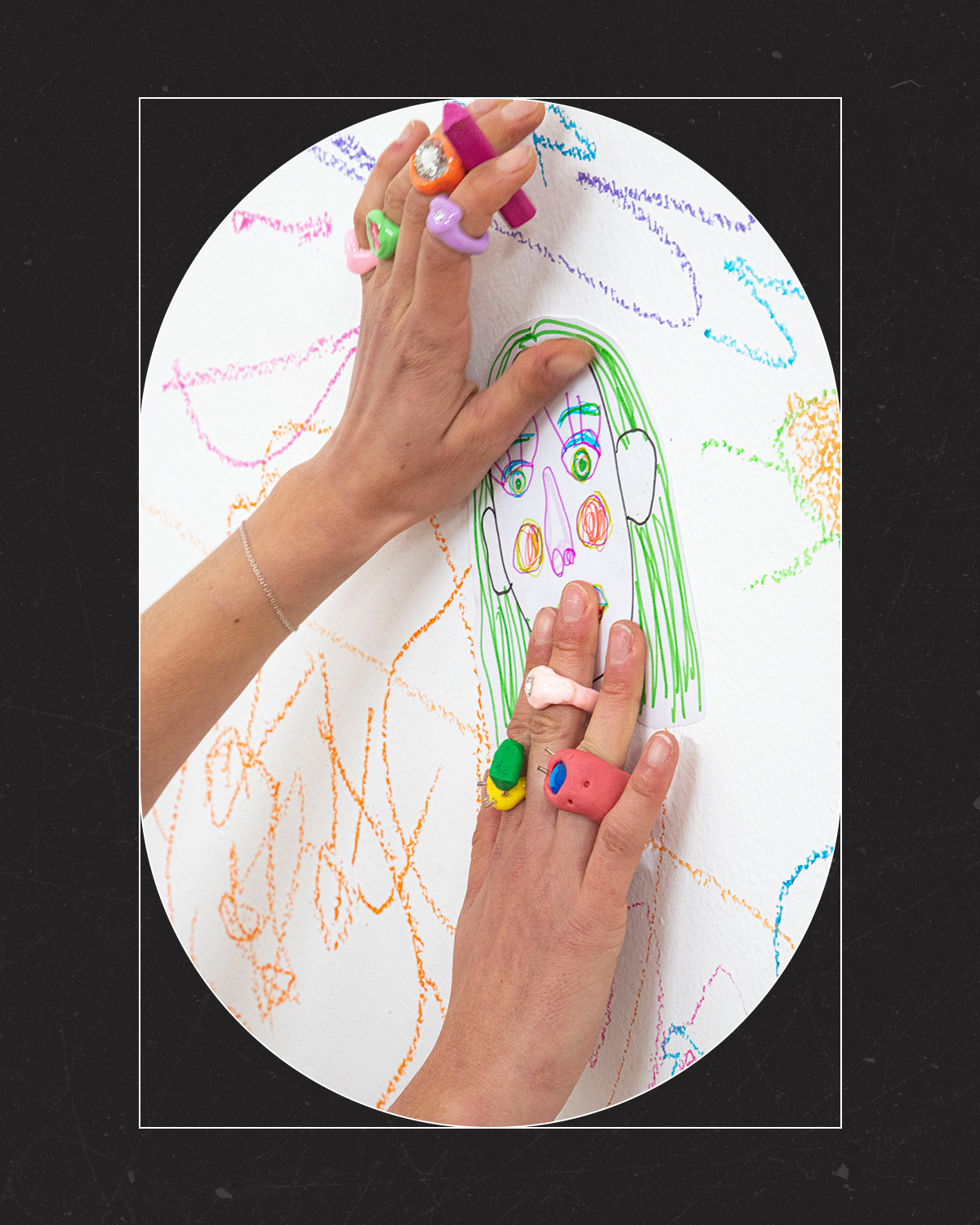
When it comes to racial identifiers like "Hispanic” and "Latinx,” it’s well known that these terms fail to represent the entire diaspora of nationalities, ethnicities, and languages within the umbrella terms. What do these words mean to you? Do you identify with either? What does your heritage mean to you?
I don’t really like relating my work or myself to titles. Sometimes, I feel like an architect. Sometimes, I feel like an artist, and sometimes, I just say I’m experimenting. But I will say that walking around Mexico City is an inspiration to me. In Mexico, each culture can be identified by its way of crafting pieces. Their materiality, texture, color, and design express their essence. Handmade jewelry, clothes, vases, and everyday life objects are part of our daily life. I have always been interested in each craft; hopefully, one day, I’ll have time to learn about each. That’s what I love about Mexico. There’s infinite magic in the artistry.
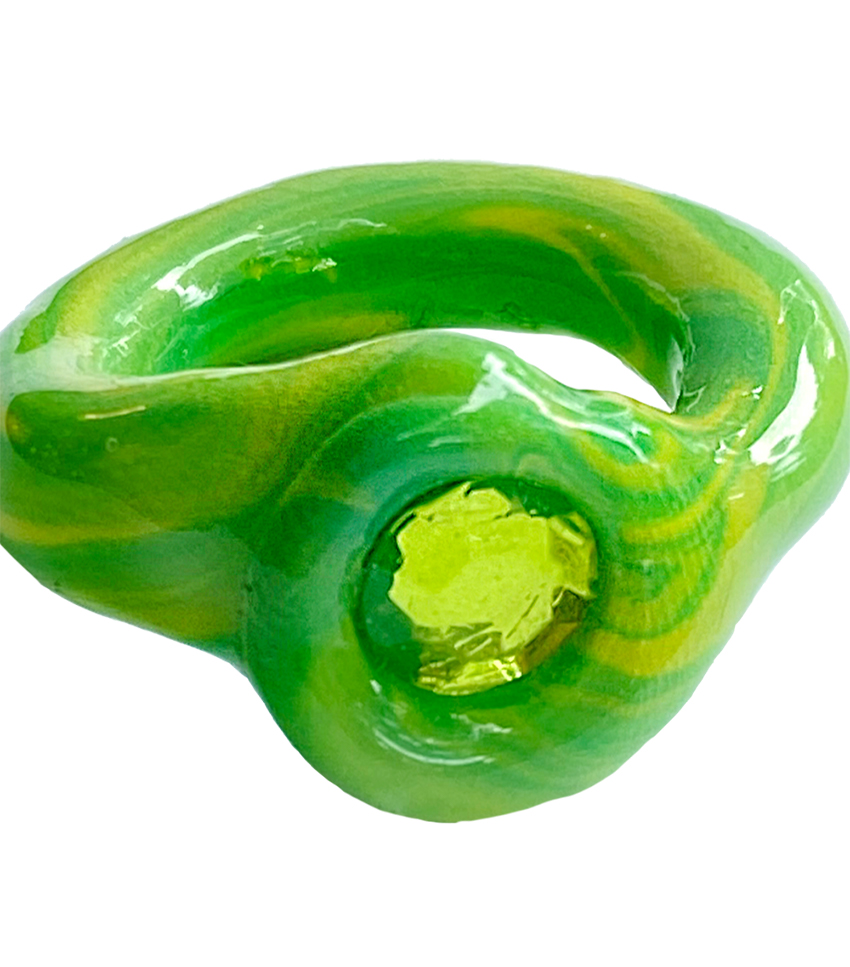
What do you hope to achieve with your work? What do you hope it says to the world?
My pieces awaken reminiscences from childhood with their colorfulness and blobbiness. They allow the wearer to revisit past moments afresh and feel a child’s aliveness and playfulness. This is only a flashback to our early years, where we are the purest version of ourselves. I like that my pieces create awareness of what you are wearing and that you have to take care of them—going against the mass-produced things from the market.
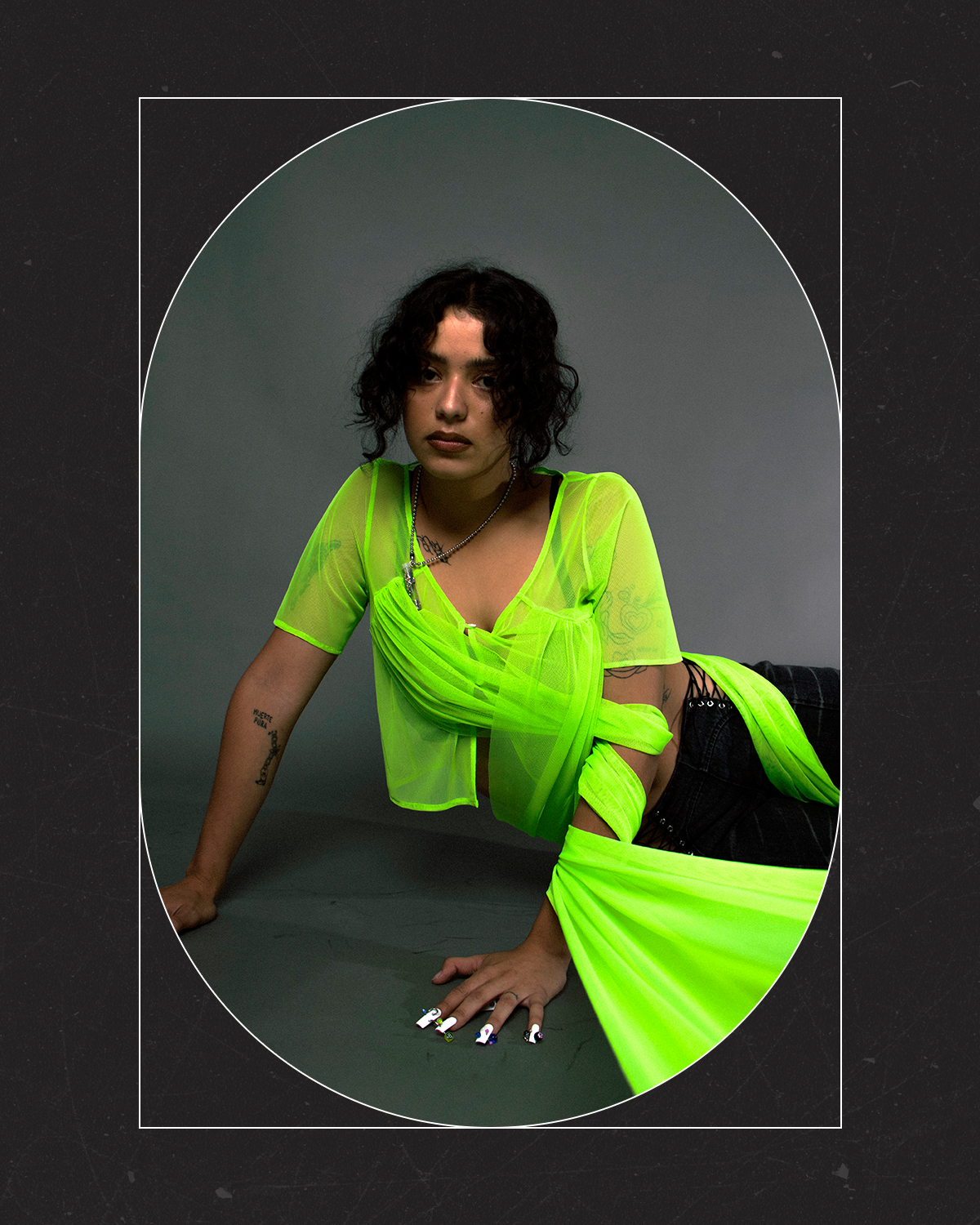
WHO: Sabrina Olivera, Founder and Head Designer of Sabrina Ol
WHERE: Mexico City, Mexico
How did you get into the fashion industry? And what led you to found your brand?
I started working in the fashion industry in 2014 when I moved to NYC from Mexico City for school. My first job was as a sales associate in Reformation, which was very small at the time, until I worked my way up to having a full-time job as a designer in New York City. Last October, I came back to Mexico City to produce a short film for my brand and first collection. I couldn’t go back because of a visa situation. I was very motivated about my project at the time, so it felt like everything got aligned for me to focus on my brand back in my home country.
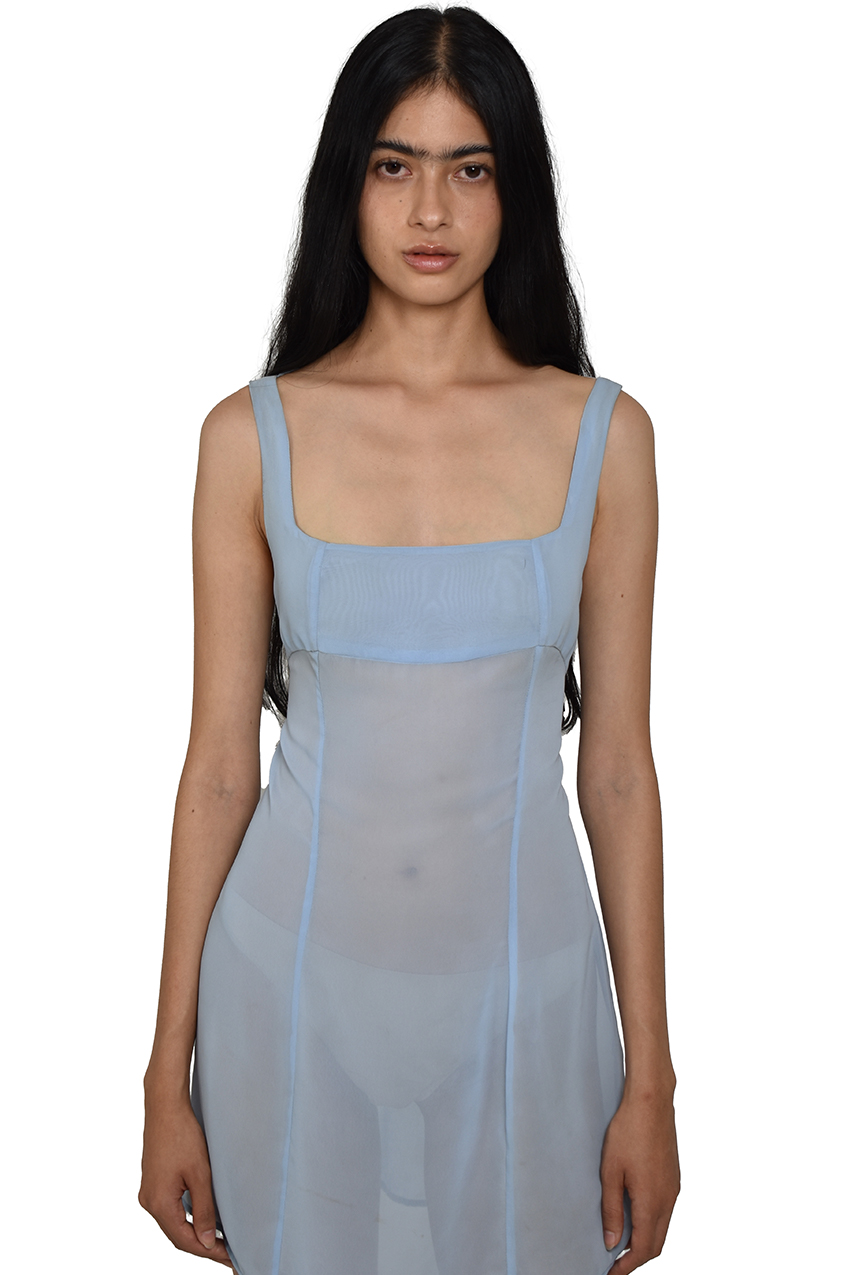
What makes your brand special? What can shoppers expect from your collections?
I try to tell stories through fashion that talk about Latinx women, our experiences, and our history. My latest project Everybody’s Darling is about hyper-femininity and the power that comes from feeling sexy and flashy. I think women that work or inhabit male-dominated spaces have to be toned down to be taken seriously. Flashy makeup, showing our legs, shoulders, or having long nails is perceived in the "machista” eyes as if we were looking for a man’s attention because of how we dress instead of thinking of the woman’s need to feel powerful through our personal glamour. This project is for every woman that challenges how a woman should look like to be "respectable” in the eyes of a male-dominated society.

How has your identity informed your approach to style? And how does your heritage play a role in your creative process?
I think your background and experiences will always impact what you create, especially if you are freely designing for your project. I come from a family where my mother was the provider. I always saw my mom working hard and breaking down when she had to, not hiding her vulnerability. I know she didn’t have it easy, and that’s why everything I do, I feel tries to consciously or unconsciously celebrate her.
When it comes to racial identifiers like "Hispanic” and "Latinx,” it’s well known that these terms fail to represent the entire diaspora of nationalities, ethnicities, and languages within the umbrella terms. What do these words mean to you? Do you identify with either? What does your heritage mean to you?
I feel these identifiers are always more for people trying to understand you than for you and the way you see and perceive yourself. However, when I think about my brand in context, I cannot separate it from the Latinx culture, which makes me really proud.
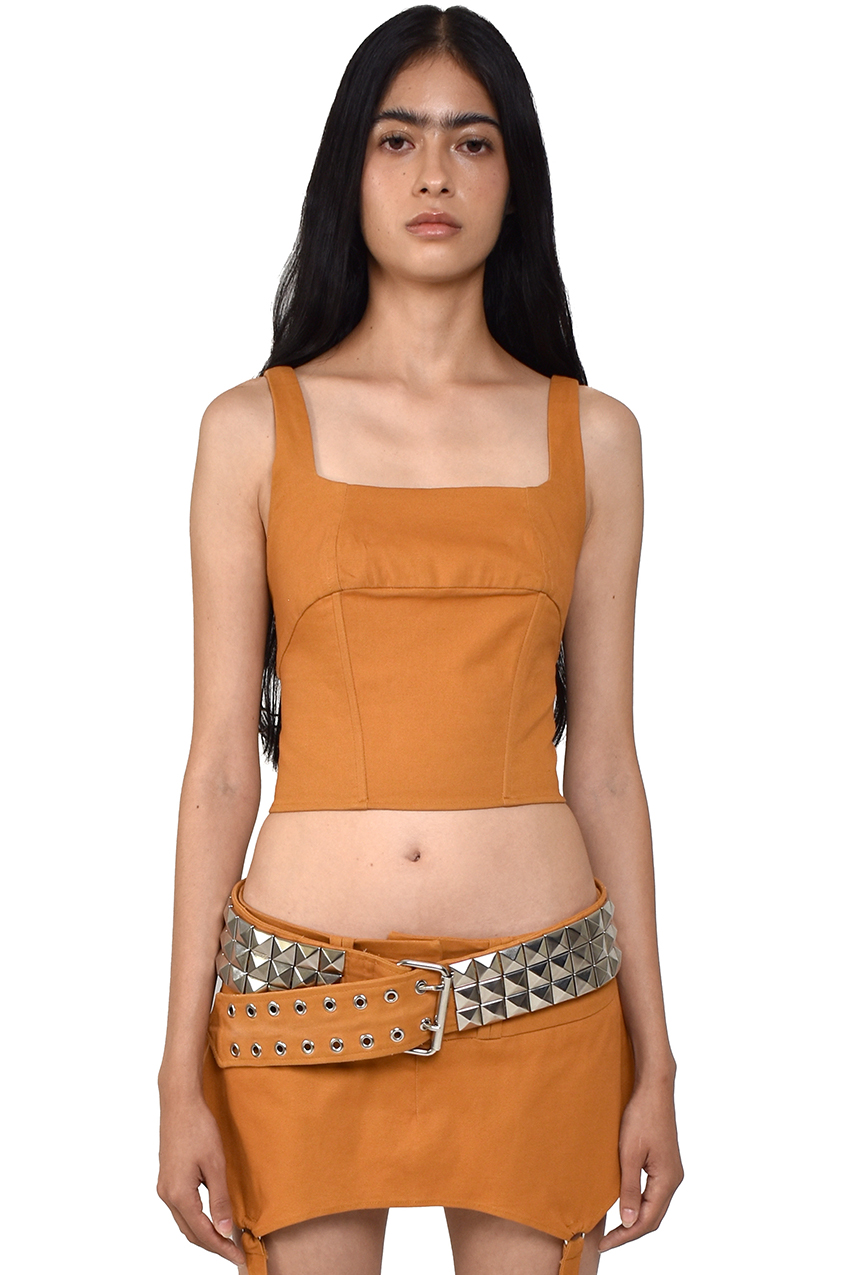
What do you hope to achieve with your work? What do you hope it says to the world?
I don’t know if I am trying to say anything transcendental. I’ve learned that the more honest you are with yourself, have patience, and create good work and relationships, it should be enough. Since I am back in Mexico, I think I’ve lost some ambition around the idea of big, transcendental projects and am instead focusing on having fun.
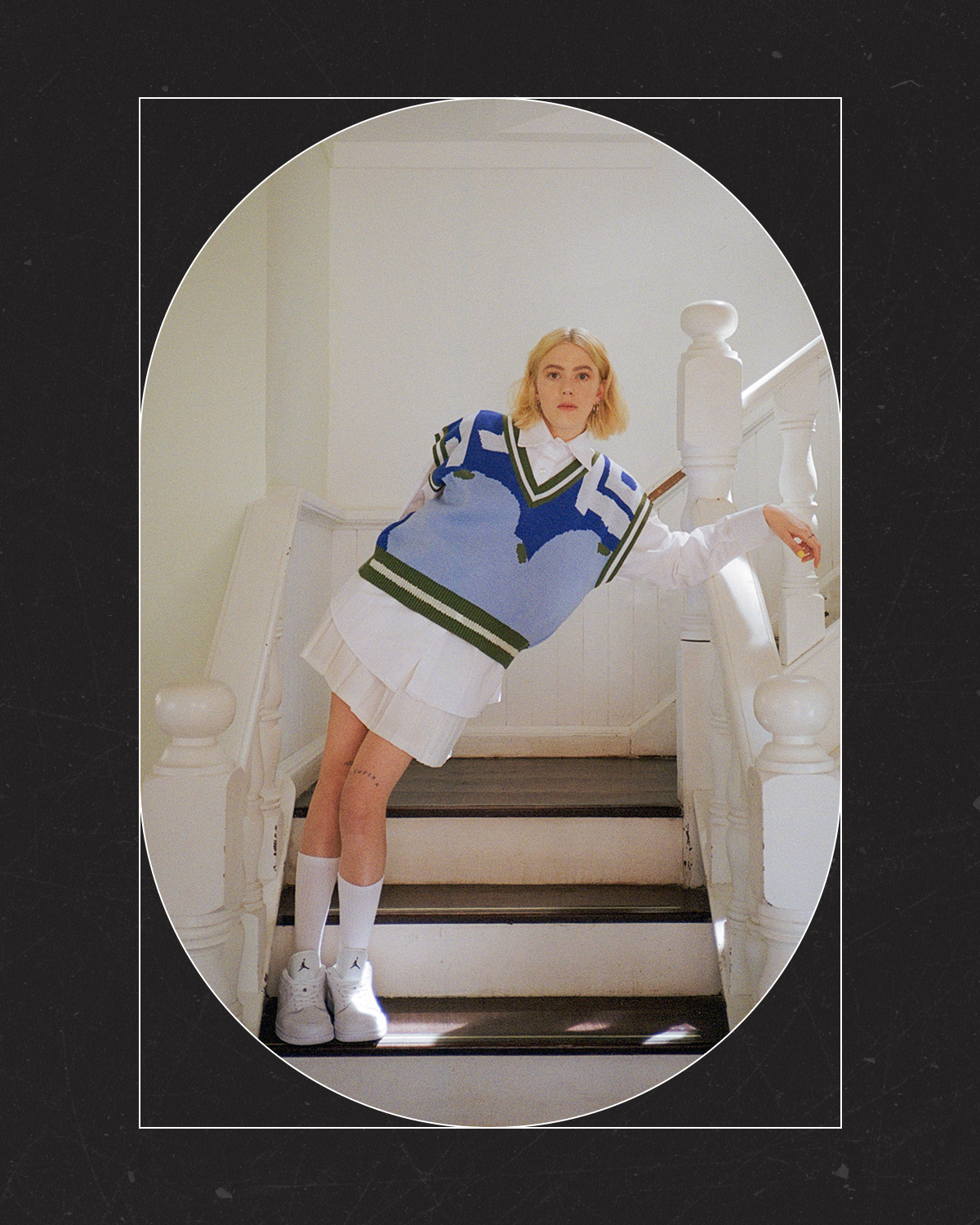
WHO: Valentina Ramirez, Founder of A Lot Studio
WHERE: Bogotá, Colombia
How did you get into the fashion industry? And what led you to found your brand?
I fell in love with Parsons School of Design my senior year of high school. I decided to attend and pursue the American dream. I worked at Marie Claire, Proenza Schouler, Oscar de la Renta, and Urban Zen by Donna Karan. That last job was a fellowship where my colleagues and I were designing a collection for Donna's private label Urban Zen and Rihanna's foundation Clara Lionel, all in Haiti. The experience was so enriching, as we had a major say and responsibility in every decision. It led me to decide to launch my label.
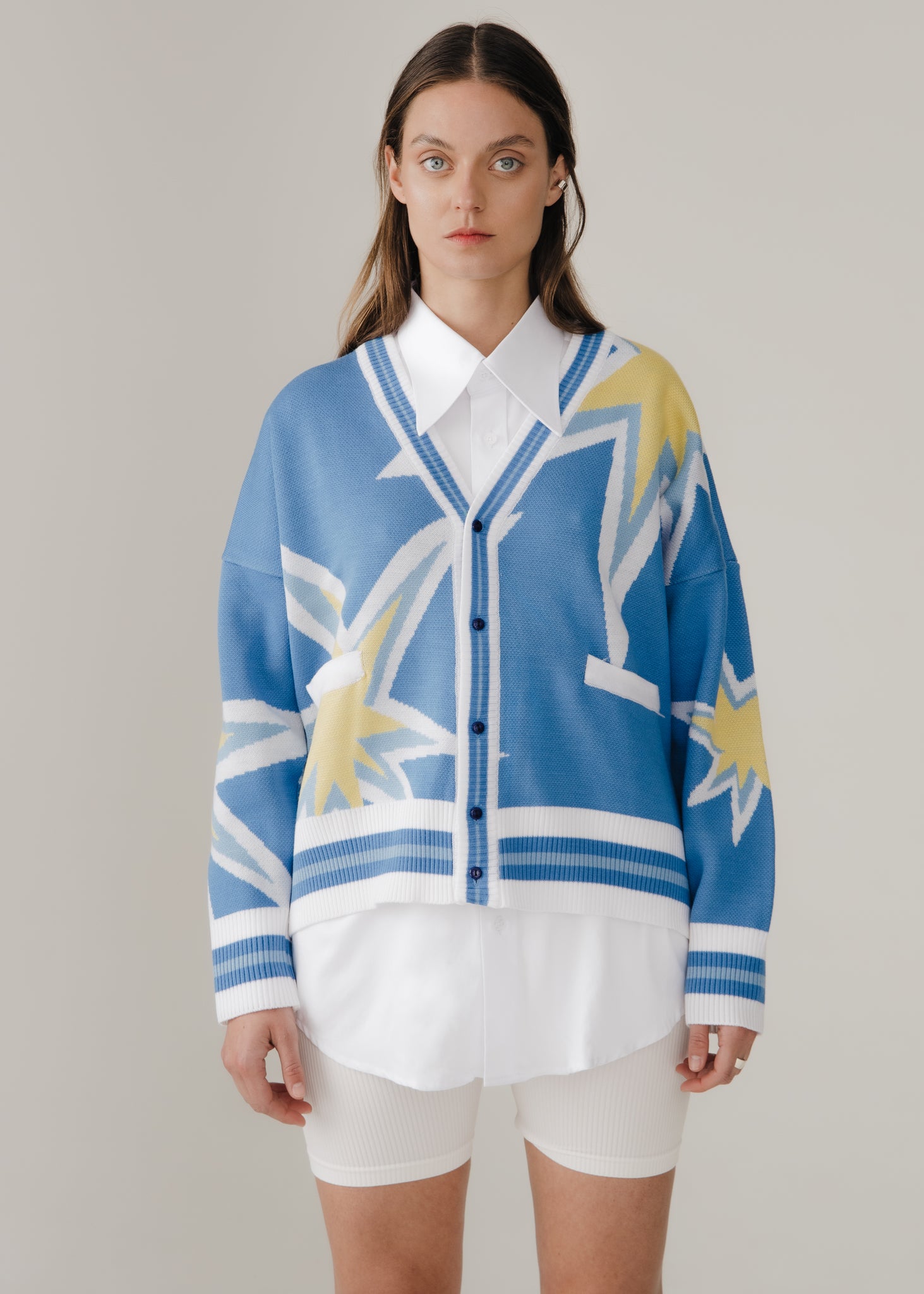
What makes your brand special? What can shoppers expect from your collections?
Every collection is special because it features the work of an upcoming and young artist for a limited time only, which helps to launch their careers.
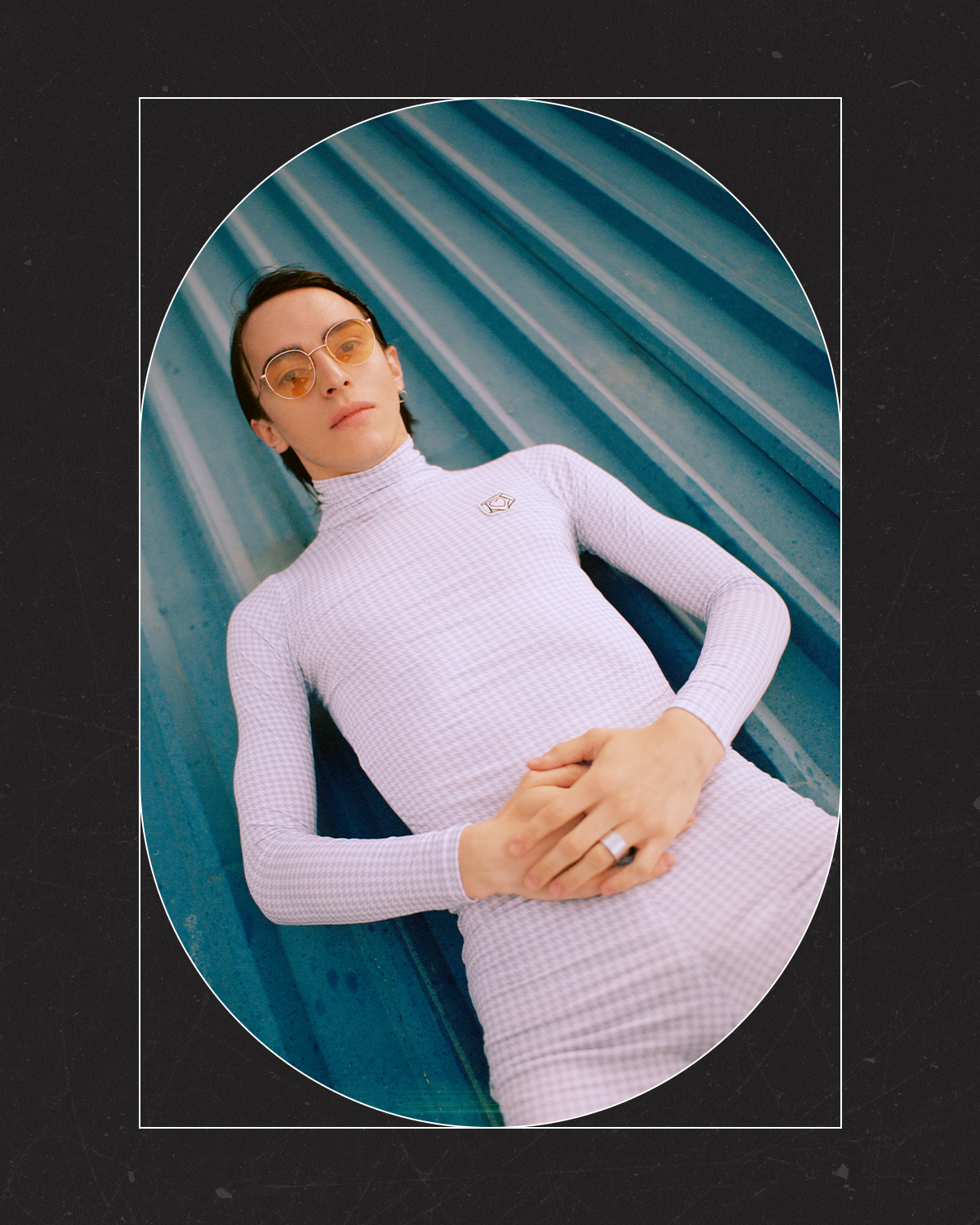
How has your identity informed your approach to style? And how does your heritage play a role in your creative process?
My heritage plays a major role in my approach to style and aesthetics. I view my work with A Lot Studio as a representation of South America and especially Colombian culture in our current times. Urban streetwear and tech culture are huge in Colombia, with artists like J Balvin, Kali Uchis, and Karol G leading the way. And the millennial and Gen Z Colombian generation has the responsibility and the goal of changing our image globally, letting the world know what the real and colorful Colombia is all about—art, music, fashion, and tech.
What do you envision next for the future of fashion? What does a more inclusive industry look like in your eyes?
I think the future of fashion is talking about and showcasing our current social and political issues, listening to what our customers want, and not imposing what we think they should wear. I also a more inclusive industry invests in Latinx- and Black-owned businesses. Venture capitalists prioritize investing in white-owned and male-owned companies. Credit lenders still prioritize them because data shows that Hispanic women make less an hour and go into more debt. A more inclusive industry gives all players equal opportunities, puts their skin in the game, and invests in the businesses based on their potential.
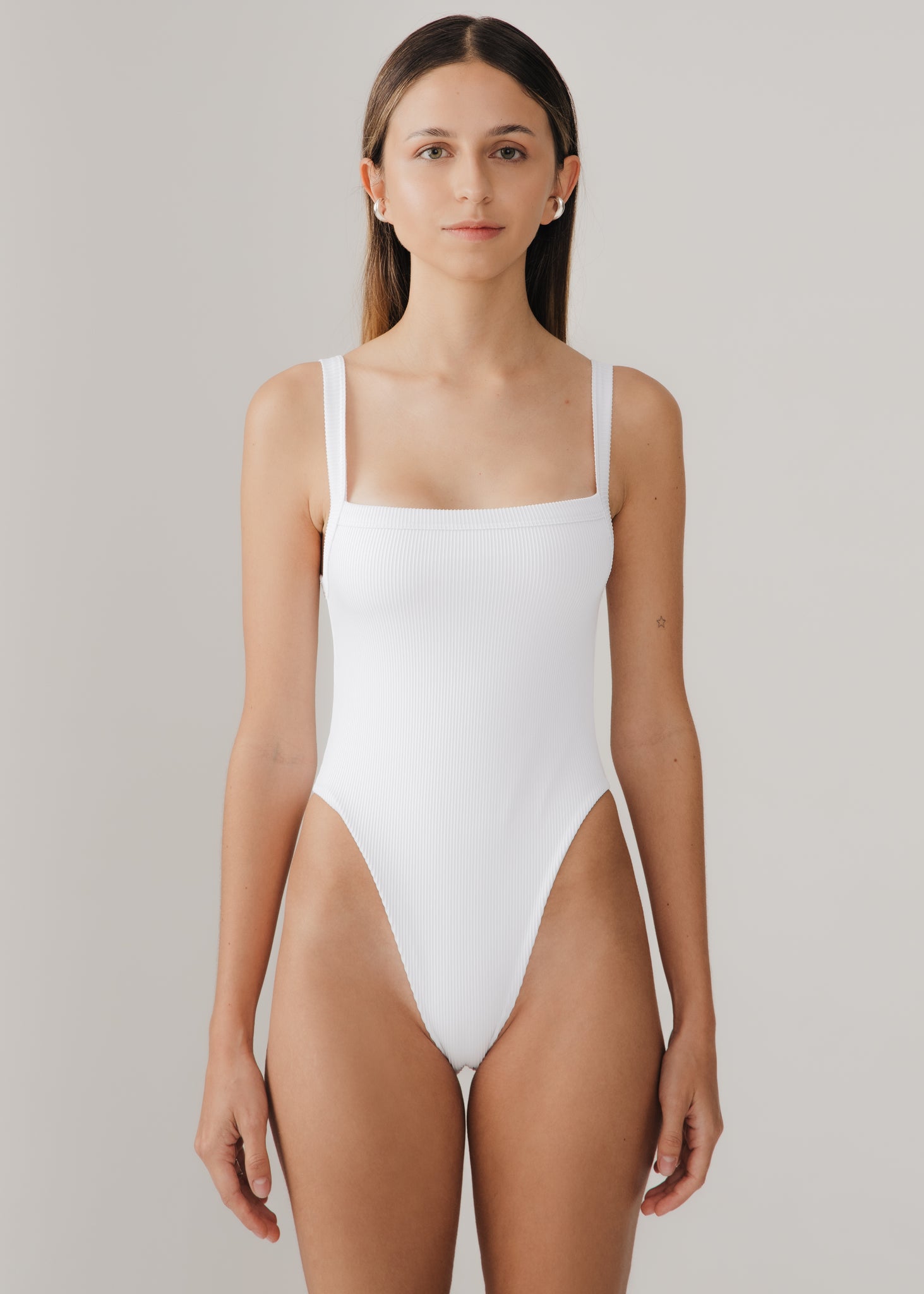
What do you hope to achieve with your work?
I hope to create a safe space for our newer generation with products that are not defined by gender and support a cause, young artists who are starting their careers.
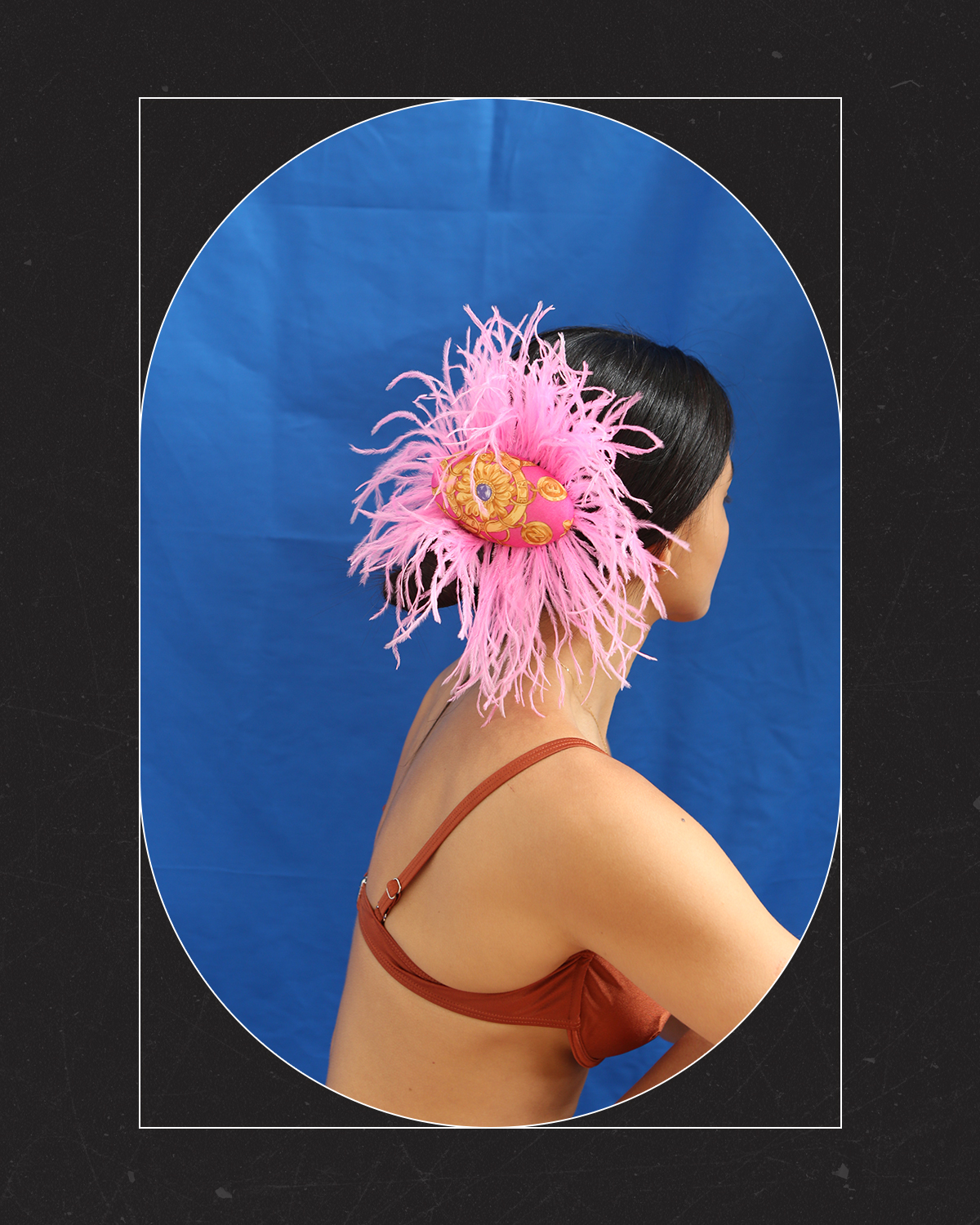
WHO: Juliana Liden, Founder and Creative Director of Julietta
WHERE: Brooklyn, New York
How did you get into the fashion industry? And what led you to found your brand?
I have always been a creative person. I started drawing and painting when I was 10 years old, and when I was 12, I created my first fashion business (selling DIY jewelry at school). From that time on, I haven’t stopped creating. Julietta, my brand, was born out of a love for unique fashion accessories and pieces that stand out. I decided to bring the brand to life after getting many requests from friends asking to buy accessories I made for myself.
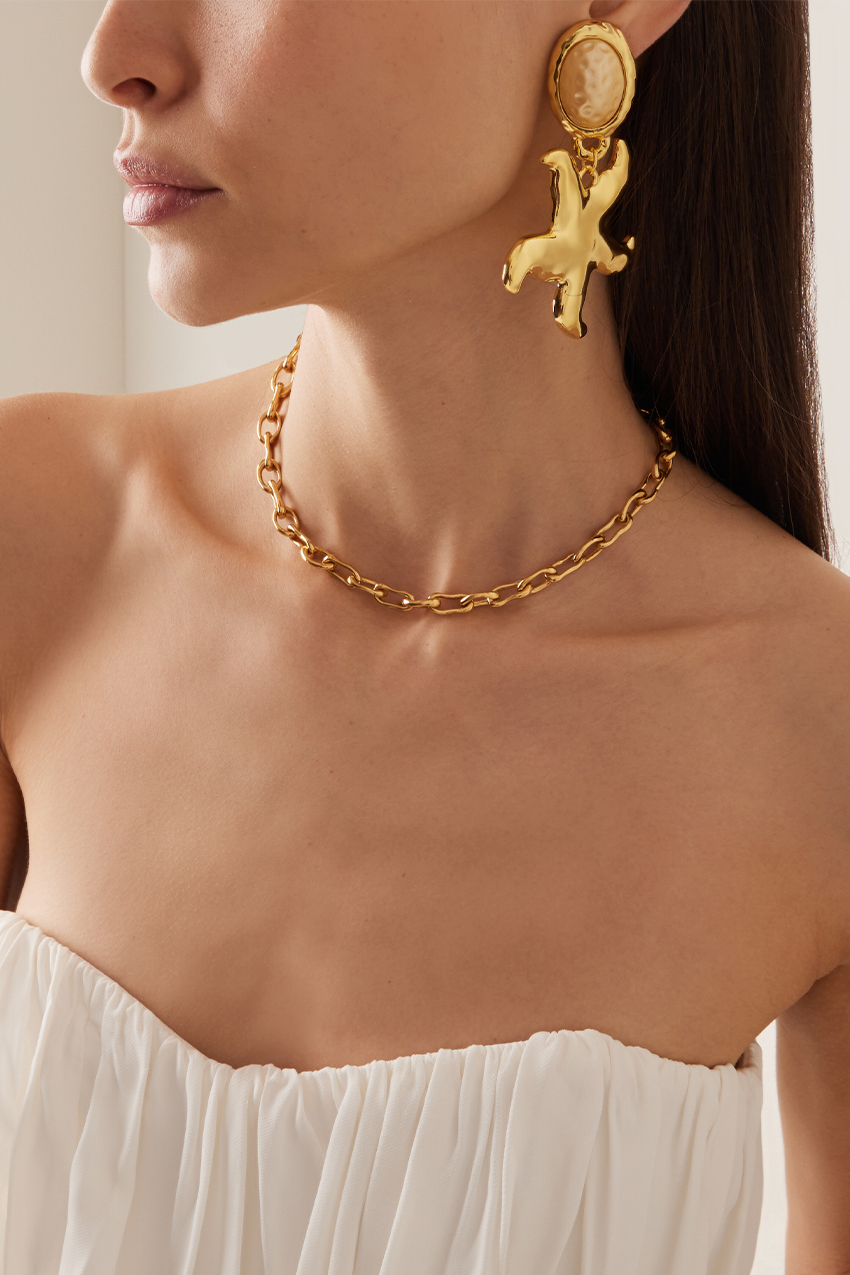
What makes your brand special? What can shoppers expect from your collections?
My accessories have been wholly upcycled from vintage prom dresses, antique tablecloths, scarves, and any other special material I can put my hands on. Your Julietta barrette could have been a ’90s prom dress in a past life, or maybe it lived an equally exciting life as an untouched Parisian deadstock collection scarf from the ’80s.
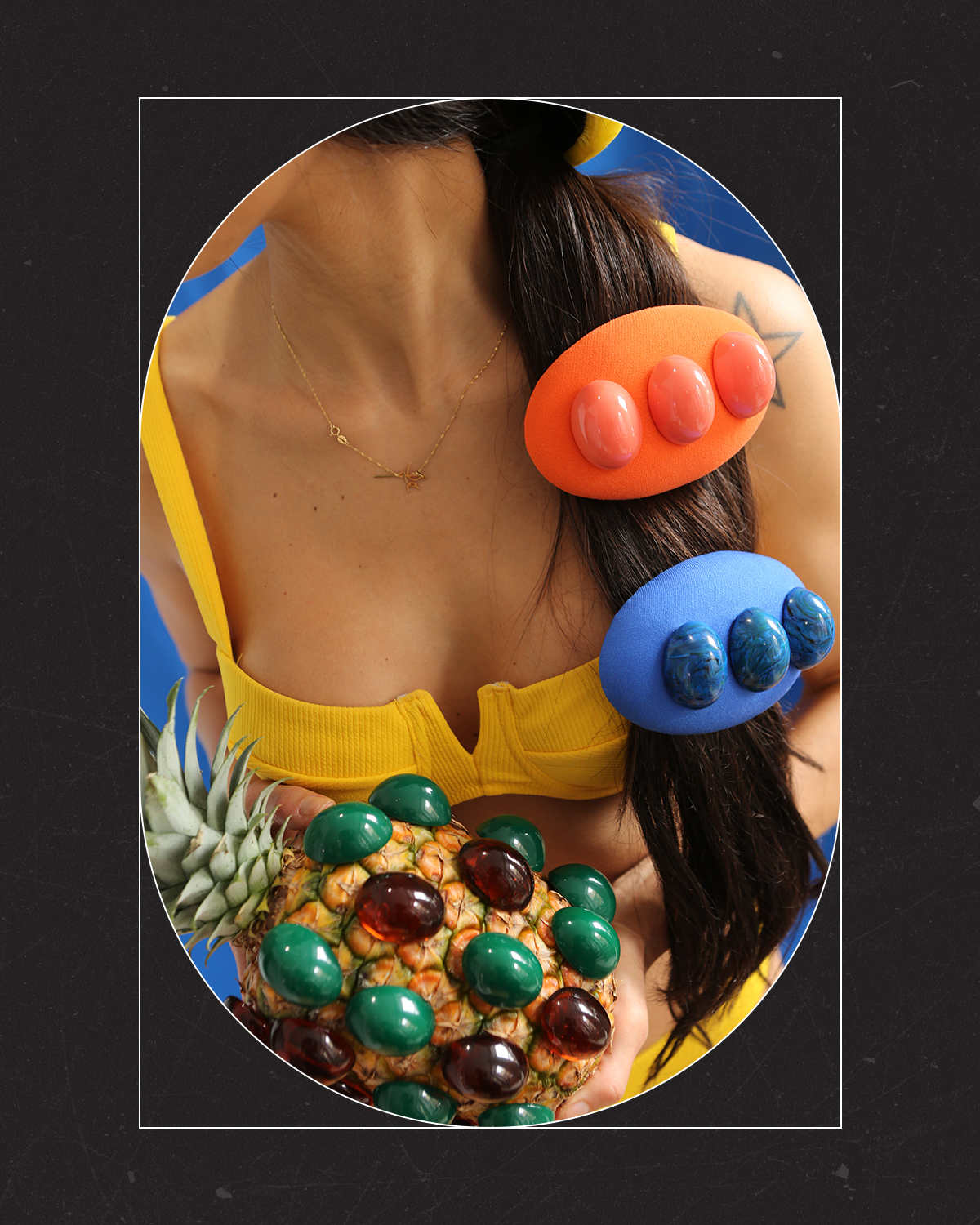
How has your identity informed your approach to style? And how does your heritage play a role in your creative process?
My identity gave me a solid base when it comes to creativity and establishing my style. It has played a role in my creative process. My collections are always colorful and full of life, like the Latina in me. We have passion, faith, and loyalty, and we apply those traits to everything we do, which is always reflected in my work.
What do you envision next for the future of fashion? What does a more inclusive industry look like in your eyes?
I believe that despite all the efforts we’ve witnessed in the past few years, the fashion industry is still far from being truly inclusive. It’s hard for some communities to be at the forefront of representation, and there is still a need for integration and diversification when it comes to representation. The Latinx community is, unfortunately, still behind. In a truly inclusive industry, brands and consumers would not use diversity as a tool to be perceived as "woke.” Diversity would need to become more of a core value, in my opinion.
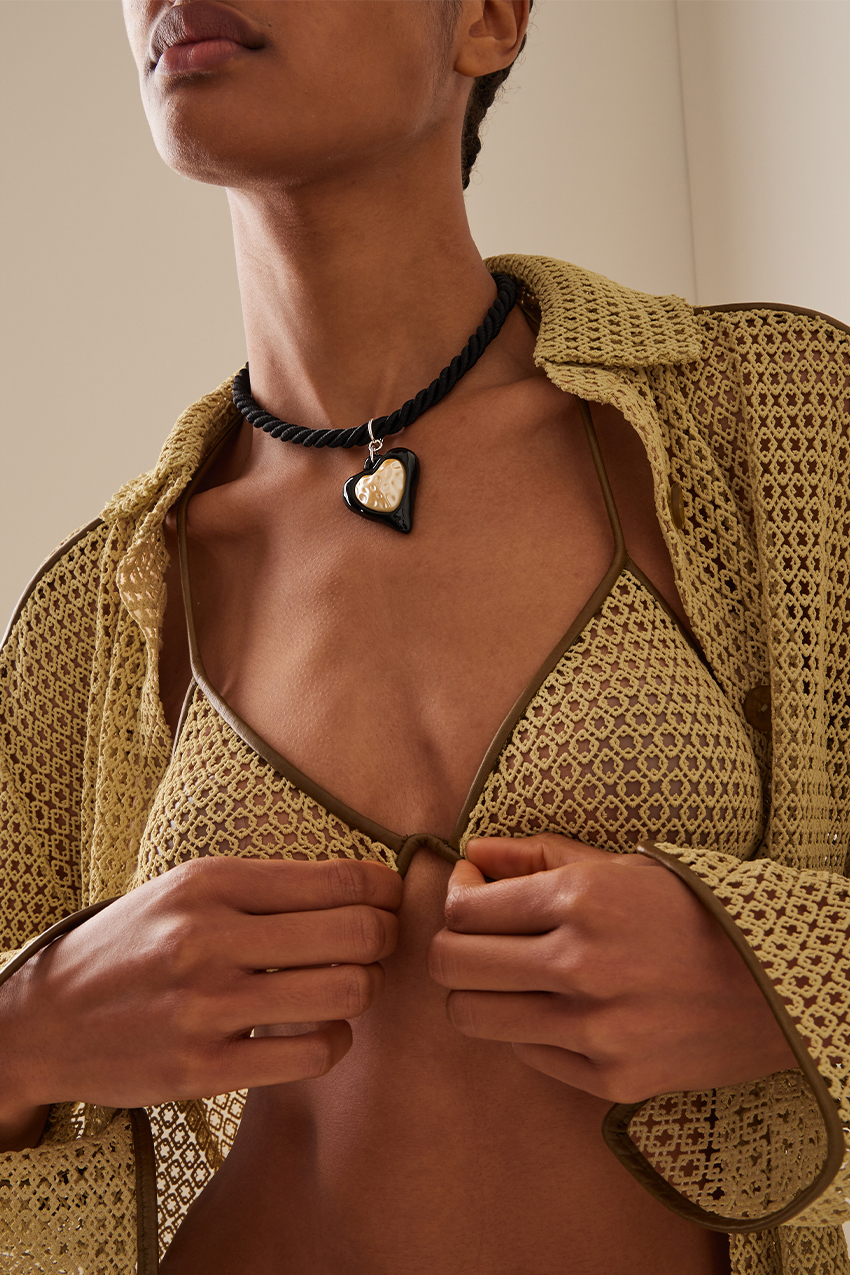
What do you hope to achieve with your work? What do you hope it says to the world?
I hope that my work reflects my heritage and eventually says that no matter where you are from and what your skin color is, you can make it happen if you put passion into it and always stay proud of your origins.
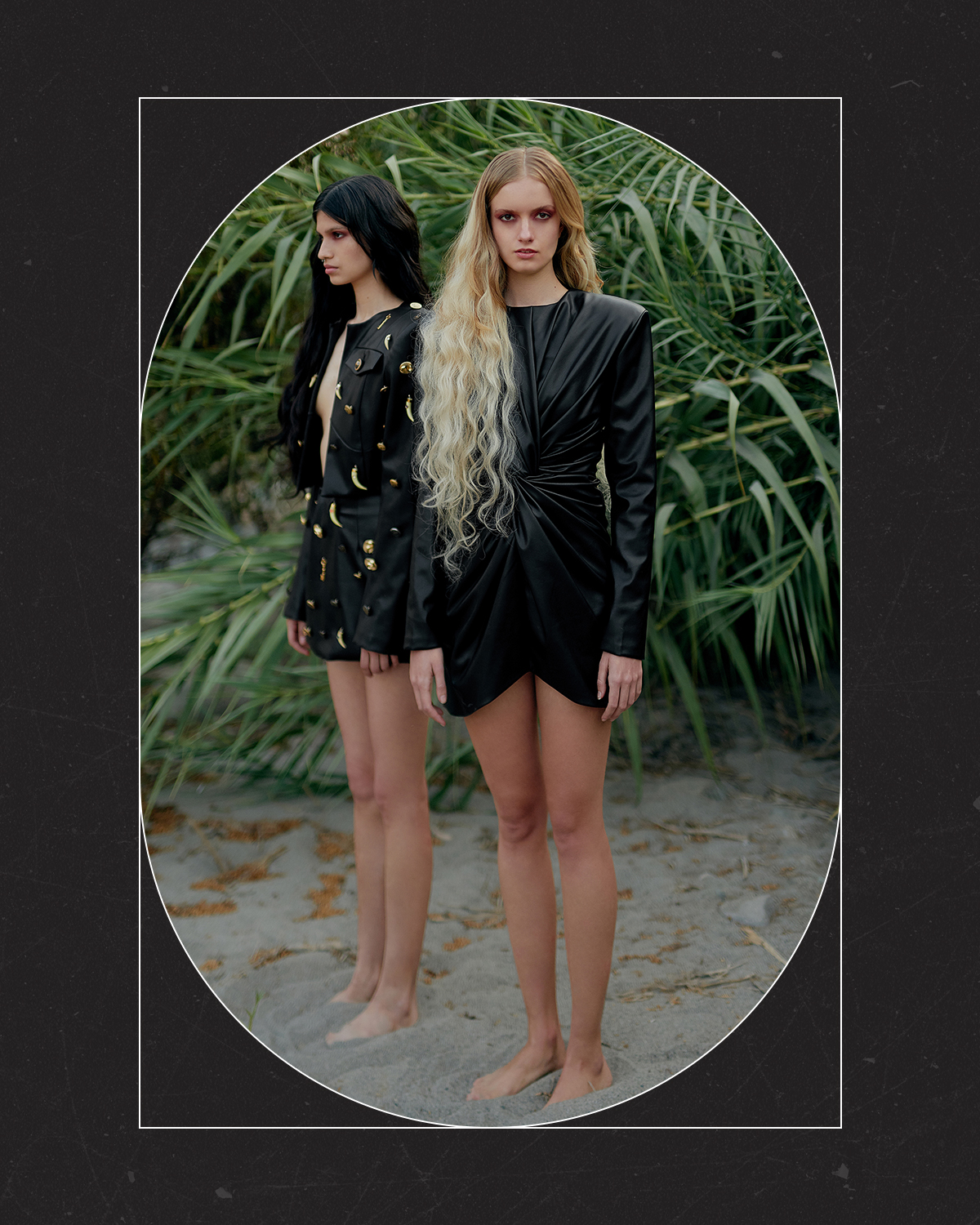
WHO: Victor Montalvo & Danilo Martínez, Co-Founders of Delosantos
WHERE: Lima, Peru
How did you get into the fashion industry? And what led you to found your brand?
We both felt an affinity toward fashion, but we were working and studying in different careers. It wasn't until 2019 that we decided to launch Delosantos. Our brand seeks to redefine Peruvian fashion with our own aesthetic and design codes, reinventing our national reality, and thus differentiate ourselves from the traditional spectrum of Peruvian brands at an international level.
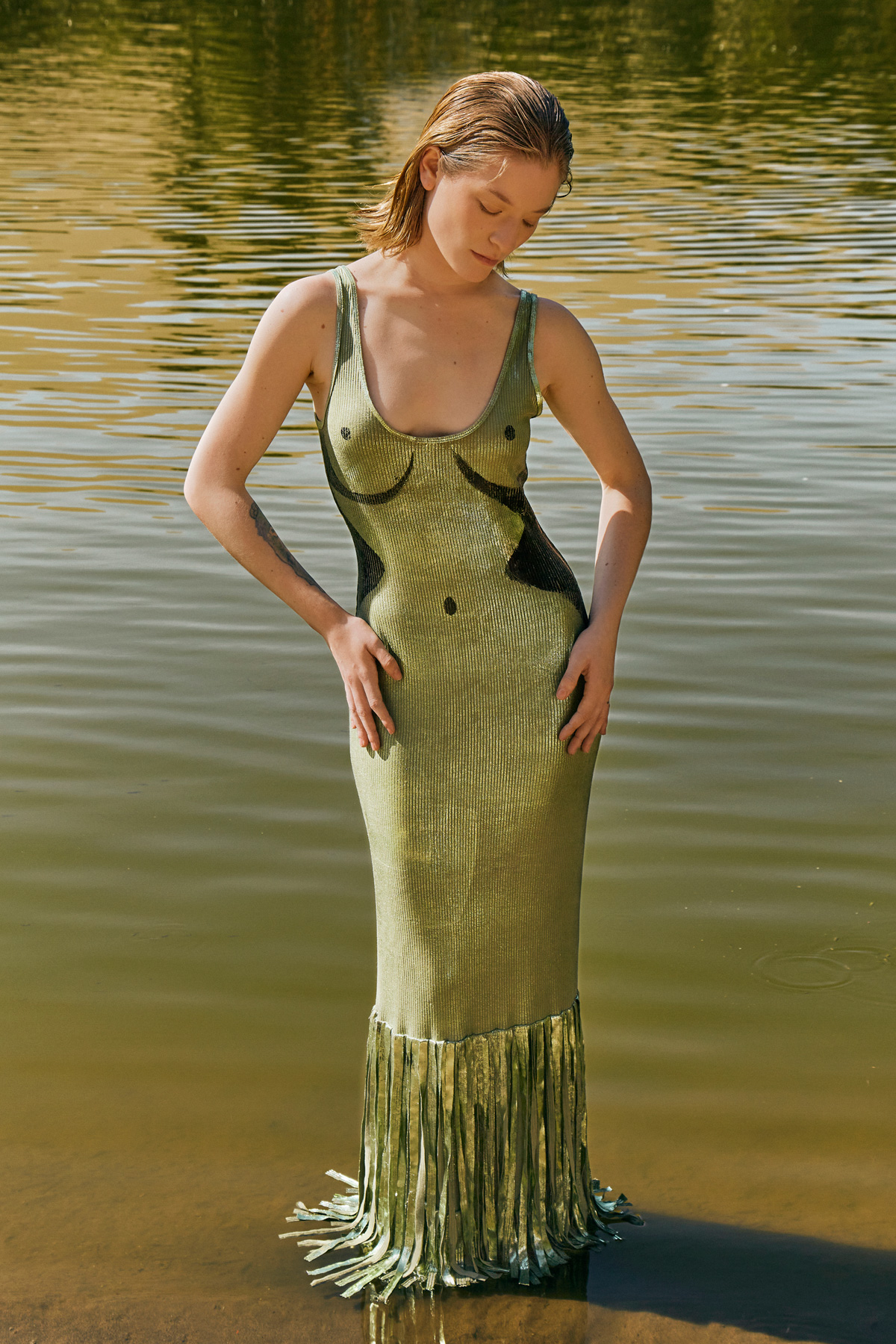
What makes your brand special? What can shoppers expect from your collections?
Each garment is a fusion of our experiences, expressed feelings, and vision of fashion. Made with dedication and based on artisanal processes, we are safeguarding the responsible approach to producing clothing, which is why they have limited collection batches.

How has your identity informed your approach to style? And how does your heritage play a role in your creative process?
Each collection carries a part of our experiences; we want to tell through each garment those stories born in the bosom of our family and of this religious and mystical feeling that has accompanied us throughout all these years. We take as inspiration the religious/spiritual mysticism rooted in our experiences and the stories of mystical cities of our country.
When it comes to racial identifiers like "Hispanic" and "Latinx," it's well known that these terms fail to represent the entire diaspora of nationalities, ethnicities, and languages within the umbrella terms. What do these words mean to you? Do you identify with either? What does your heritage mean to you?
For us, they are the meanings of constant effort and improvement, of a population that—in addition to sharing language, culture, and history—share the same struggle to make their dreams and goals come true. We feel identified because, with Delosantos, we work to reach the world through each design. We hope the brand brings inspiration to the history of its people and thus redefines the industry of Peruvian fashion.
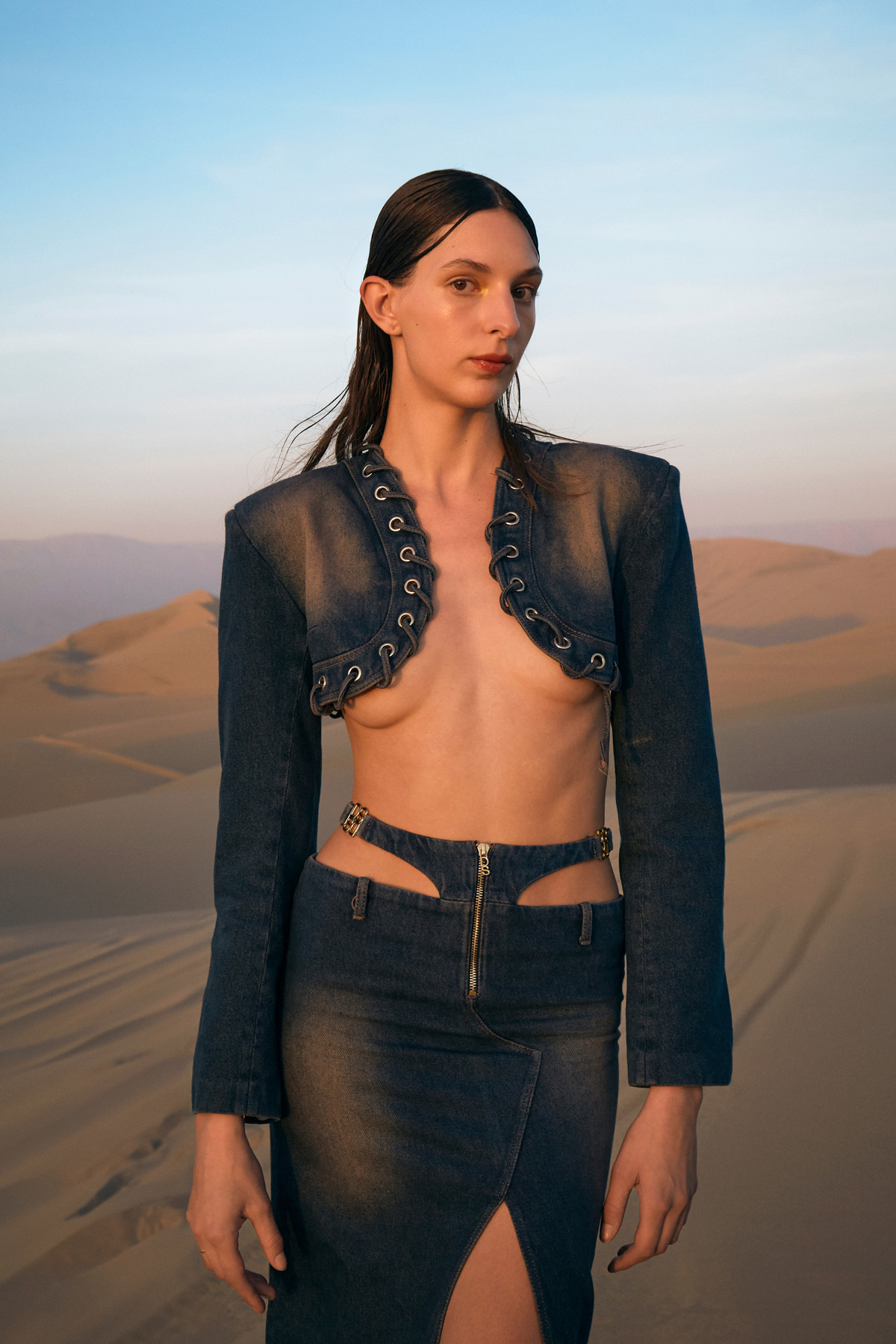
What do you envision next for the future of fashion? What does a more inclusive industry look like in your eyes?
The future of fashion has to be an inclusive space for everyone, where each person can feel represented. We also believe that the fashion industry should turn to a more sustainable and fair trend with each actor participating.
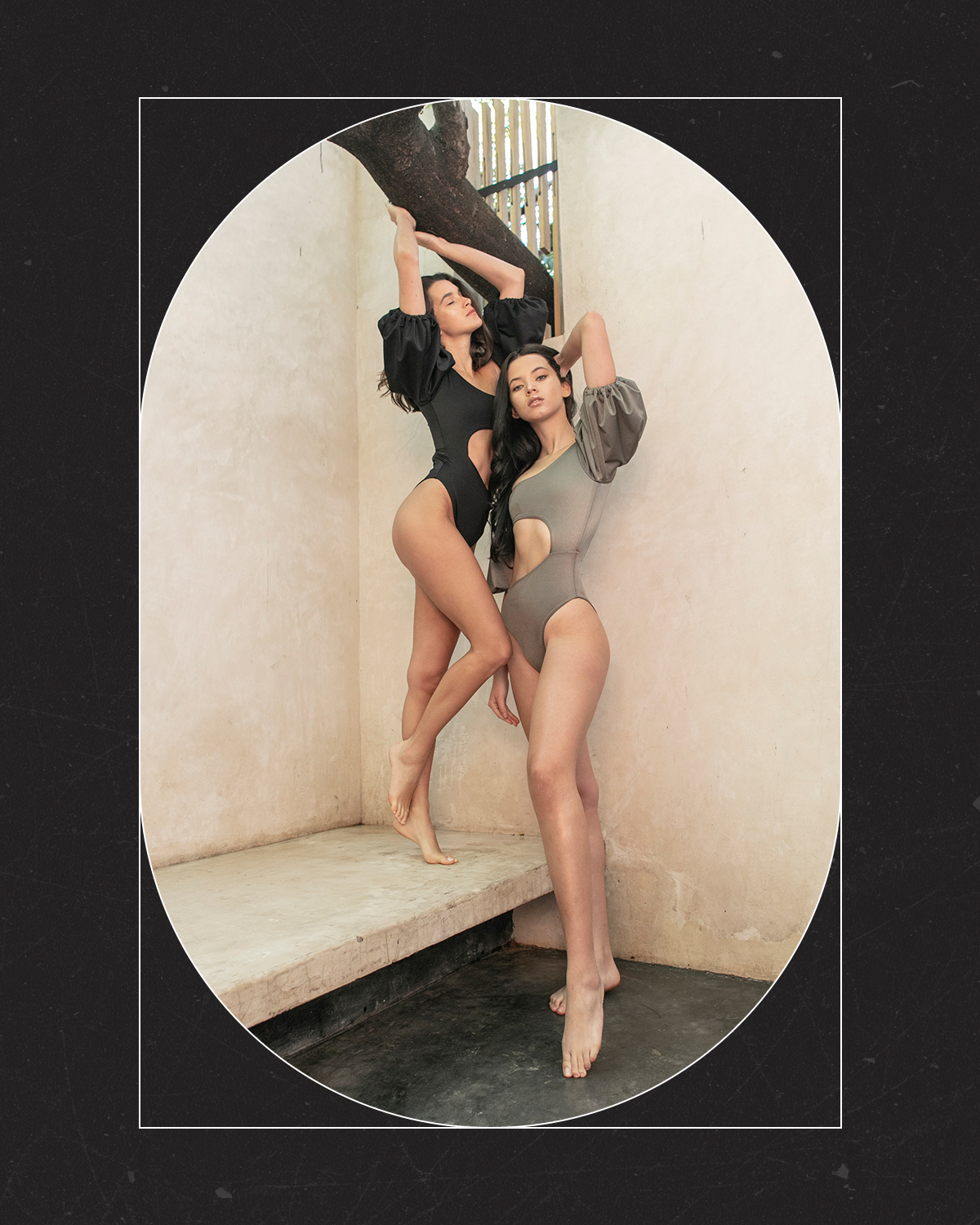
WHO: Sofia Ancira, Founder of Sanlier
WHERE: Mexico City, Mexico
How did you get into the fashion industry? And what led you to found your brand?
Since I was a little girl, I always have loved fashion. I used to design clothes for my dolls, and my aunt would help me sew them. When the time came to decide what to study at university, it was clear that I was going into fashion—there was no other industry that inspired me. I attended LIM College in NYC, and during my senior thesis project, I had to develop the concept of a swimsuit company. I enjoyed the project so much that once I graduated I undertook the challenge of starting Sanlier.
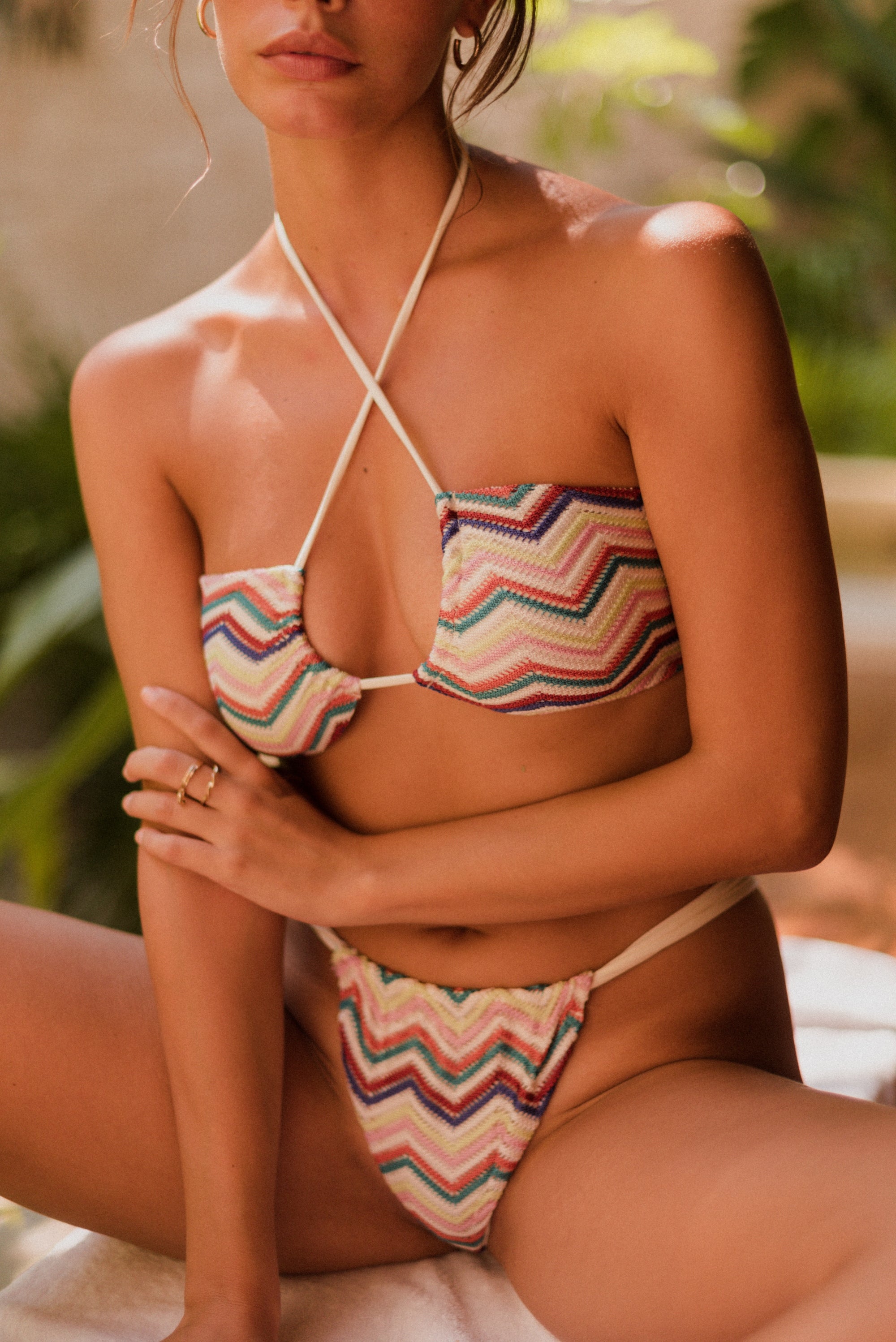
What makes your brand special? What can shoppers expect from your collections?
Our brand has a different approach to swimwear. Shoppers can expect surprising silhouettes that can transition from beachwear to streetwear, exclusive fabrics, and prints from around the world with the highest quality and second-skin comfort. We also donate a percentage of our sales to create an educational fund to offer scholarships for young Mexican women.
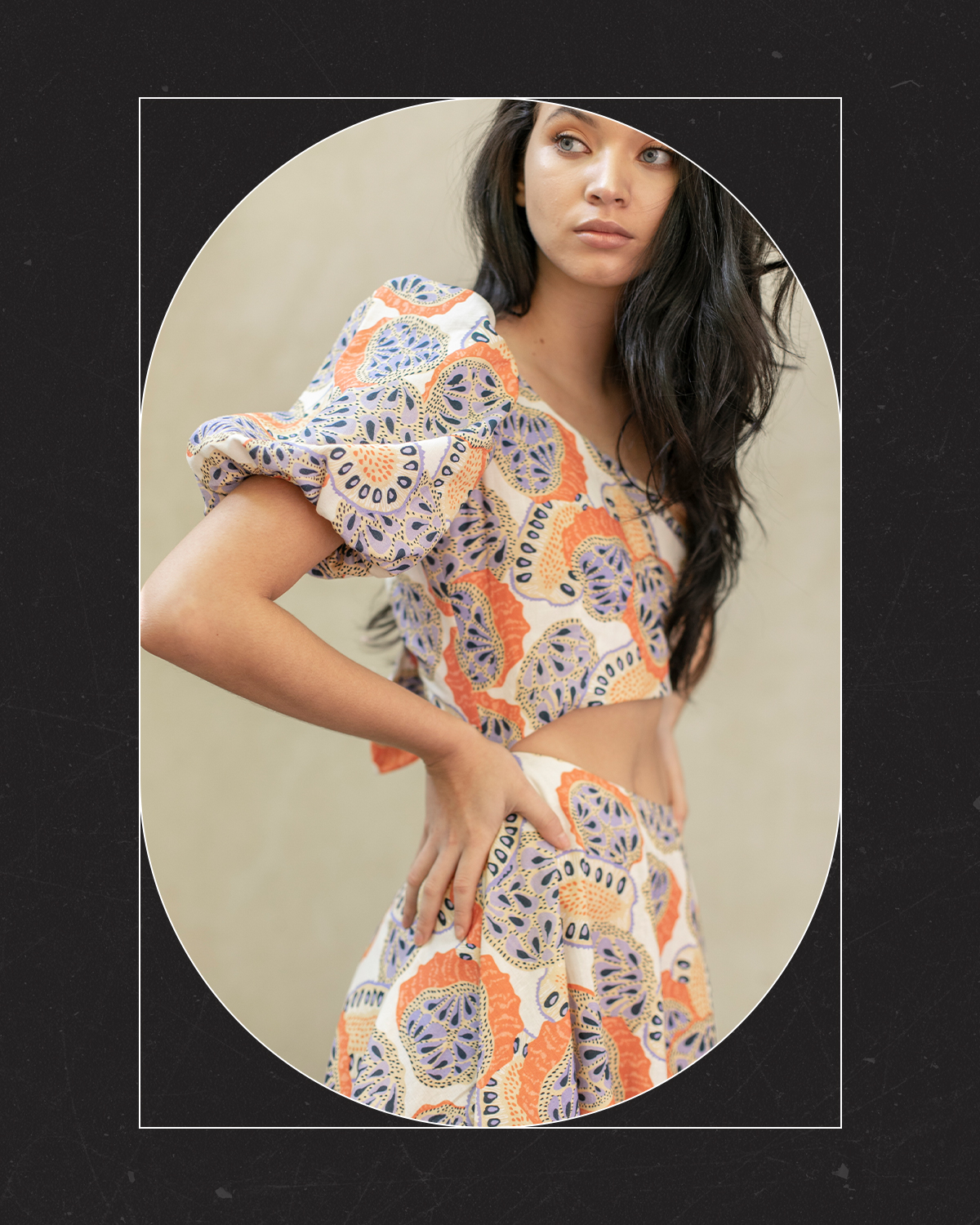
How has your identity informed your approach to style? And how does your heritage play a role in your creative process?
My identity is reflected 100% in my pieces. My family is Mexican, and even though I grew up in the United States, I traveled to Mexico every year. Sanlier is inspired by the culture, traditions, and colors of Mexico. Every collection showcases a little something of Mexican culture.
When it comes to racial identifiers like "Hispanic" and "Latinx," it's well known that these terms fail to represent the entire diaspora of nationalities, ethnicities, and languages within the umbrella terms. What do these words mean to you? Do you identify with either? What does your heritage mean to you?
I am very proud of my Hispanic heritage; my family is a very traditional Mexican family that made sure that I always embraced my culture. As Hispanics, I feel that we have started to use more specific ways to identify ourselves and include our country of descent, which is beautiful because there is an entire rich diaspora that can’t be distilled into one singular label.
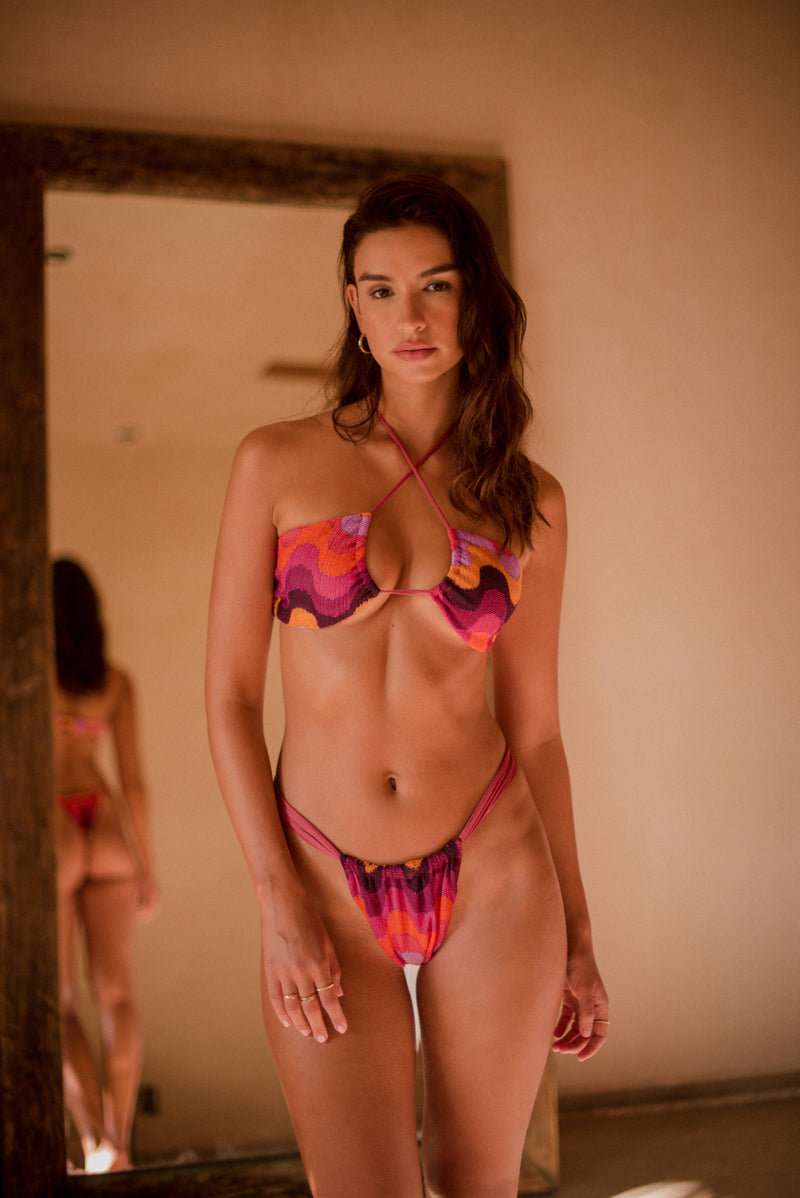
What do you envision next for the future of fashion? What does a more inclusive industry look like in your eyes?
I see more and more upcoming Latin American designers trying to expand to the U.S. market. I hope that this generation of Latin Americans and Latinx in the U.S. will grow and continue to share their culture as the largest minority in the U.S.
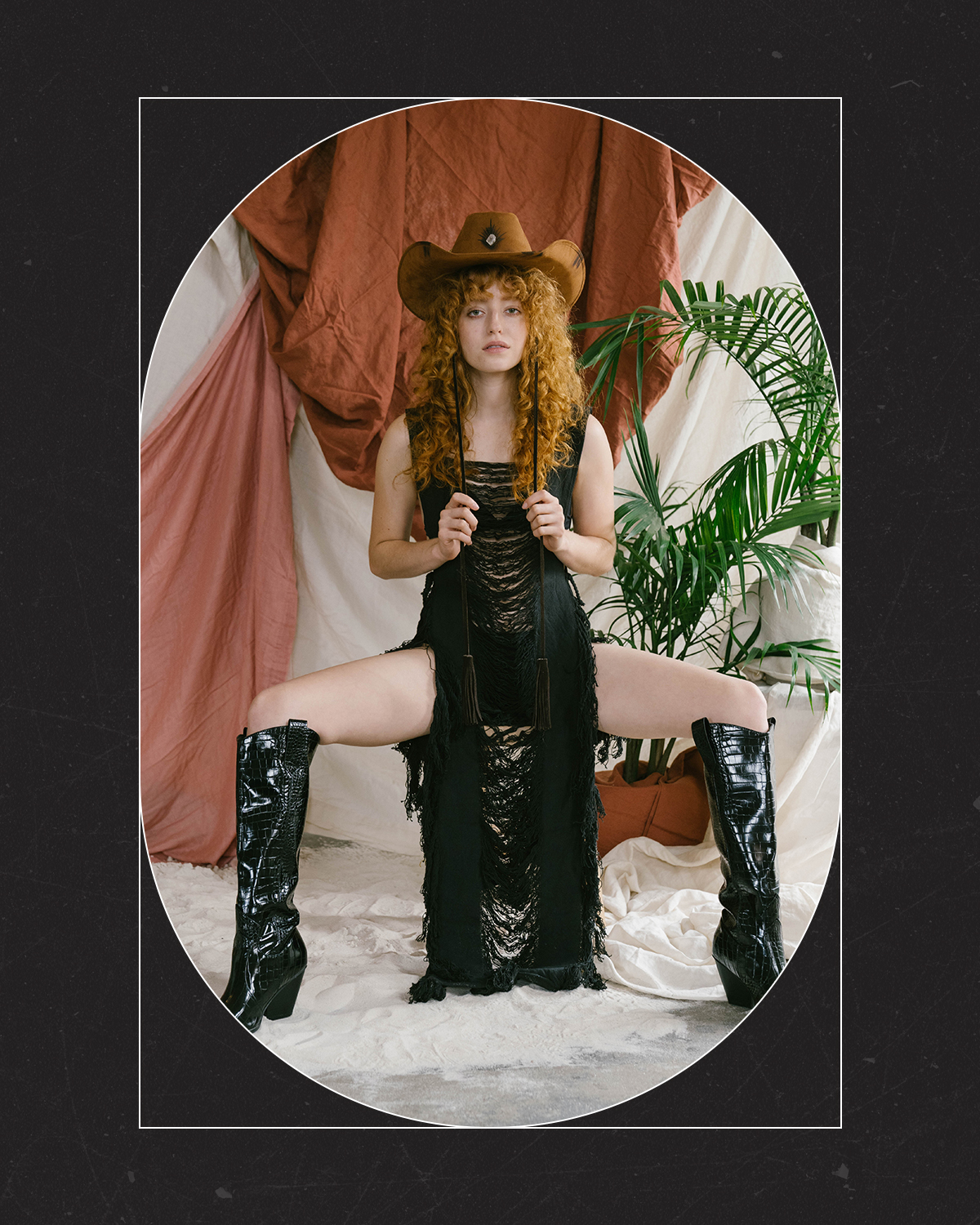
WHO: Gabriela Prendes, Founder of Thrifts + Threads
WHERE: Miami, Florida
How did you get into the fashion industry? And what led you to found your brand?
Thrifts+Threads was born during quarantine as a way to aid artisans that were struggling with COVID-19 market closures—that was the motor that set everything in motion. I had always considered myself a fashion-forward person with friends within the business, but building a successful brand and getting into the industry was only a farfetched dream of mine, as I was finishing law school at the time.

What makes your brand special? What can shoppers expect from your collections?
Our brand is unique for the message it conveys, our social purpose, and the quality and timeliness of our collections. Our pieces are designed to make an entrance. Every muse can expect an experience—from the moment they receive our beautifully packaged boxes and smell our soft handmade fabric to the moment they get stopped for a "where did you get that?" question. We are just not afraid to drop some jaws.
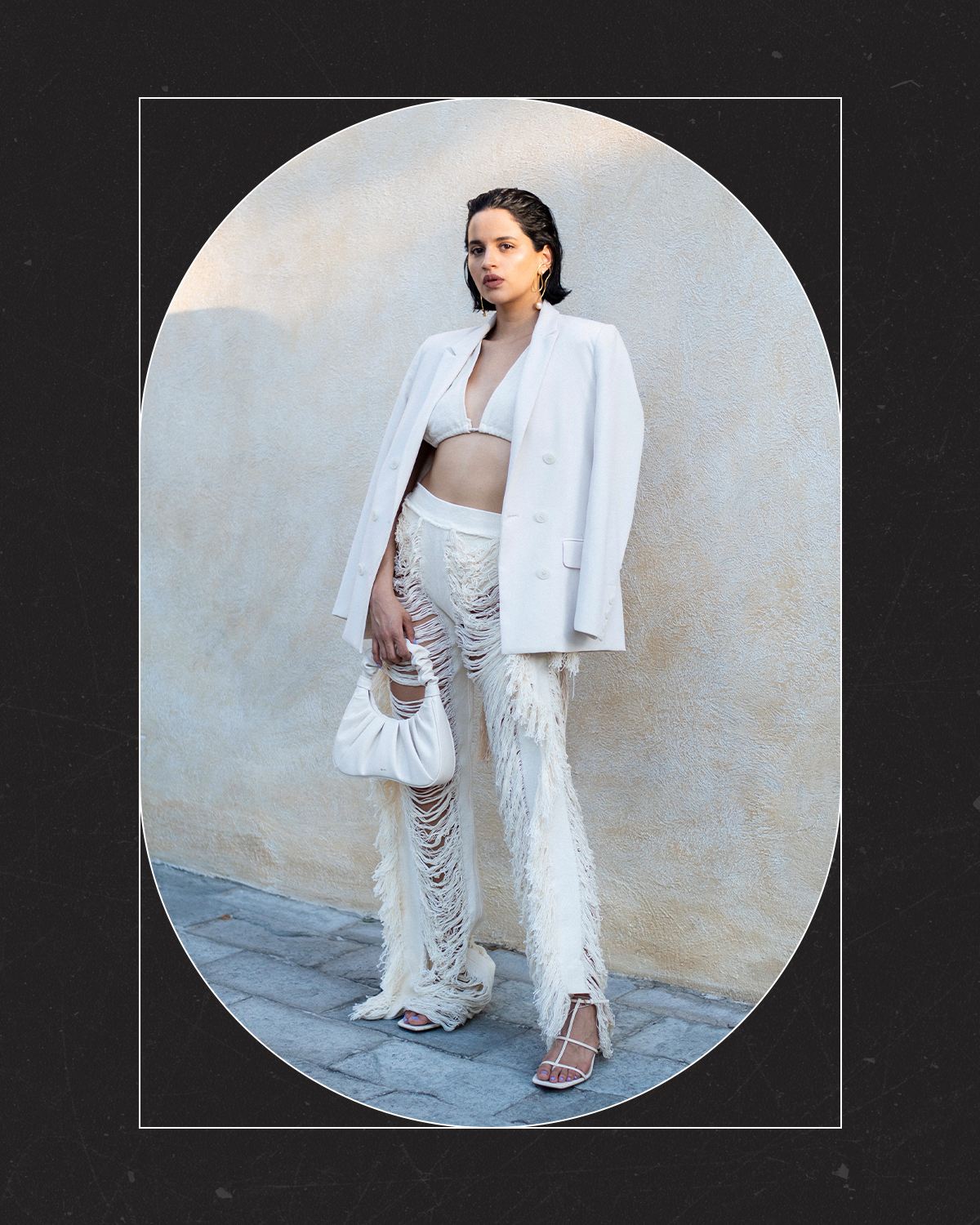
How has your identity informed your approach to style? And how does your heritage play a role in your creative process?
My roots are very much ingrained in every collection. Every campaign portrays the essence of my culture, which forms our brand identity, from the colors to the talents to the locations we select. I ensure both my Cuban and Mexican roots are showcased throughout.
When it comes to racial identifiers like "Hispanic” and "Latinx,” it's well known that these terms fail to represent the entire diaspora of nationalities, ethnicities, and languages within the umbrella terms. What do these words mean to you? Do you identify with either? What does your heritage mean to you?
Those are just like you said, "words.” Words I identify with but am not limited to. To me, being "Hispanic” or "Latinx” is an inalienable characteristic that's deeply rooted in the essence of who we are.
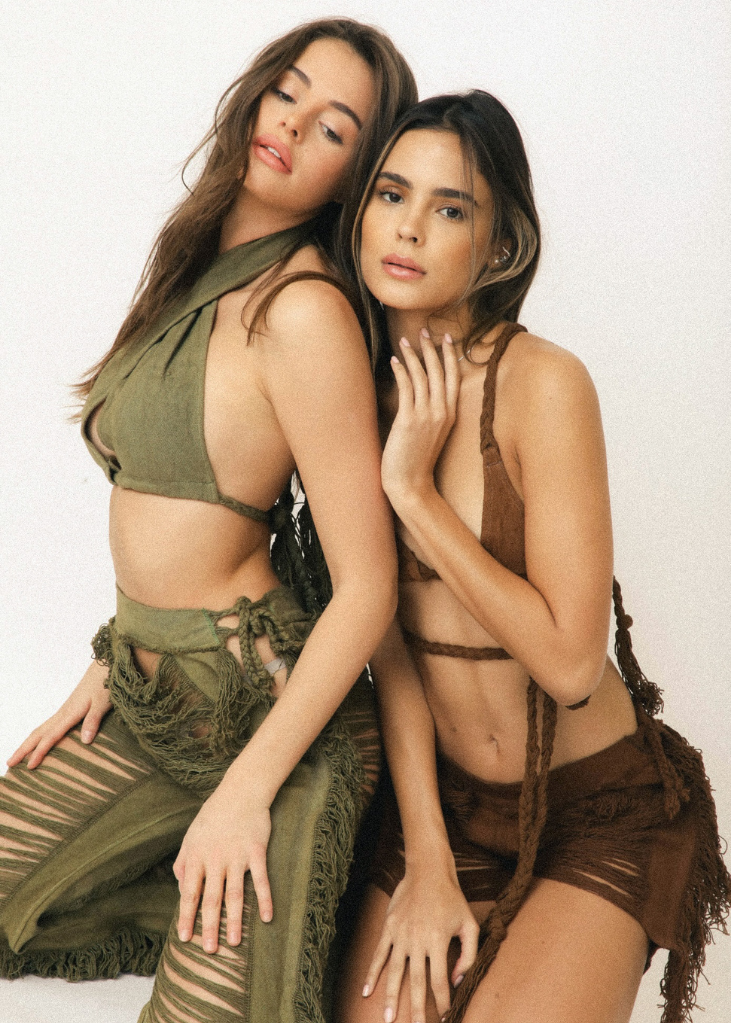
What do you envision next for the future of fashion? What does a more inclusive industry look like in your eyes?
A shift in the consumer, so a change in brands can follow accordingly. By shift, I mean sustainability, inclusivity, and everything that can further humanize the industry of fashion.
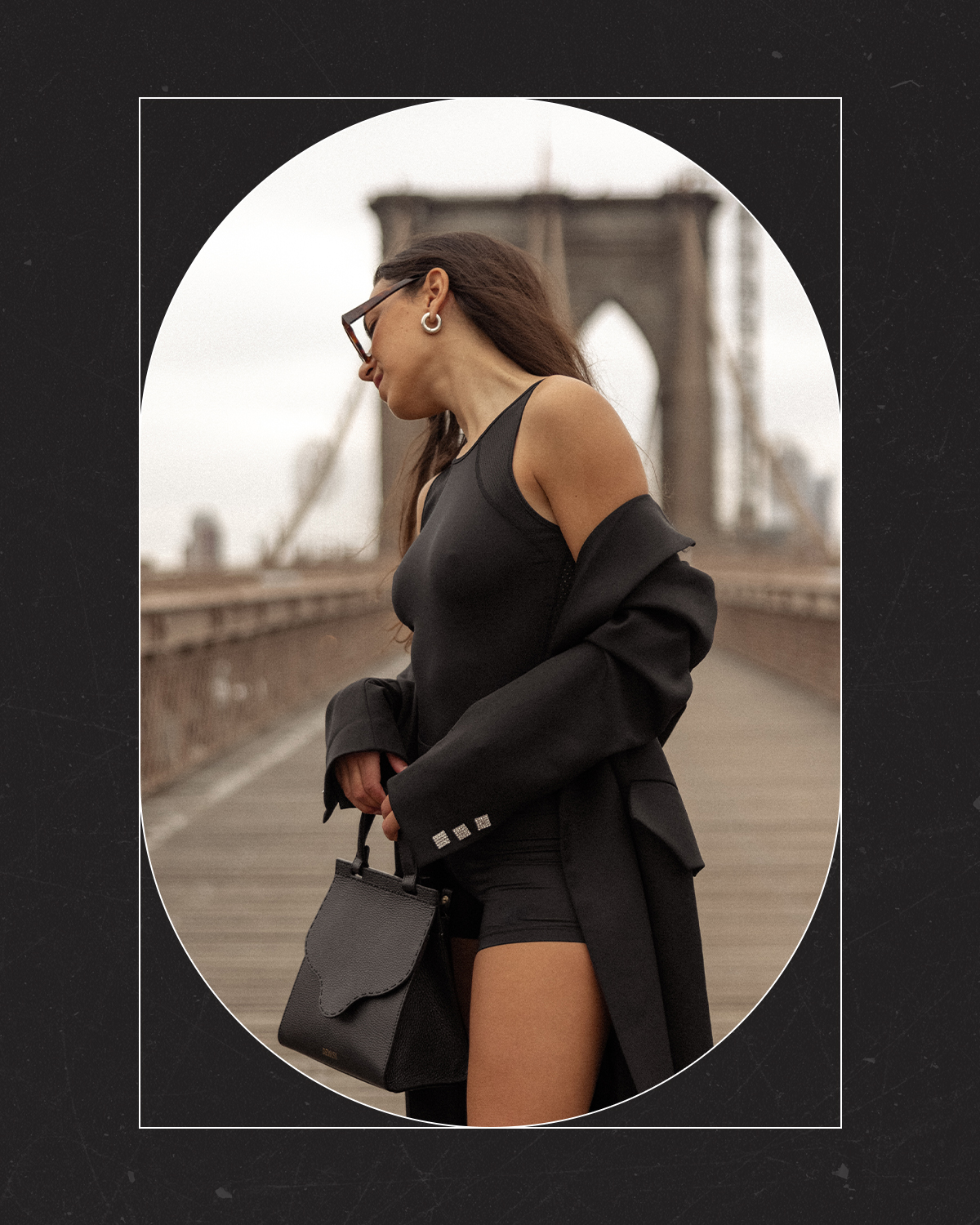
WHO: Daniela Velasco, Co-Founder/Creative Director of Demasa & Andrea Velasco, Co-Founder of Demasa
WHERE: San Jose del Cabo, Mexico and New York City, New York
How did you get into the fashion industry? And what led you to found your brand?
Daniela Velasco: I graduated from Parsons with a degree in strategic design and management, and several of my electives were in fashion. But it wasn’t until last year, when we started with the idea behind Demasa, that I became involved in the industry. My sister Andrea and I always wanted to create something together.
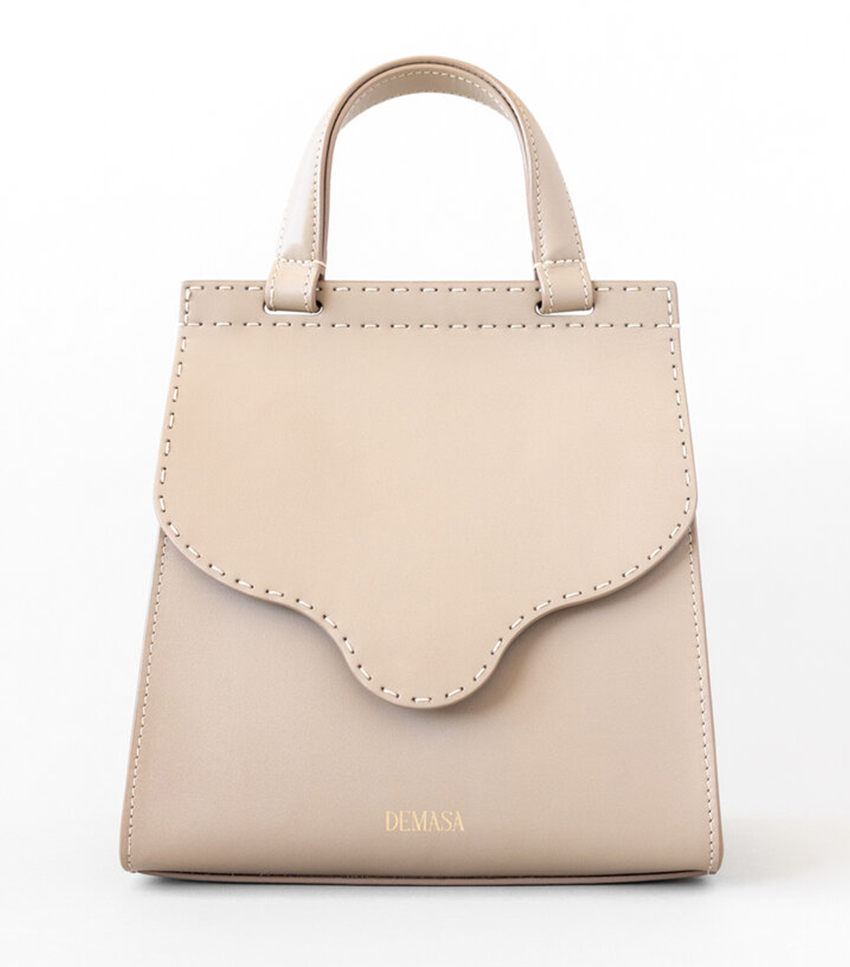
What makes your brand special? What can shoppers expect from your collections?
Our goal is to disincentivize the use of single-use plastic bottles and coffee cups. We create eco-conscious, convenient, and chic accessories for everyday use—easy to bring anywhere from the gym to dinner.
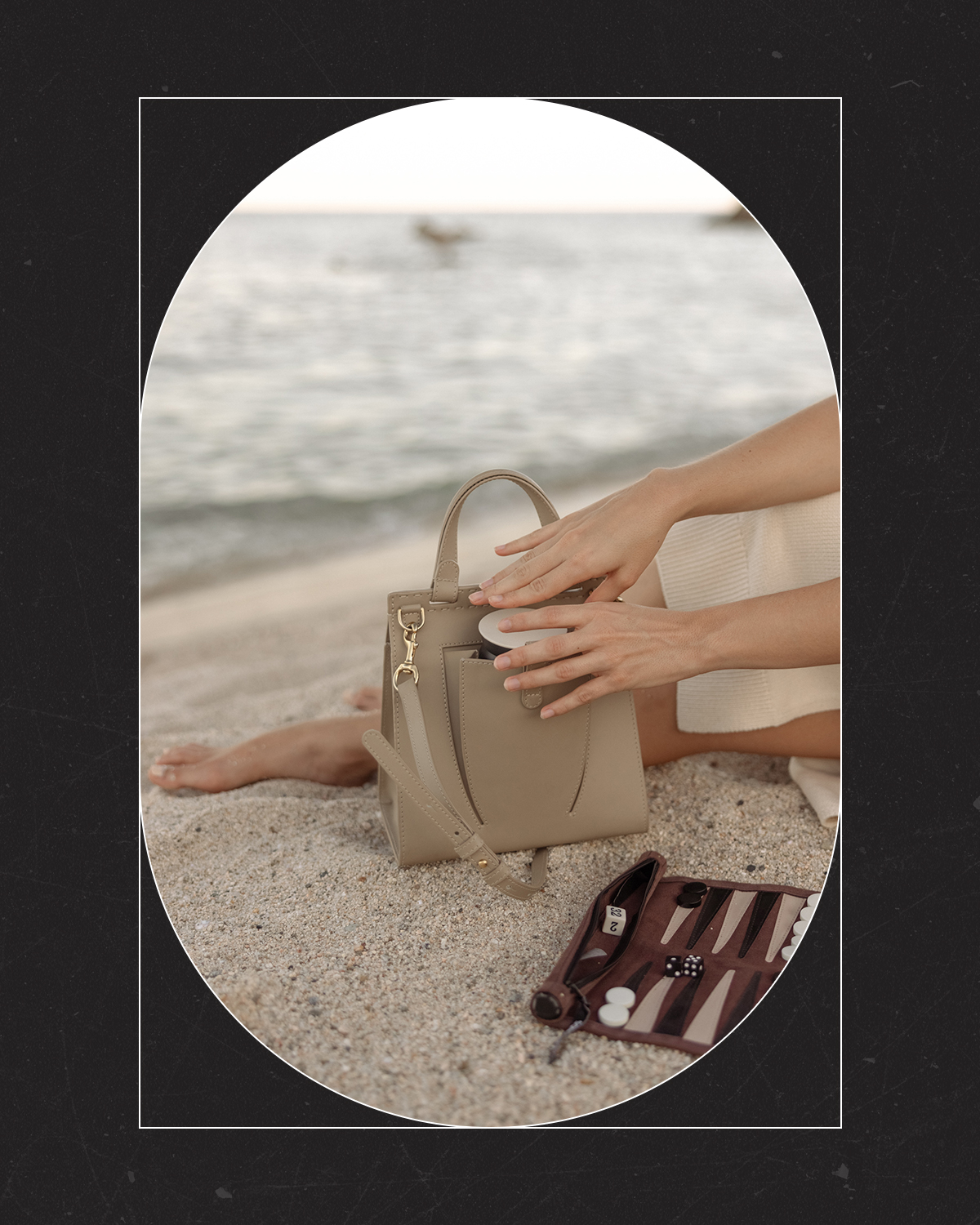
How has your identity informed your approach to style? And how does your heritage play a role in your creative process?
DV: I grew up in a household with an emphasis on minimizing waste; therefore, I like investing in pieces I know I will use for a long time. I tend to prefer neutral-colored pieces resembling the desert, the landscape I grew up in. The same applies to what we design for Demasa. We follow responsible practices and create products with longevity in mind.
When it comes to racial identifiers like "Hispanic” and "Latinx,” it's well known that these terms fail to represent the entire diaspora of nationalities, ethnicities, and languages within the umbrella terms. What do these words mean to you? Do you identify with either? What does your heritage mean to you?
DV: I am very proud of my roots. Even though some of these terms fail to include everyone, I’ve noticed an effort in recent years to bring awareness to Hispanic and Latinx creatives, business owners, and other individuals; I’m hoping this continues. I get very excited when a new brand from Mexico or Latin America receives the attention it deserves. I wish I'm always able to display how proud I am of my heritage.
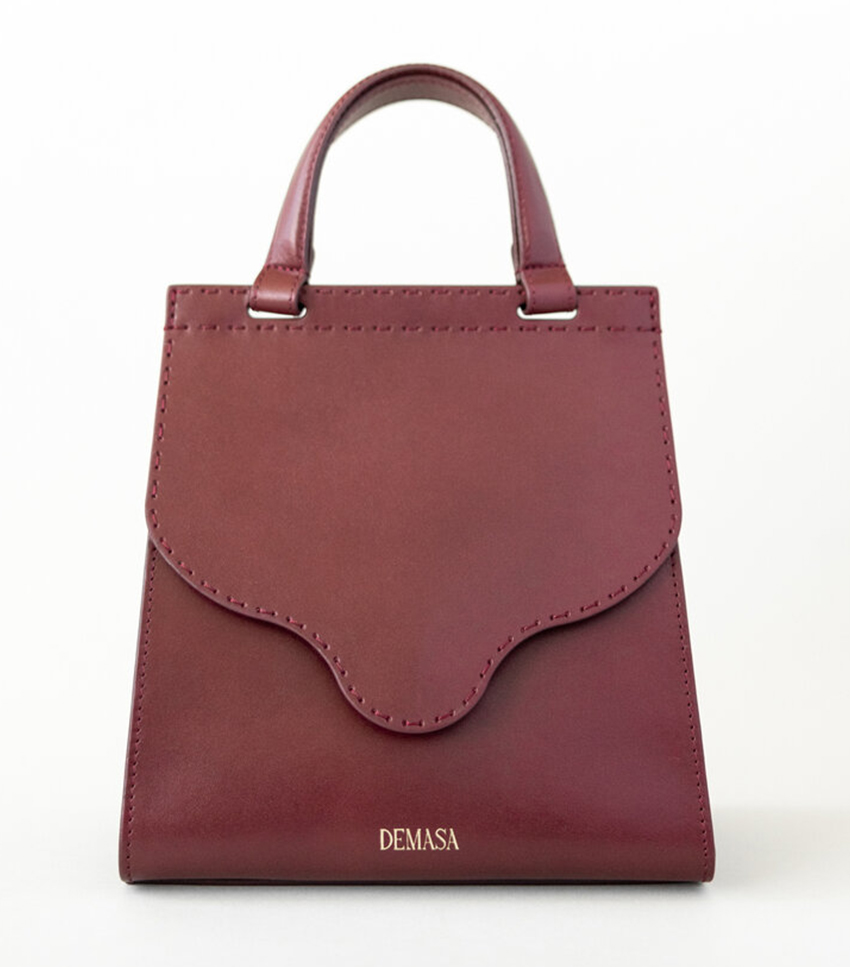
What do you envision next for the future of fashion? What does a more inclusive industry look like in your eyes?
DV: I think focusing on sustainability and steering away from fast fashion should continue to be one of the most critical topics in the industry. I would also hope to see more support for smaller, local businesses.

WHO: Carolina Ordoñez, Founder of Palo Rosa Beachwear
WHERE: Bogotá, Colombia
How did you get into the fashion industry? And what led you to found your brand?
Eight years ago, after seeing so many similar swimwear brands in the fashion industry, we decided to create a unique and colorful brand that would represent Colombian fashion differently in the world.
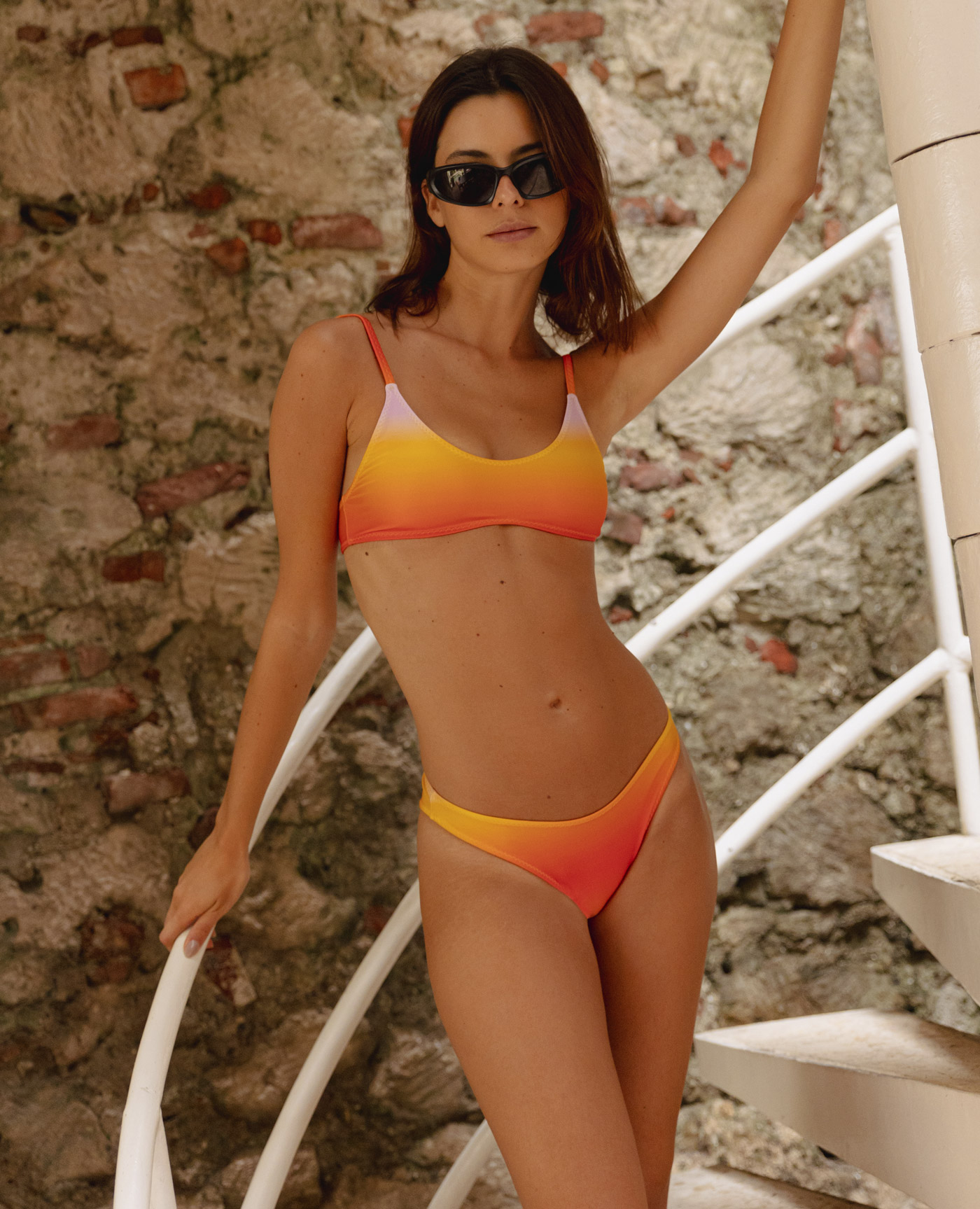
What makes your brand special? What can shoppers expect from your collections?
We transmit a cohesive message of social responsibility through environmentally conscious production at every level. All of our creations are handmade and channel the innate spirit of adaptability, transgression, and elegance.
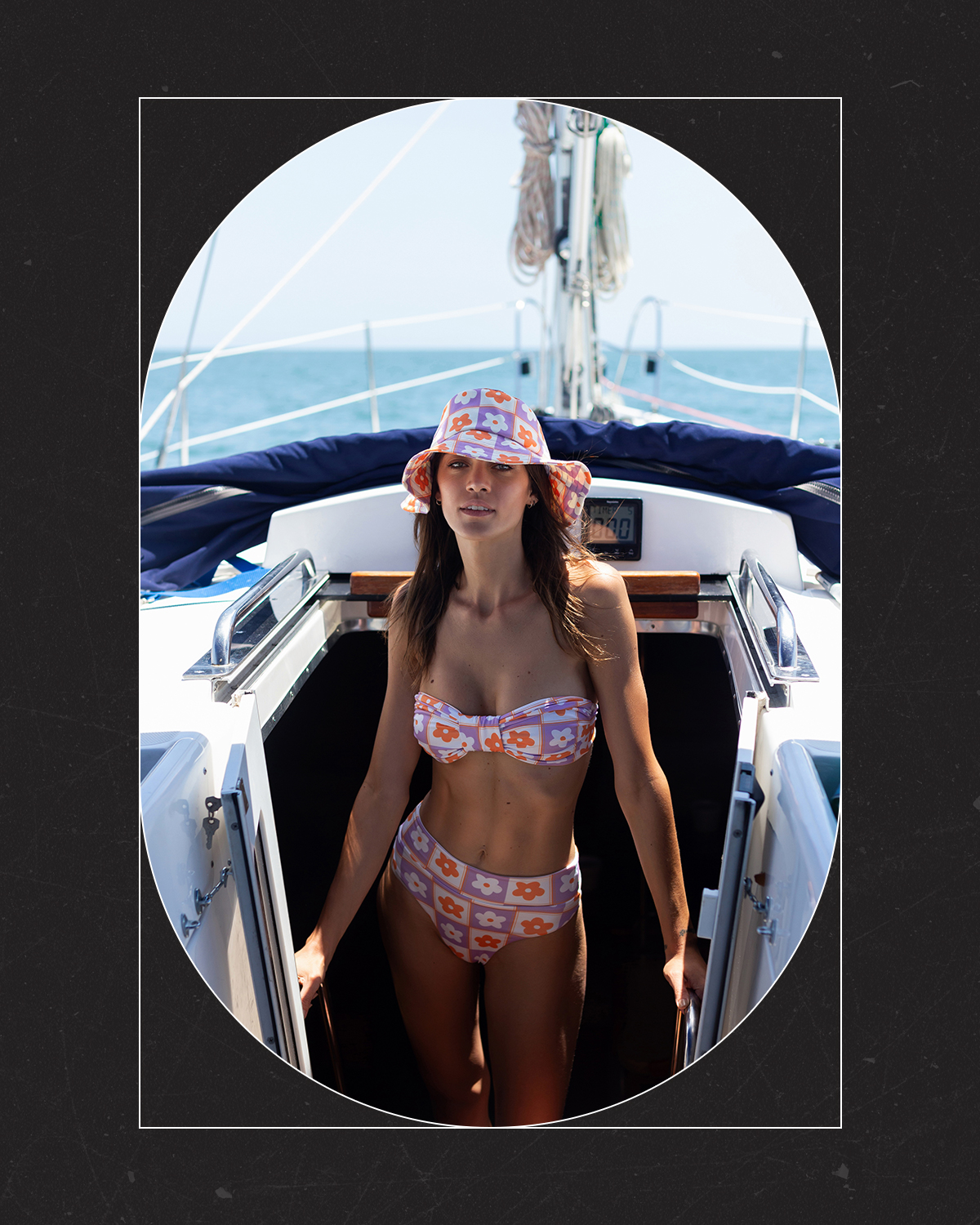
How has your identity informed your approach to style? And how does your heritage play a role in your creative process?
I love Latin American fashion because it reflects who we are, but many designers represent our roots very well. I have tried to get out of this "traditional” trend; I like to do different, youthful, and less obvious things. I love surprising our clients with unique designs in each collection and taking the brand to places no one would imagine. Constantly reinventing ourselves is part of our essence.
When it comes to racial identifiers like "Hispanic” and "Latinx,” it's well known that these terms fail to represent the entire diaspora of nationalities, ethnicities, and languages within the umbrella terms. What do these words mean to you? Do you identify with either? What does your heritage mean to you?
For me, being a Latin American is not just about speaking Spanish. To be Latin American is to feel and love our roots and our traditions. Being Latina makes me feel unique and special. Our tropical climate and our geographical location mean that we have beautiful landscapes and a lot of natural beauty. We are cheerful, open, and fun, and I love that.

What do you envision next for the future of fashion? What does a more inclusive industry look like in your eyes?
I feel a more inclusive generation is coming, an age looking to break with the stereotypes that the world has imposed on us for years, an industry less exclusive and interested in hearing the needs of minorities trying to be heard for years. I imagine an equal world where we can all live, dress freely, and be happy regardless of religion, gender, color, etc.
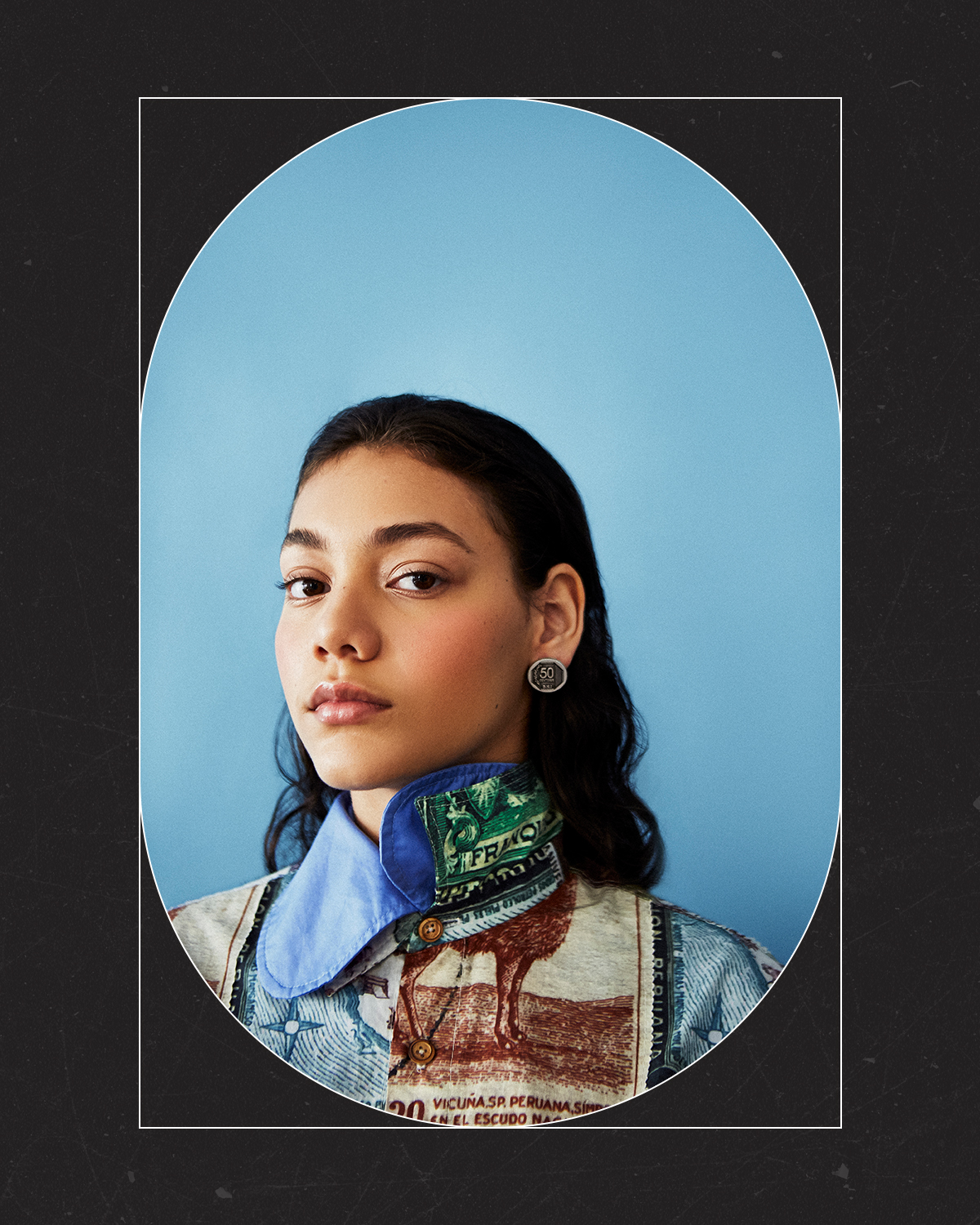
WHO: Paulo and Roberto Ruiz Muñoz, Co-Founders of D.N.I
WHERE: Paris, France and Casa Grande, Peru
How did you get into the fashion industry? And what led you to found your brand?
We come from a small district called Casa Grande, not far from the city of Trujillo, Peru, where art, museums, and any artistic career were not within our reach so, therefore, difficult to conceive working in the fashion industry. But once we moved to Paris, we had to choose a career, and it was apparent that our passion has always been to create things together. So fashion design was the field that concentrated many of our passions: art, design, architecture, fabrics, and crafts. As Peruvians, it was essential to return to our roots, and this is how D.N.I was born.
How has your identity informed your approach to style? And how does your heritage play a role in your creative process?
We consider our Peruvian identity as a great force since it historically carries a very rich artisan legacy. Our cultural heritage is the most important source of inspiration for our creations; we want to tell a story with real and tangible roots and show that contemporary fashion can also exist in Peru. That is very important when we create that inheritance represents a particular force that has taught us to have the strength to believe and fight for our ideas, show who we are, and always have faith and faith in what we are. If you don’t know or forget where you come from, how can you create your future?
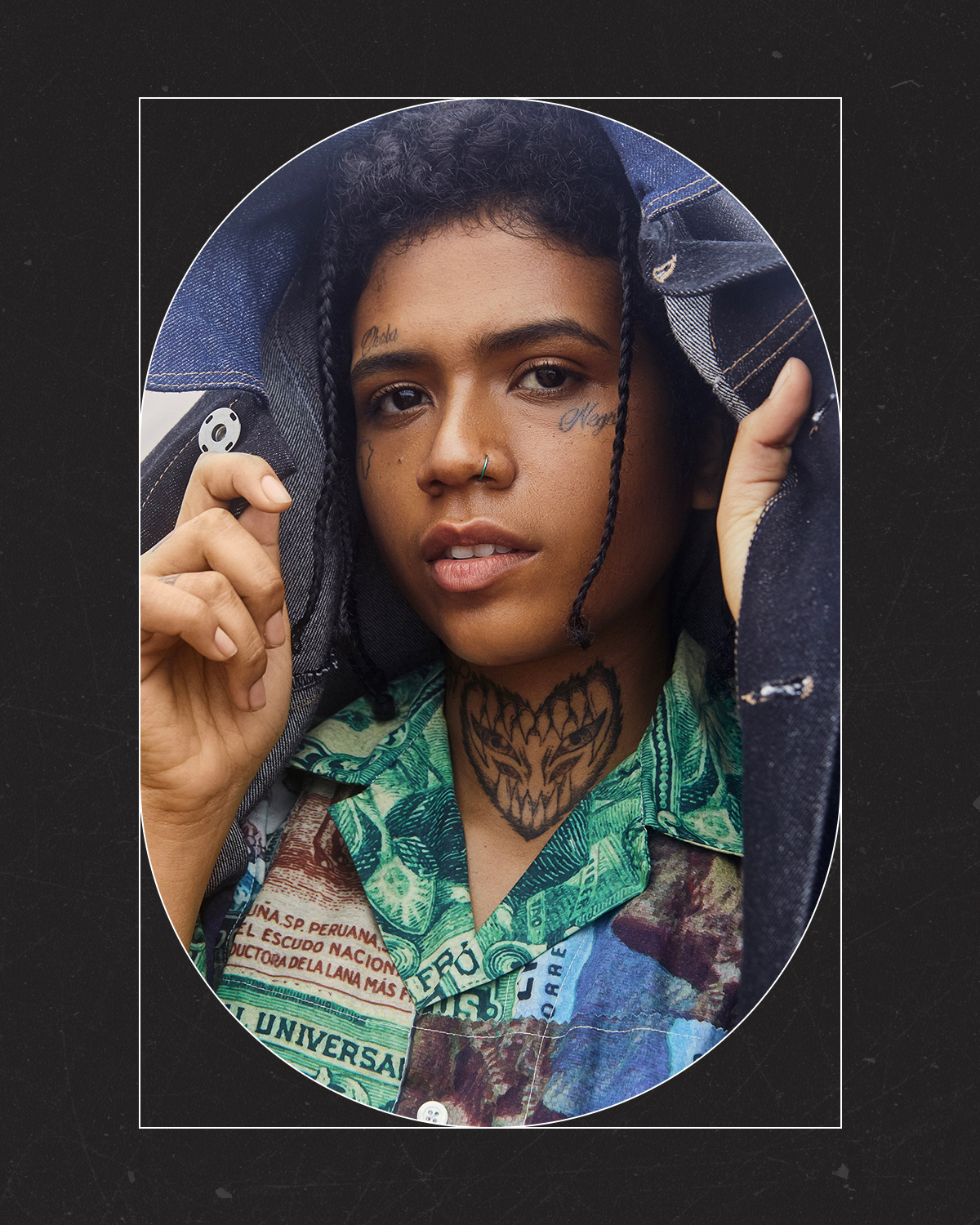
When it comes to racial identifiers like "Hispanic” and "Latinx,” it’s well known that these terms fail to represent the entire diaspora of nationalities, ethnicities, and languages within the umbrella terms. What do these words mean to you? Do you identify with either? What does your heritage mean to you?
We consider ourselves, above all, Peruvians, and as Peruvians, we are part of the Latin world. Of course, these terms do not refer to all the multitude and wealth that Latin America shares—its multiple cultures, languages, ethnic groups, etc. But it allows us to identify ourselves in a certain geographical area. It allows us to name a difference that creates strength. Every Latin American we come across carries so much positivism that we believe characterizes us the most.
What do you envision next for the future of fashion? What does a more inclusive industry look like in your eyes?
We believe that the new generation of creators is currently addressing the most critical causes in fashion: inclusion and ecological awareness.
What do you hope to achieve with your work? What do you hope it says to the world?
Our dream is precisely that D.N.I is not only a fashion brand but a real vision of our memories, which are an ode to the popular culture of Peru. Each collection is a story that tells a part of our life; it is about transmission, cultural heritage, and ancestors.

Jasmine Fox-Suliaman is a freelance writer and editor living in New York City. What began as a pastime (blogging on Tumblr) transformed into a lifelong passion for unveiling the connection between fashion and culture on the internet and in real life. Over the last decade, she's melded her extensive edit and social background to various on-staff positions at Who What Wear, MyDomaine, and Byrdie. More recently, she’s become a freelance contributor to other publications including Vogue, Editorialist, and The Cut. Off the clock, you can find her clutching her cell phone as she's constantly scrolling through TikTok and The RealReal, in search of the next cool thing.
-
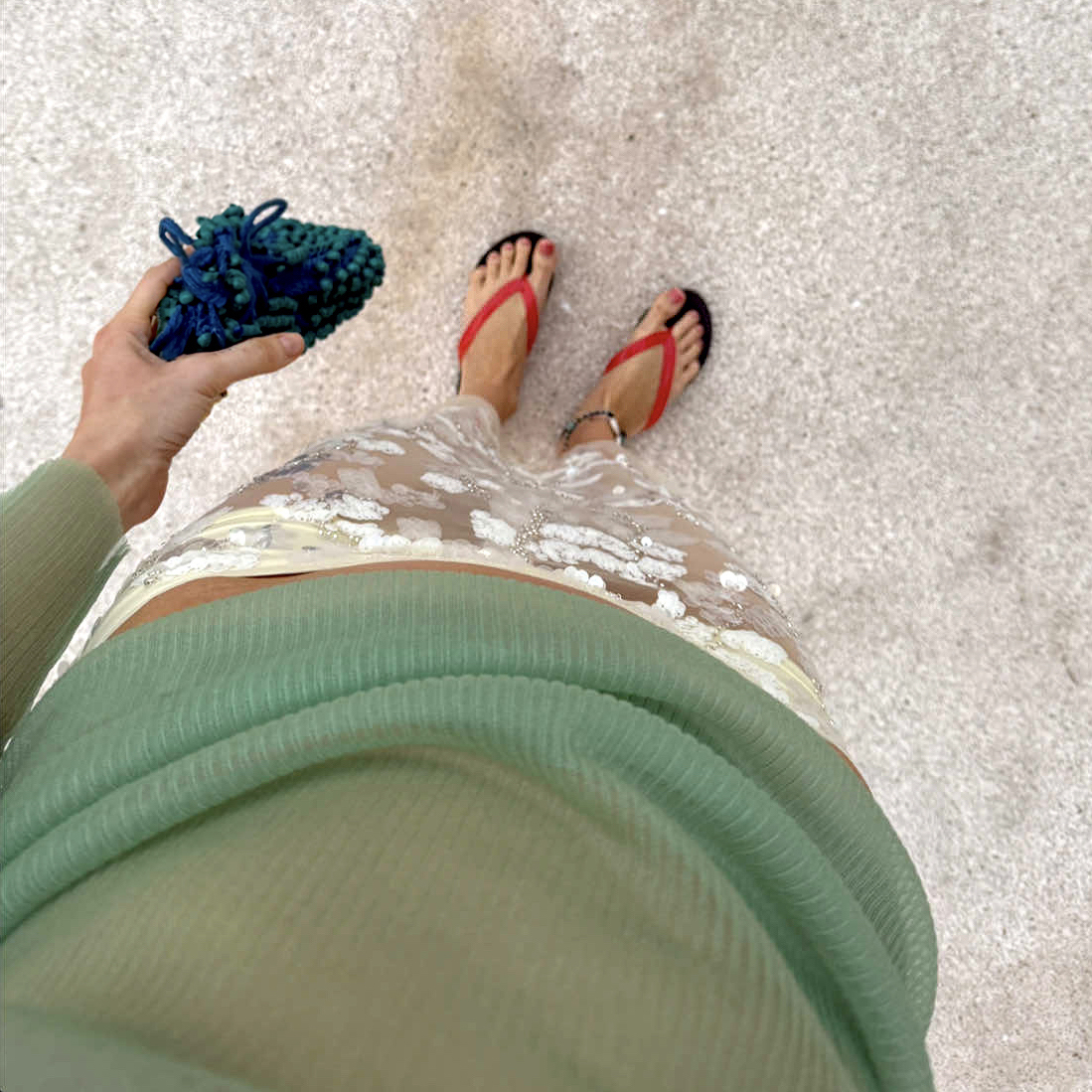 These $30 Gap Sandals Are Just as Cool as the $650 Pair That's Been On My Mind Since Last Spring
These $30 Gap Sandals Are Just as Cool as the $650 Pair That's Been On My Mind Since Last SpringThey are currently on sale for just $23.
By Jennifer Camp Forbes
-
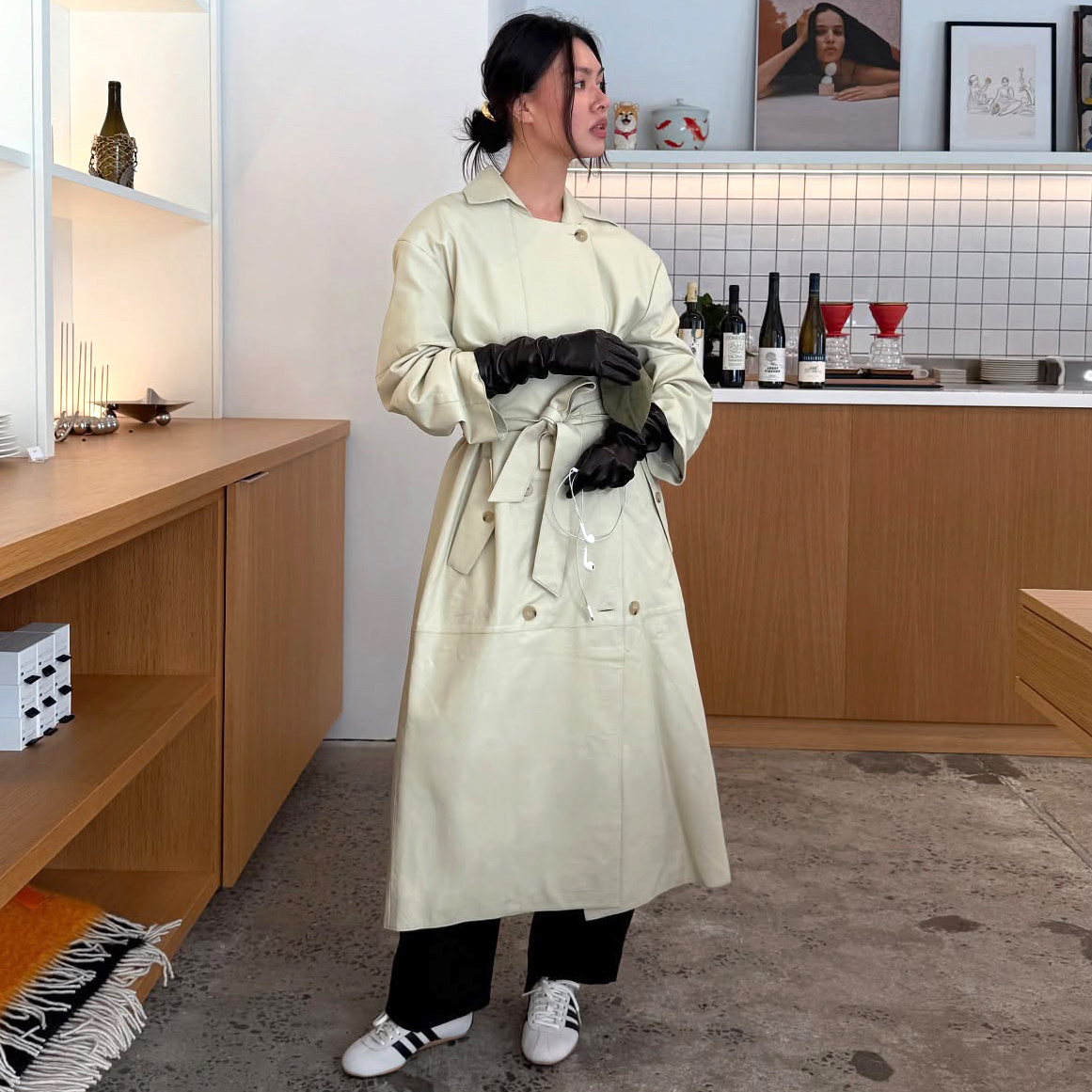 My Friend Gave Me a $550 Budget to Update Her Spring Wardrobe—Here's What I Ordered
My Friend Gave Me a $550 Budget to Update Her Spring Wardrobe—Here's What I OrderedI narrowed it down to eight key pieces.
By Jennifer Camp Forbes
-
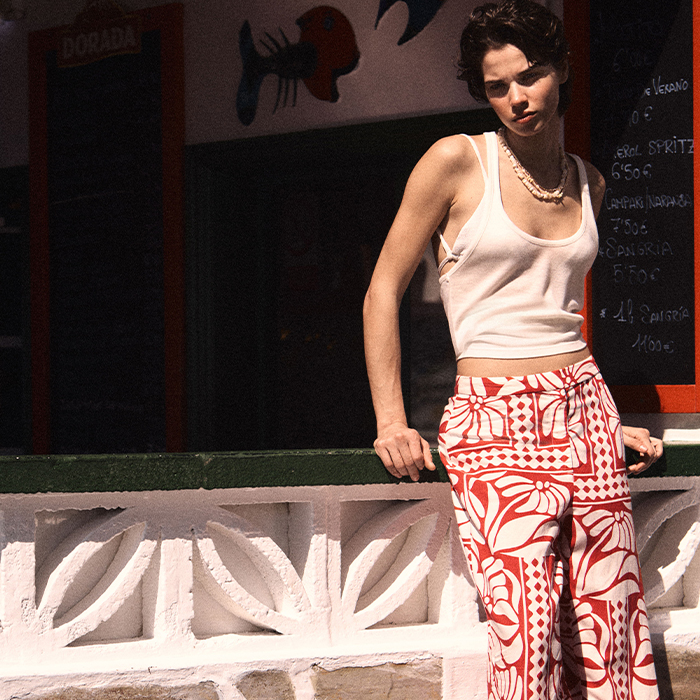 I’ll Clue You In—Fashion People Are All Freaking Out Over These 33 Spring H&M New Arrivals
I’ll Clue You In—Fashion People Are All Freaking Out Over These 33 Spring H&M New ArrivalsGorgeous warm-weather styles ahead.
By Chichi Offor
-
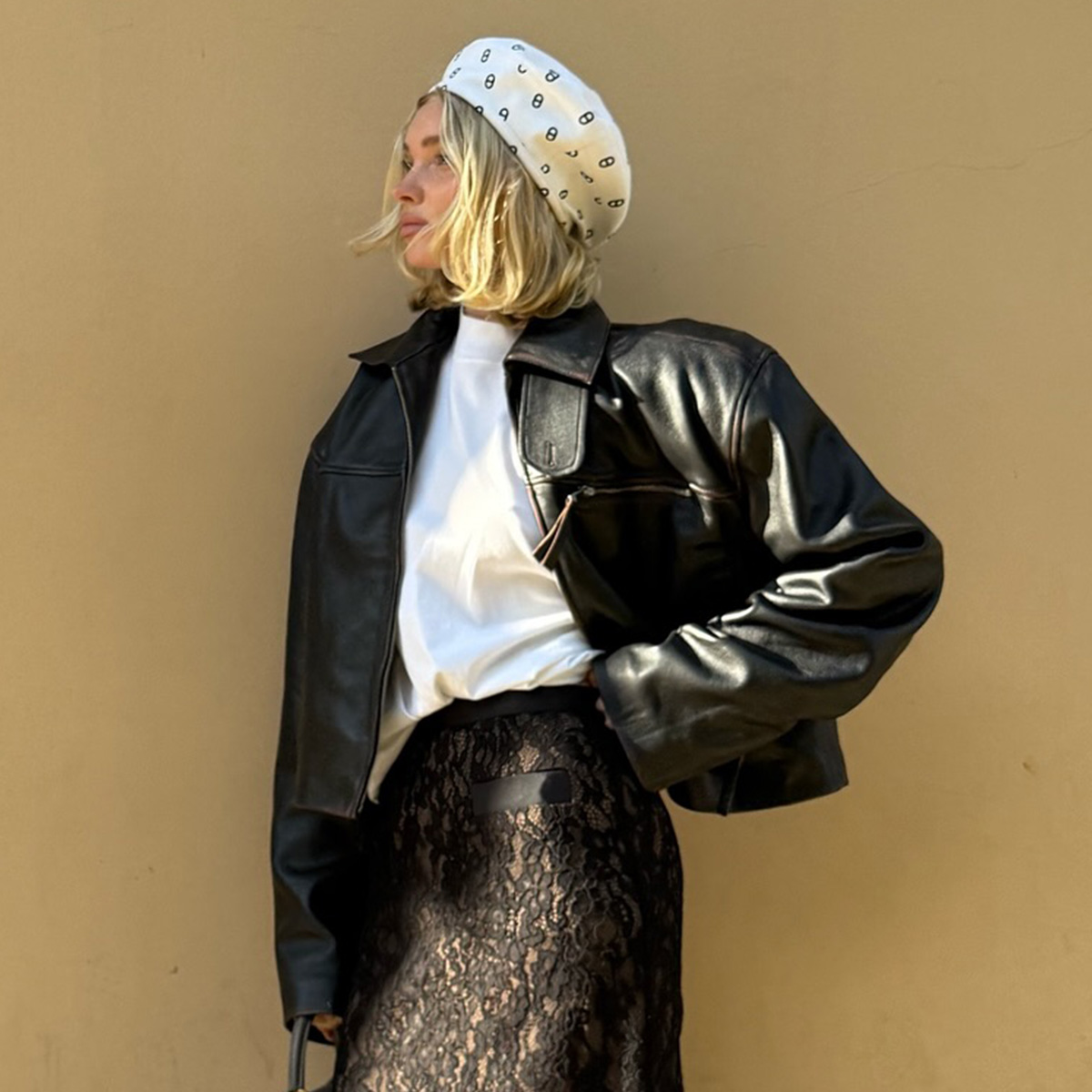 Got Taste? I Picked 37 Revolve Items Just for You
Got Taste? I Picked 37 Revolve Items Just for YouEnjoy.
By Eliza Huber
-
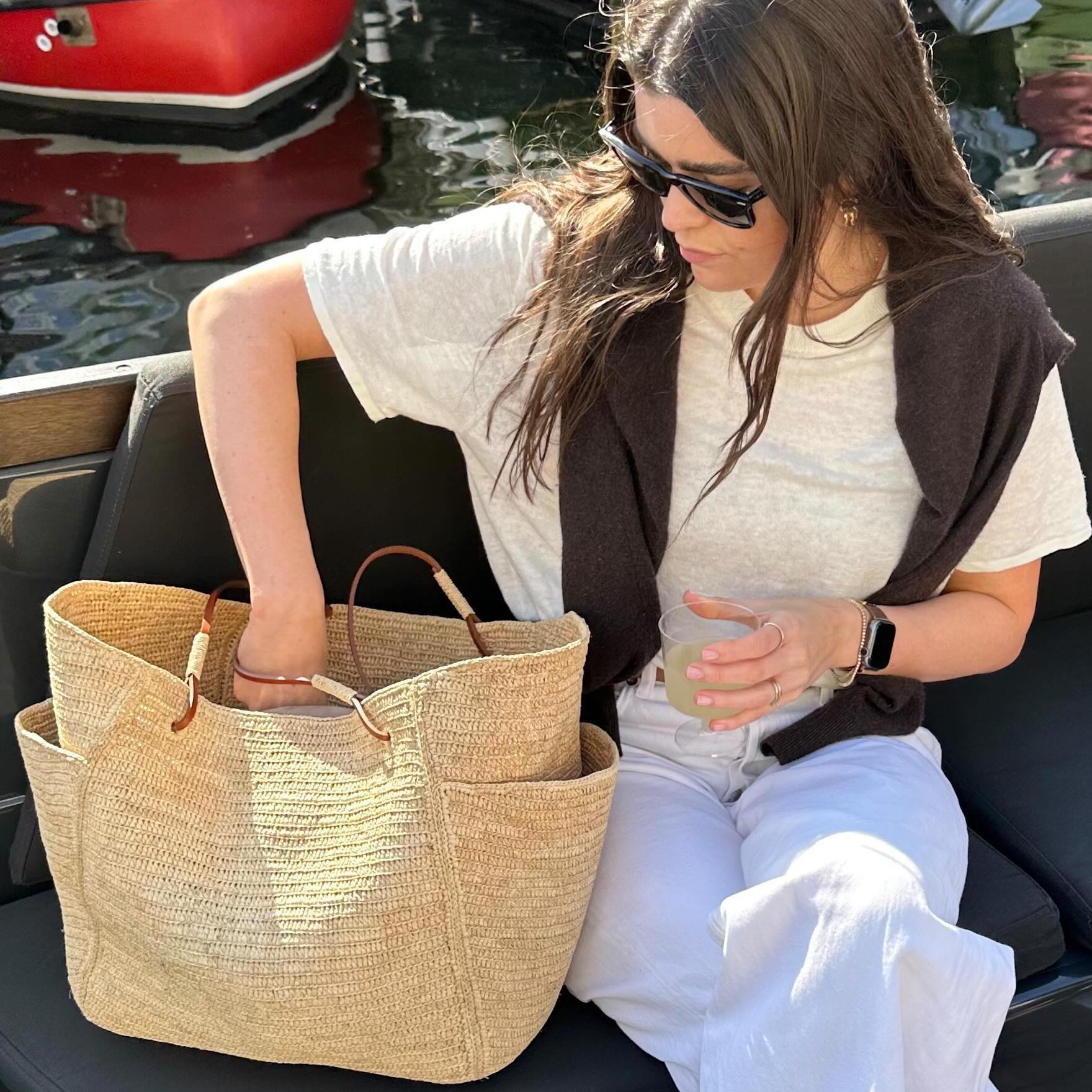 Effortless Cool-Girl Vibes Are the Goal—26 Sale Picks From J.Crew and Gap That Fit the Bill
Effortless Cool-Girl Vibes Are the Goal—26 Sale Picks From J.Crew and Gap That Fit the BillHello, spring.
By Jennifer Camp Forbes
-
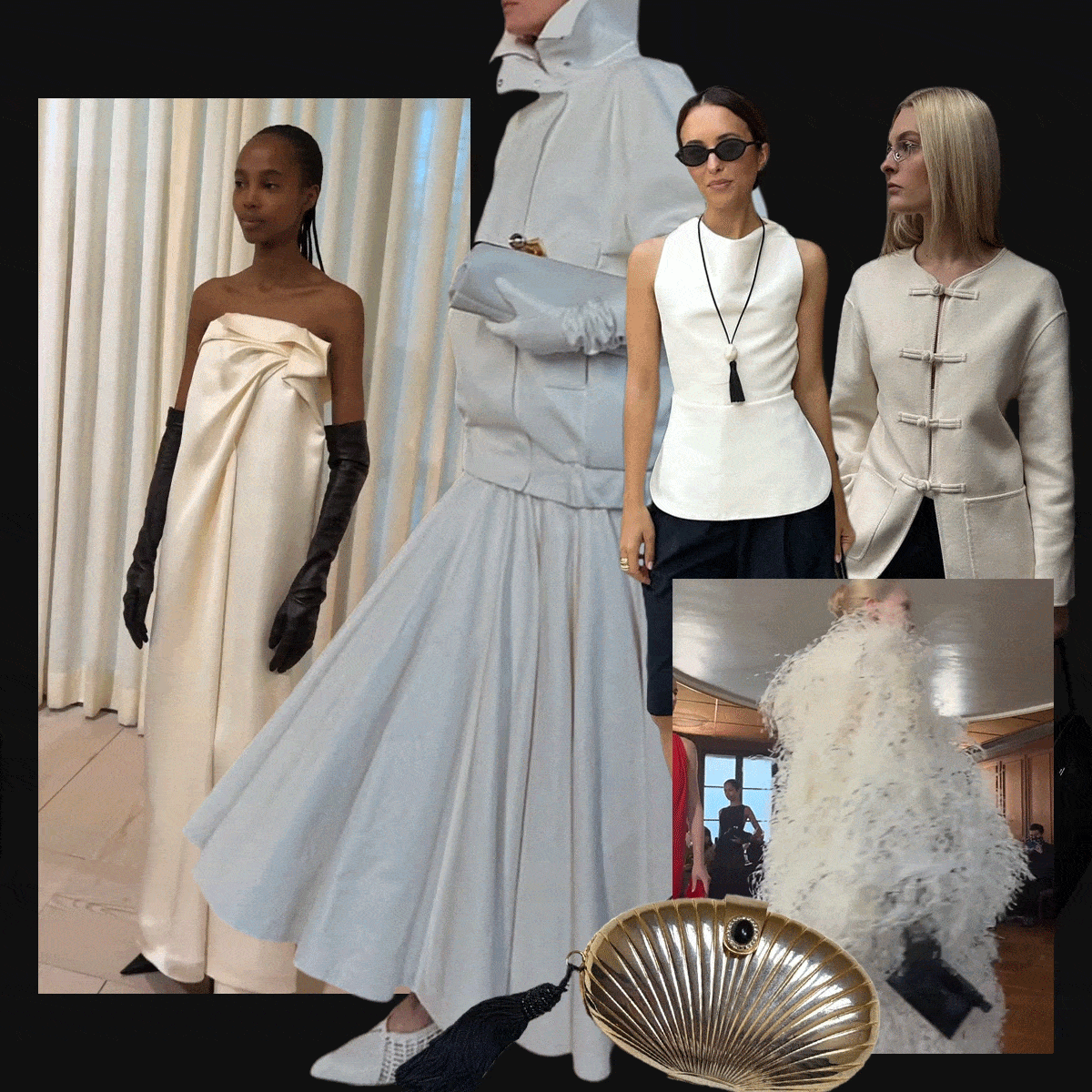 Opulent Minimalism Is My Entire Spring Mood—I'll Explain With These 31 Finds
Opulent Minimalism Is My Entire Spring Mood—I'll Explain With These 31 FindsSatin! Fringe! Tweed!
By Anna LaPlaca
-
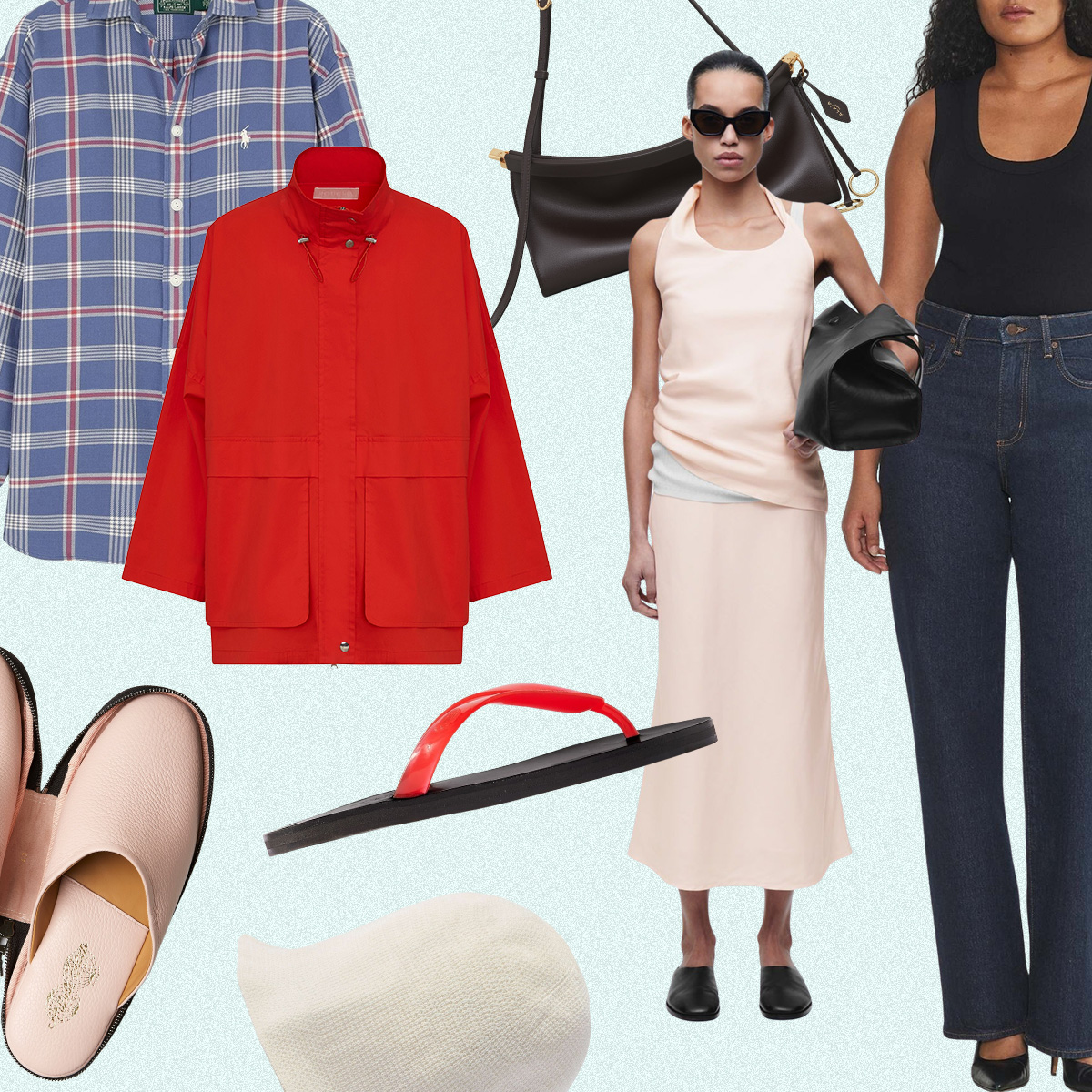 Just Some Really Good Buys for Spring—That's All
Just Some Really Good Buys for Spring—That's AllThank me later.
By Eliza Huber
-
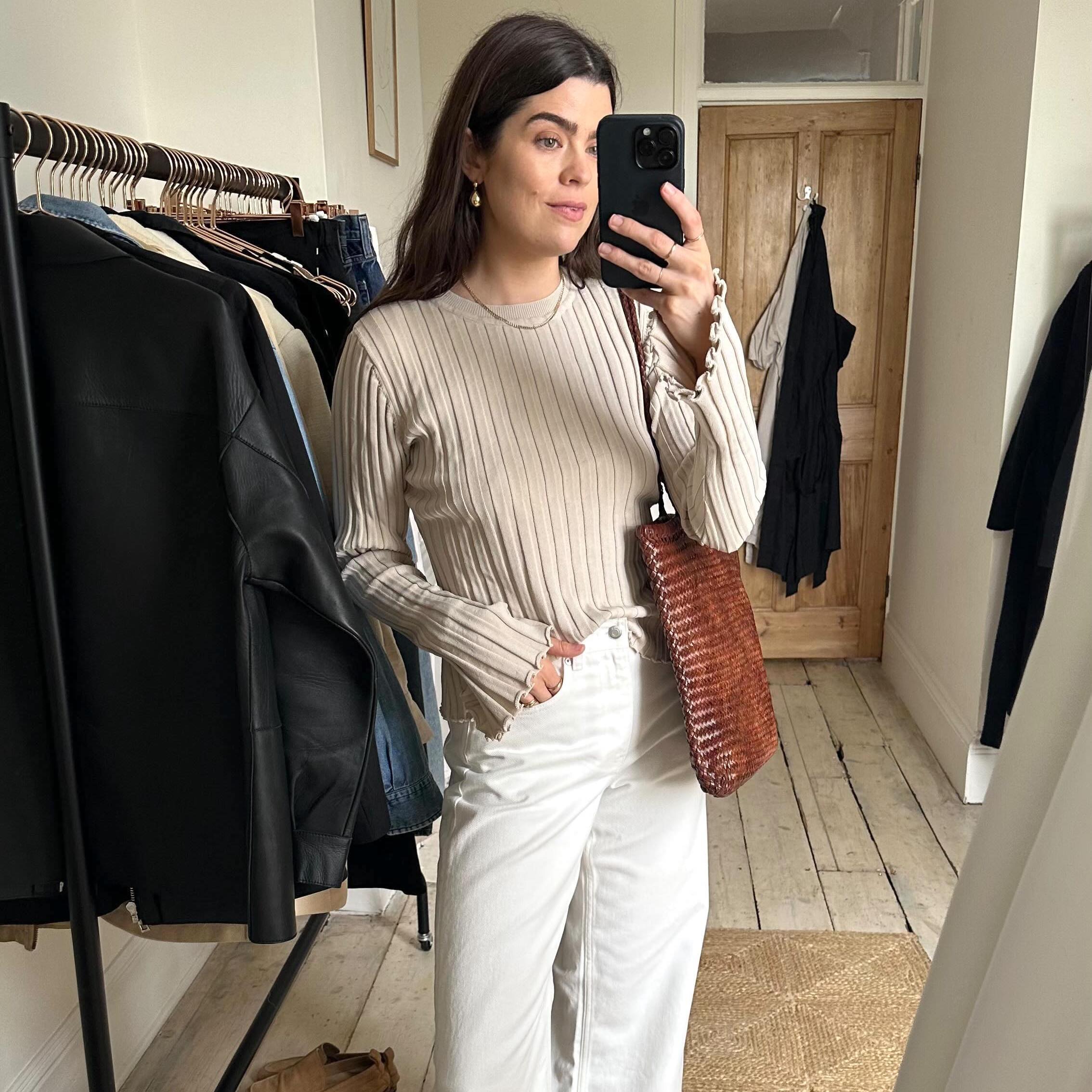 Style Rut? I Have Something for That—33 Stellar Spring Picks From Nordstrom, Zara, and Madewell
Style Rut? I Have Something for That—33 Stellar Spring Picks From Nordstrom, Zara, and MadewellI see chic outfits in your future.
By Jennifer Camp Forbes
